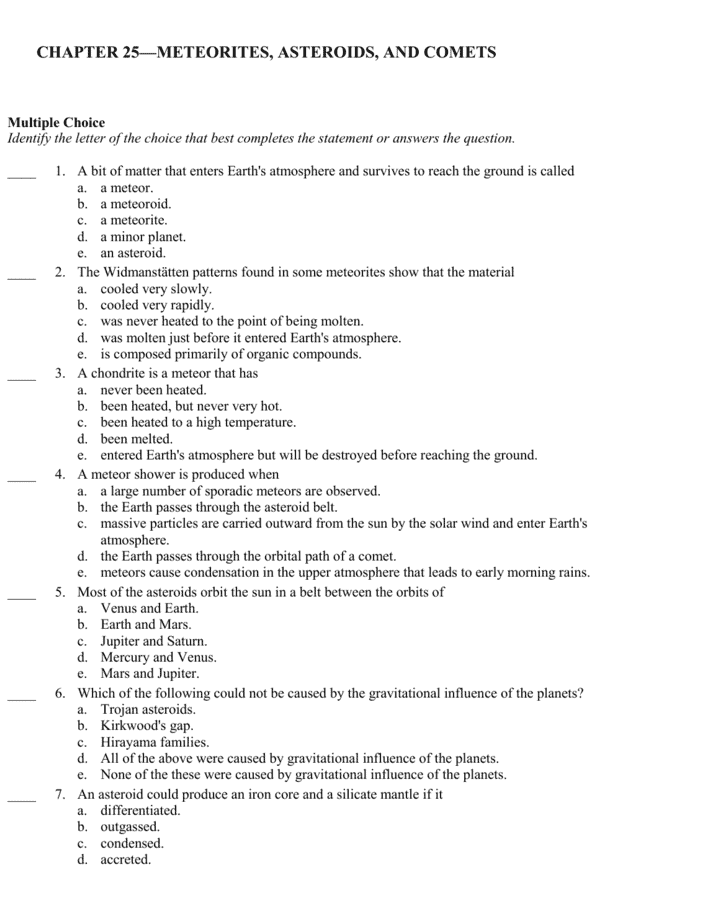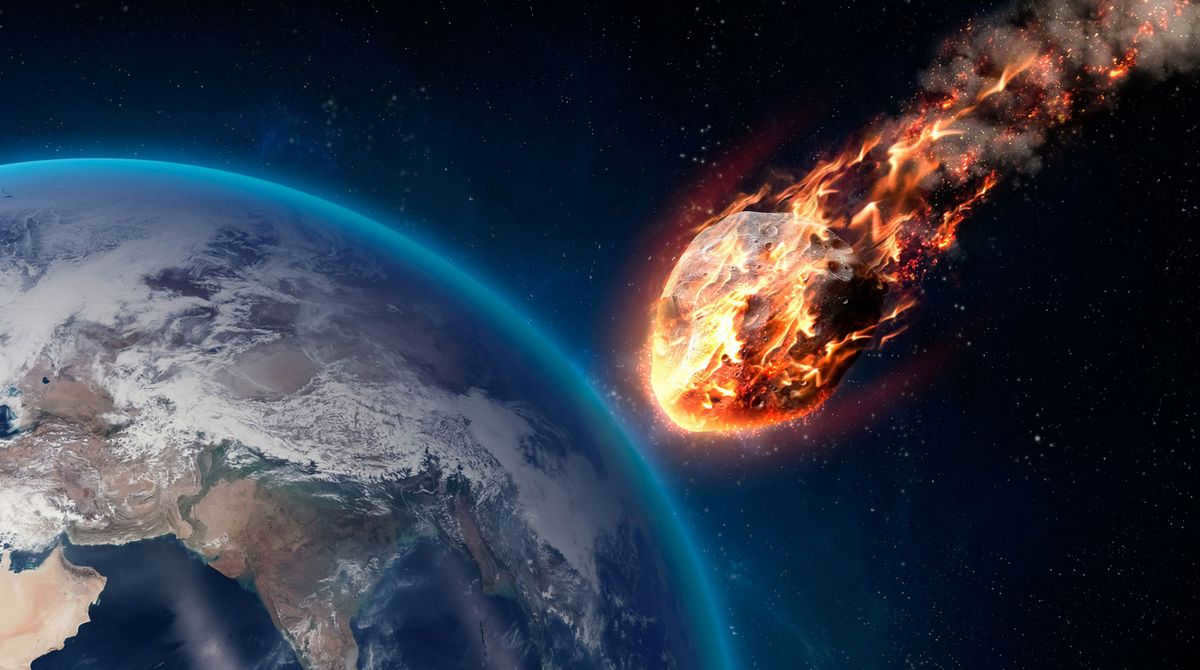
When gazing at the dark expanse of the night sky, numerous individuals have witnessed the descent of celestial bodies resembling stars. However, the distinguishable trail left behind is not a result of these “falling stars,” but rather from a different type of extraterrestrial object known as meteorites. On a daily basis, a substantial quantity of meteorites plummet towards the Earth, yet they disintegrate upon contact with our planet’s atmosphere, leaving behind no tangible evidence.
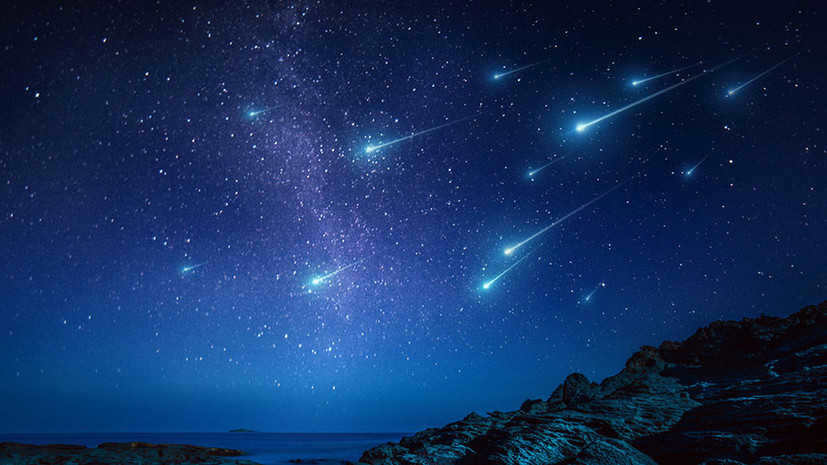
However, there have also been instances when meteorites have successfully made it through Earth’s atmosphere and landed on its surface. For quite some time now, astronomers have been conducting research to determine the origin and composition of these meteorites.
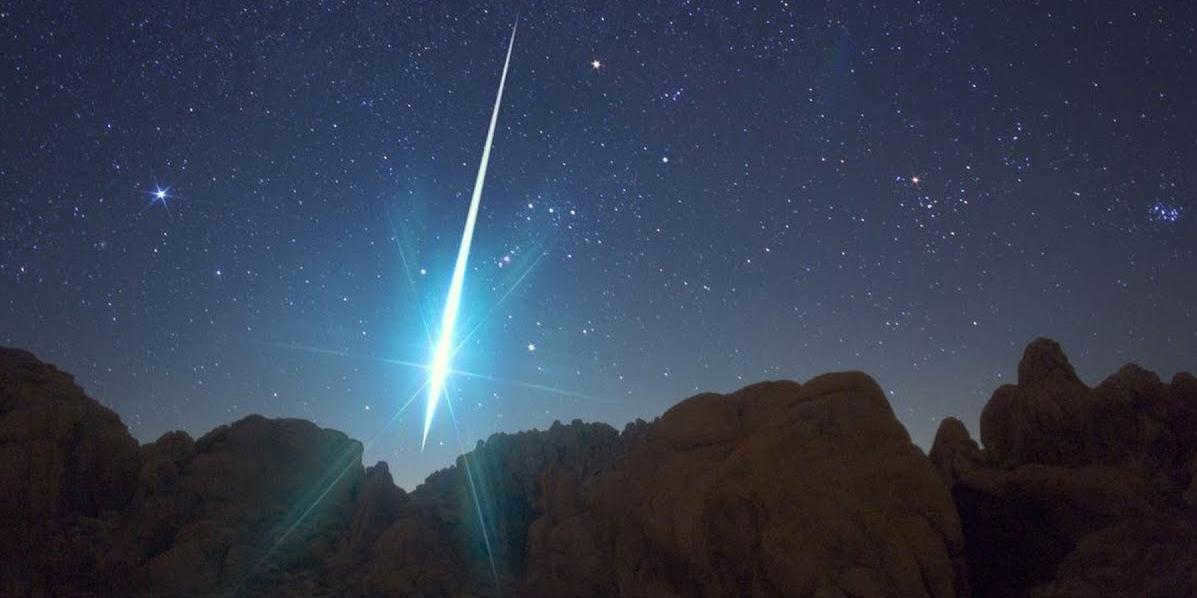
Understanding the Concept of a Meteorite
A meteorite is essentially a physical object originating from outer space that manages to successfully penetrate the Earth’s atmosphere without completely burning up, eventually making a landing on the planet’s surface.
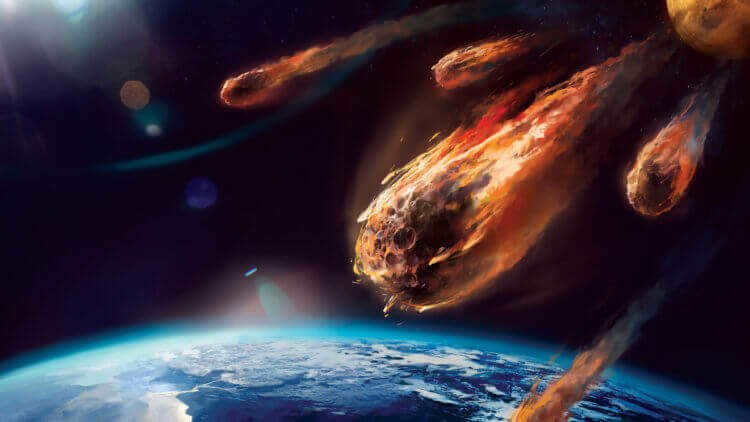
The Earth is constantly in motion, and along its path sometimes intersect the orbits of variously sized celestial bodies.
When these objects encounter each other in outer space, they then move towards the surface of the Earth.
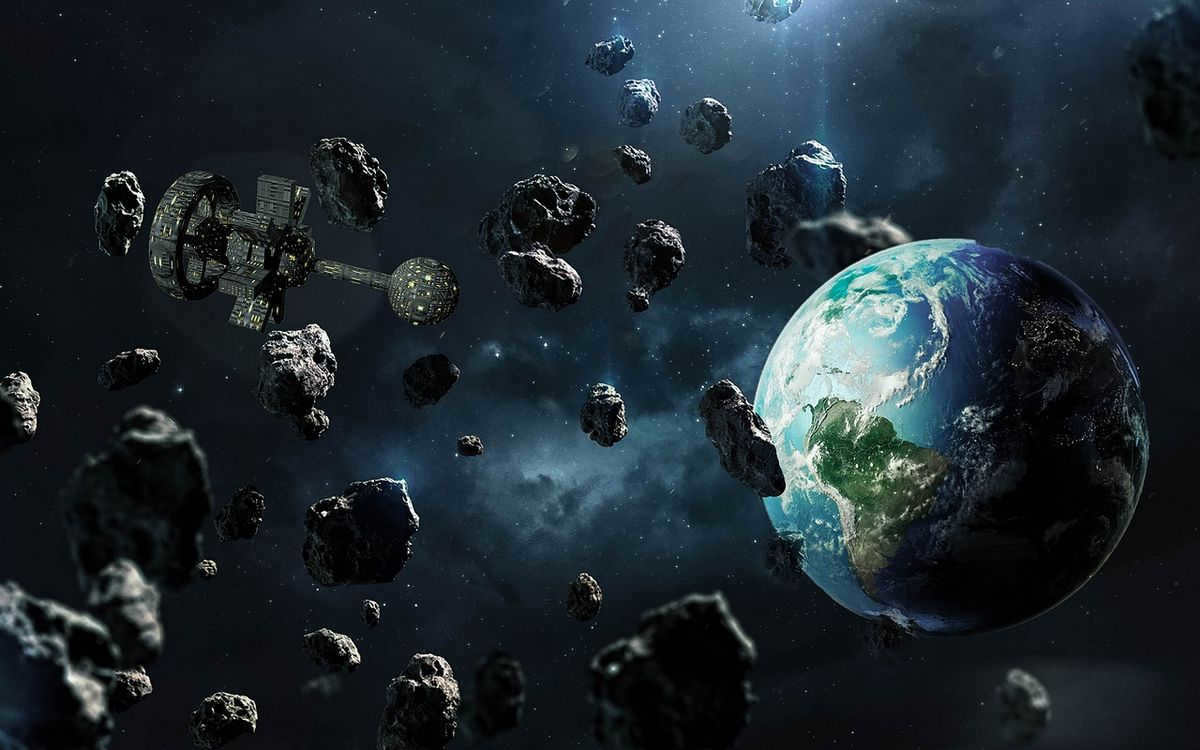

However, not all solid objects in flight are referred to as meteorites; during the initial stage of their journey, they are known as meteors as they have not yet passed through the atmosphere. Only once they have successfully traversed the atmosphere are they classified as meteorites.
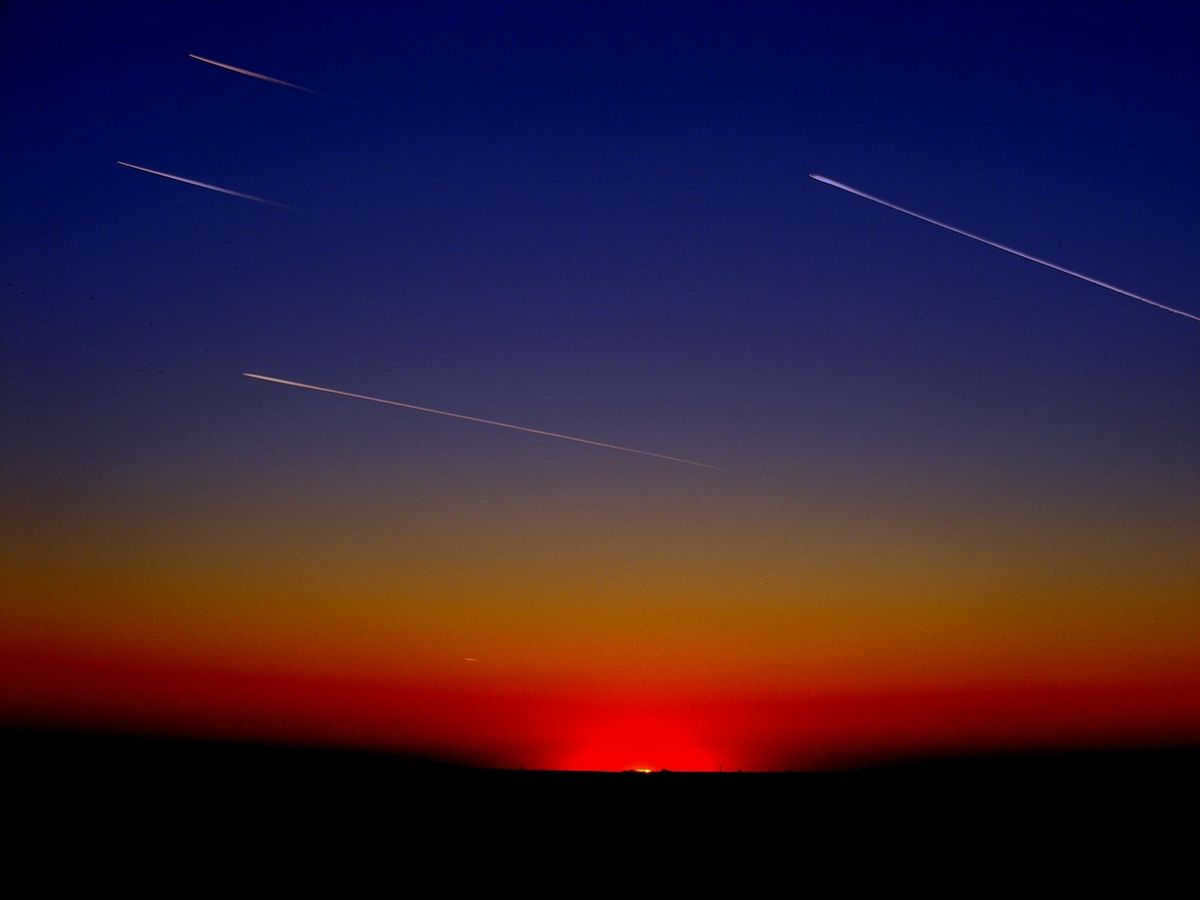
How does a meteorite appear? Meteorites are occasionally likened to asteroids, although they vary in terms of their reduced dimensions.
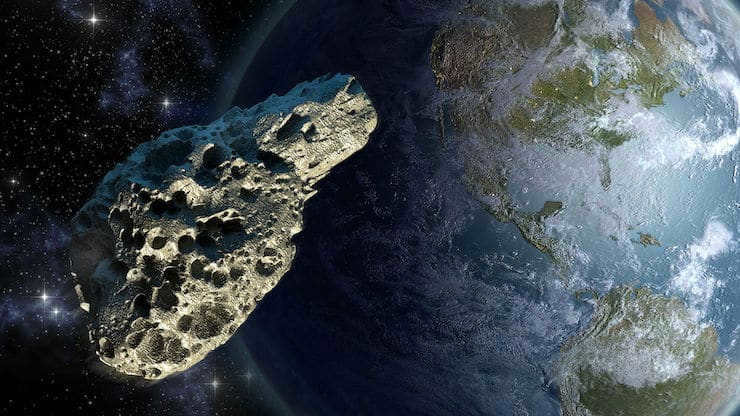
Meteorites are solid objects that can range in size from grains of sand to several tons in weight and meters in diameter. Throughout history, humans have witnessed the impact of these celestial bodies, with some individuals doubting their existence altogether.
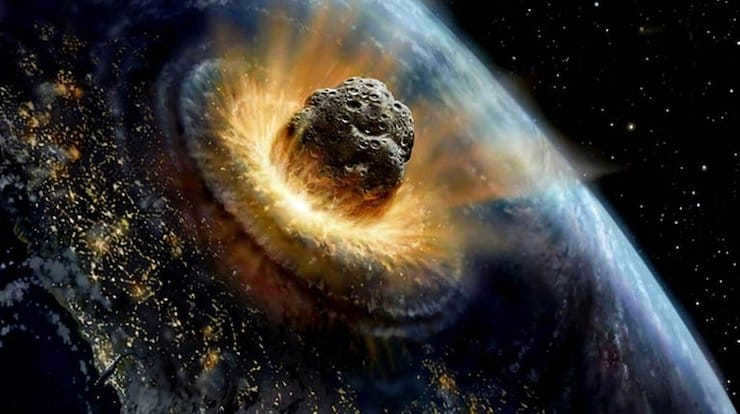
During the earlier stages of our planet’s formation, the occurrence of meteorite impacts was much more frequent. Nowadays, this phenomenon has become relatively infrequent, as small particles disintegrate and burn up in the atmosphere without notice.
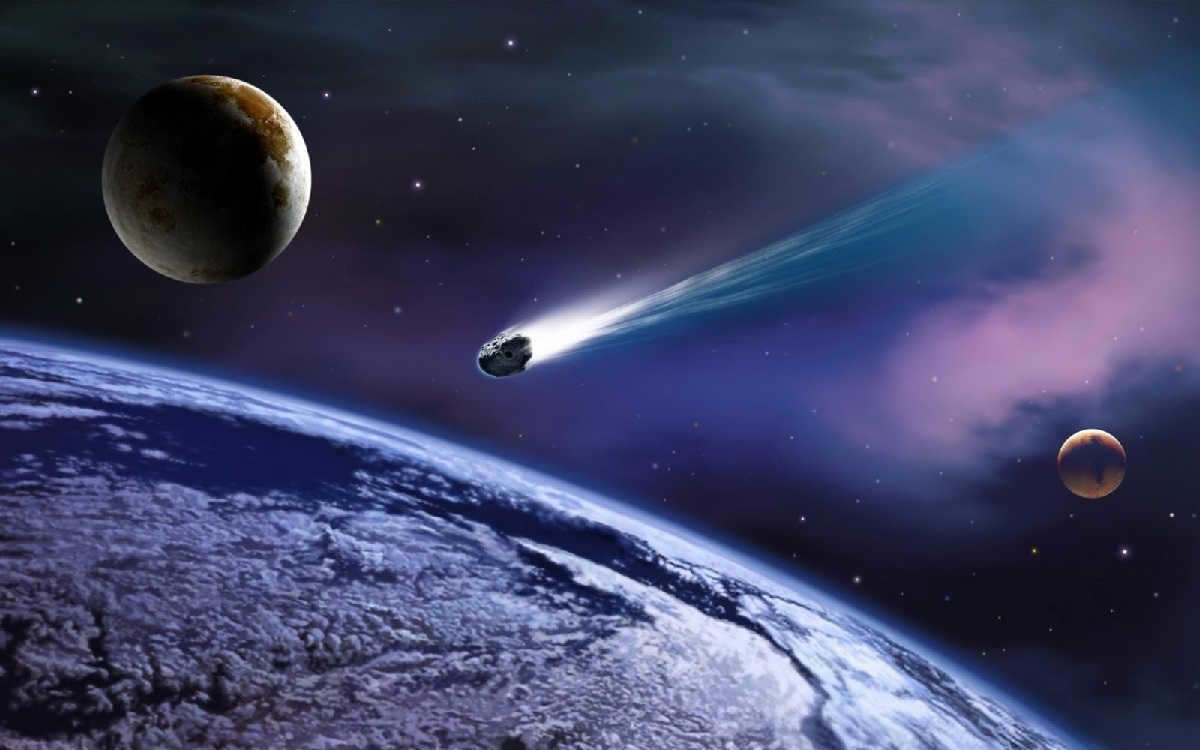
Ultimately, the velocity at which the meteorite penetrates the Earth’s atmosphere can vary from 11.2 to 72 km / s.
What is the definition of meteorites?
Typically, they are categorized based on their astronomical characteristics.
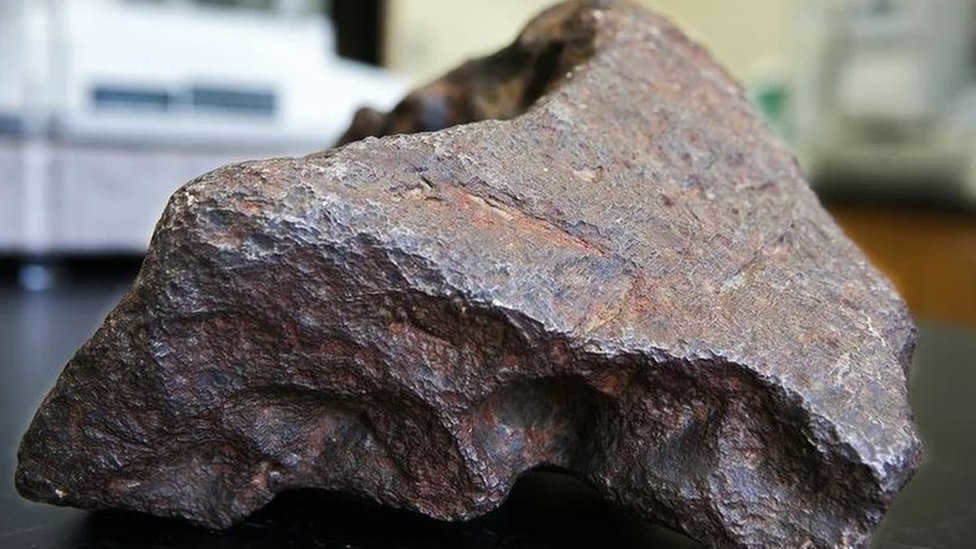
When an object travels rapidly through the atmosphere and leaves behind a trail of luminous light, it is commonly referred to as a meteor or bolide.
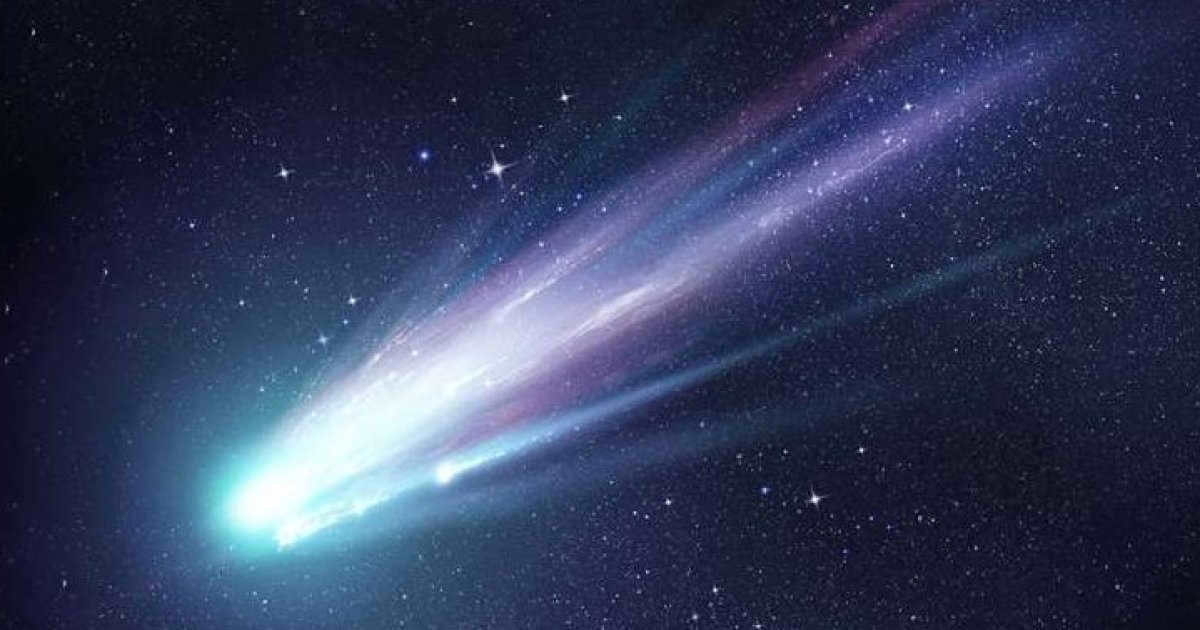
The naming of meteorites is based on the location of their discovery.
Upon impact, they create a significant indentation in the surrounding terrain.
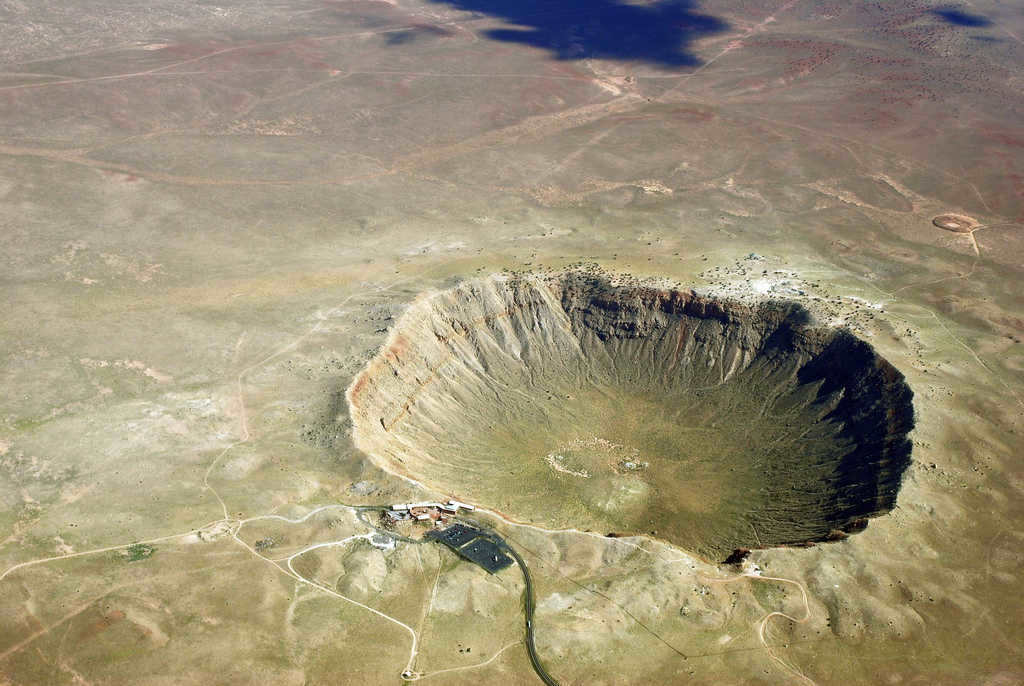
Meteorites, which are classified as stones, can be categorized into the following types:
- Chondrites. These meteorites are named based on their composition. They have a spherical or elliptical shape and are made up of silicate materials. Chondrites are one of the most prevalent types of meteorites.
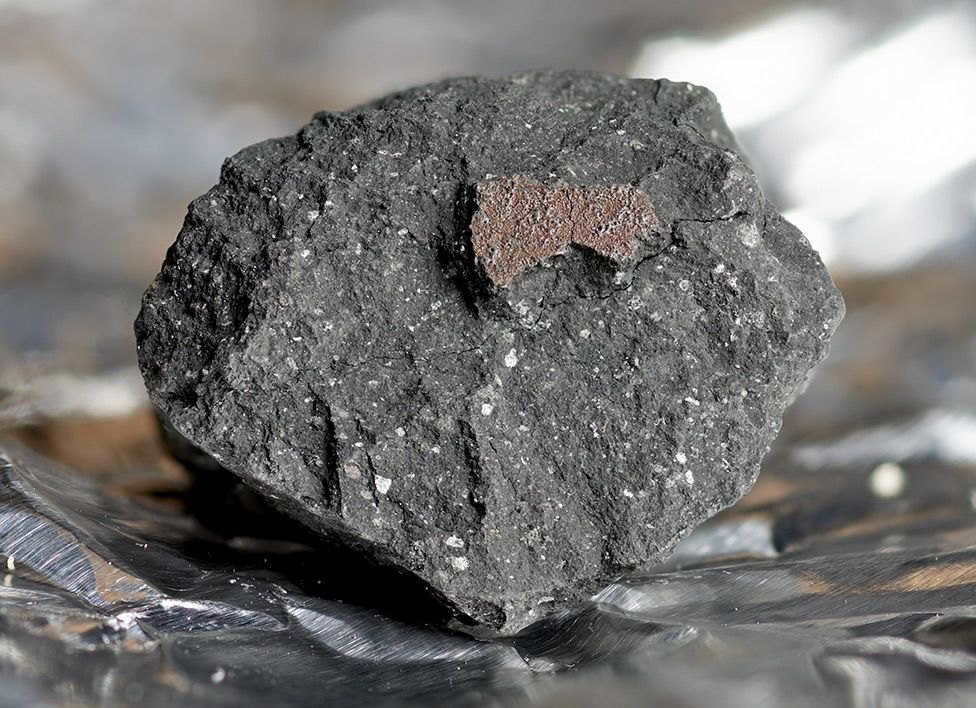
- Achondrites are rocks of volcanic origin that have a similar composition to terrestrial basalt. They are characterized by low iron content.
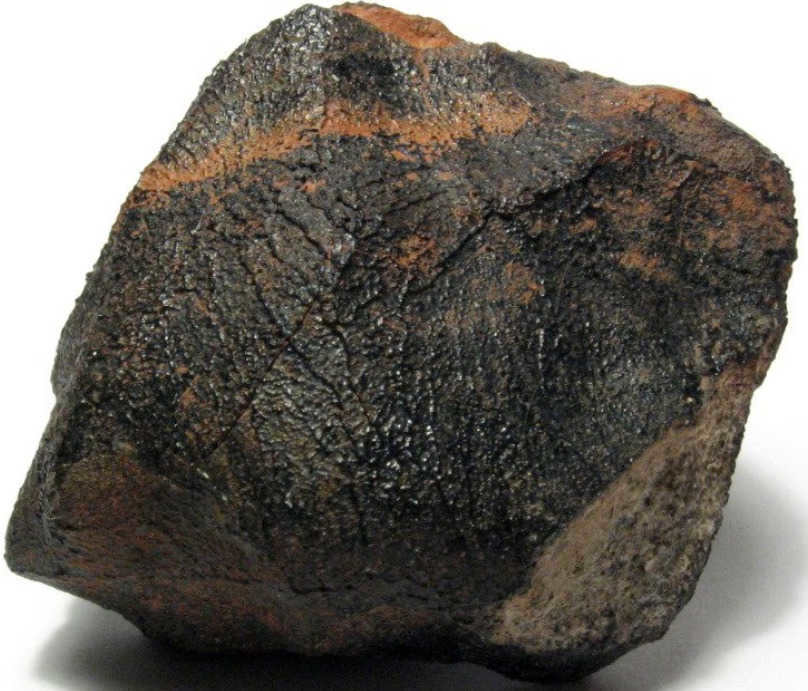
Chondrites, specifically stone meteorites, are the most prevalent type of meteorites. They make up 91.8% of all stone meteorites that fall to Earth.
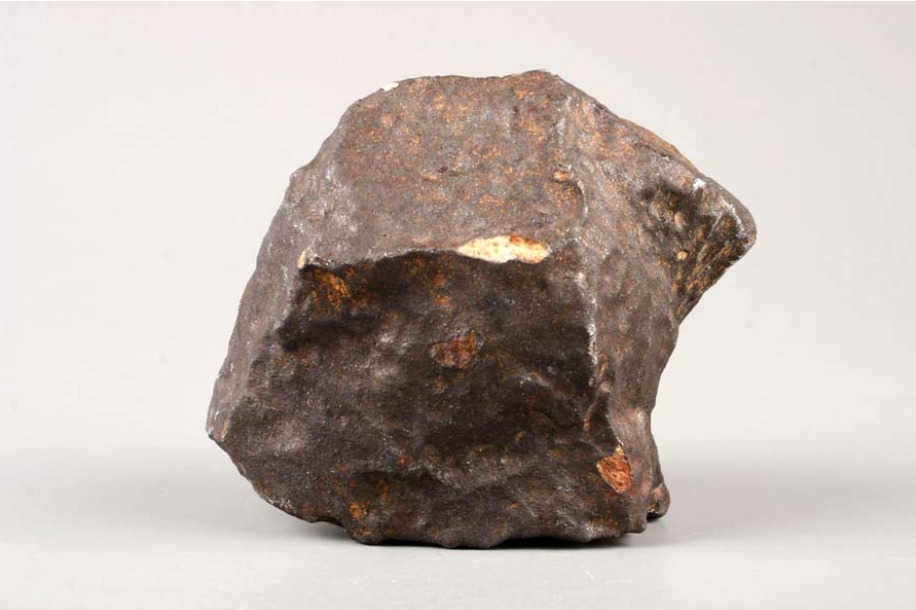
An Introduction to Iron Meteorites
Iron meteorites are remarkably well-preserved due to their lower susceptibility to weathering.
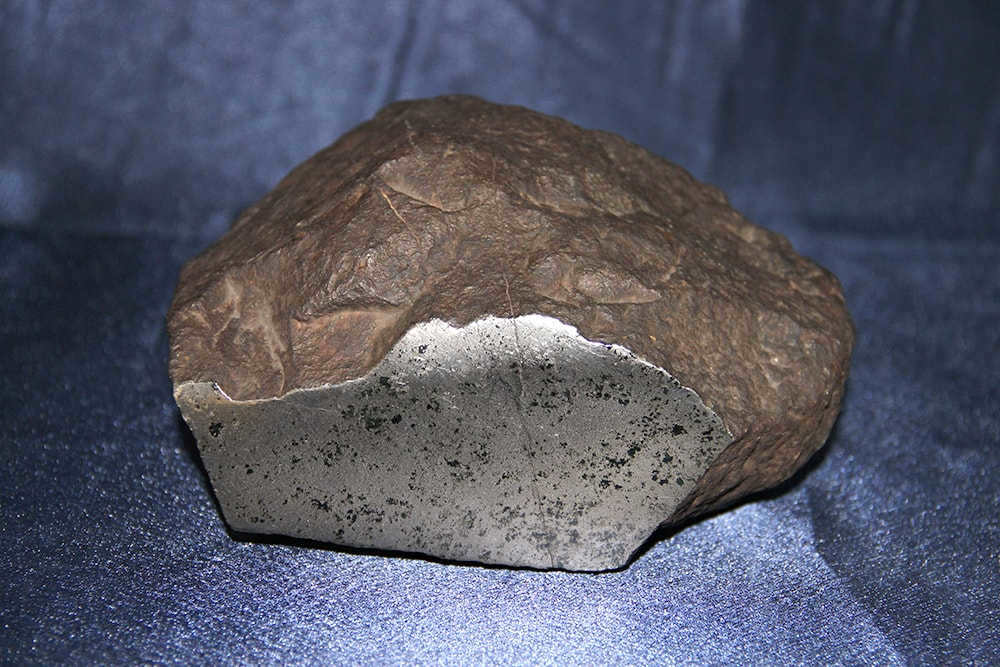
Their size is remarkable due to their high density and ability to maintain their shape as they travel through the upper atmosphere and collide with the Earth’s surface.
They constitute a small fraction of the meteorites discovered on the ground, making up only 5.7% of the total number of fallen ones.
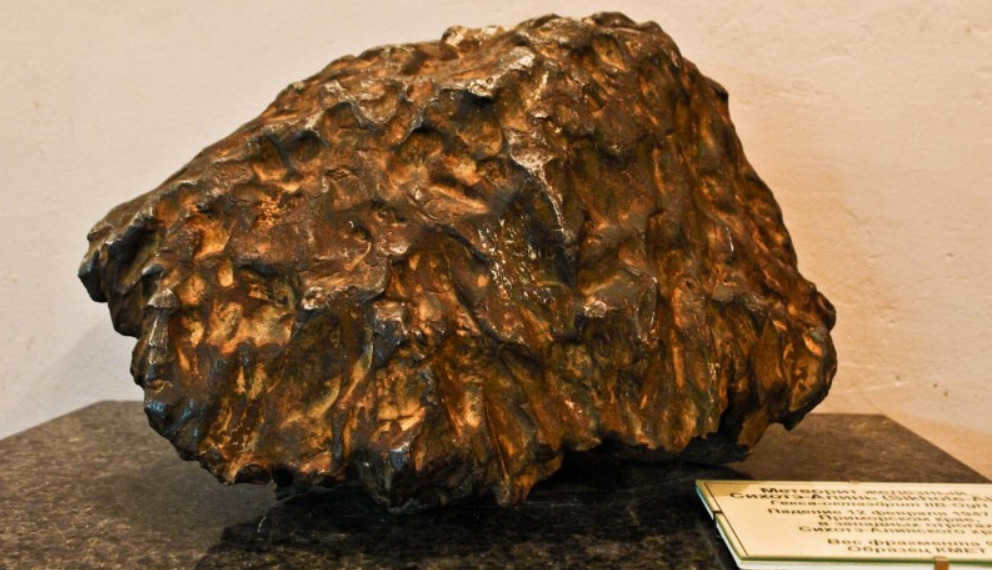
The origin of meteorites is thought to be a solid object from outer space, composed mainly of iron, that may have once been part of a planet’s core or an asteroid. It is believed that these celestial bodies may have originated from the Asteroid Belt, which is situated between the orbits of Mars and Jupiter.
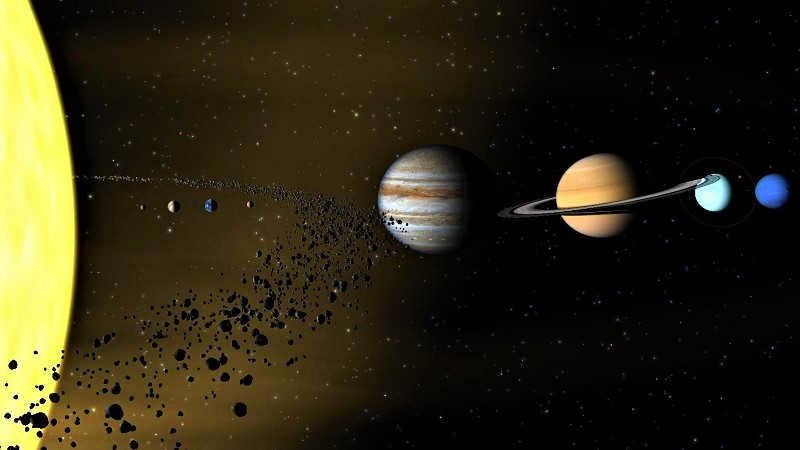
The majority of meteorites are composed of iron-nickel alloys, which are also known as meteoritic iron. These alloys consist of two mineral compositions, kamasite and tenite.
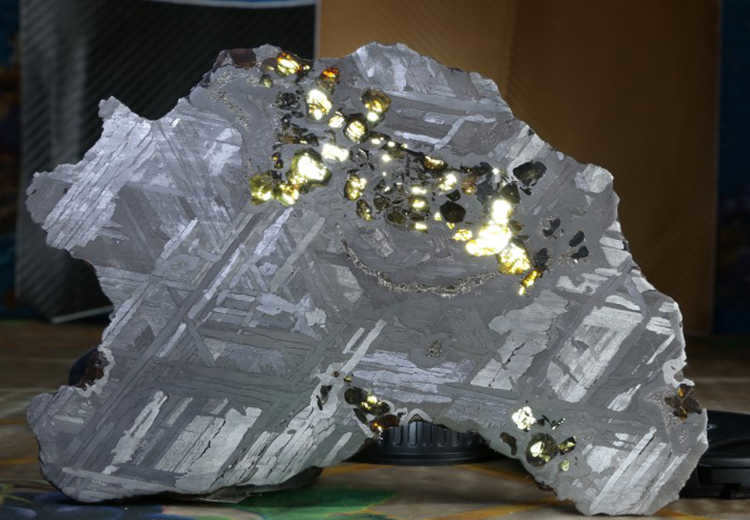
Iron meteoroids are the prevailing type of meteorites in terms of size compared to stone and iron-stone cosmic solids.
Classification of Meteorites
Meteorites are classified into various types based on their composition and origin. The most common type of meteorites is the stone type, which is believed to have originated from asteroids or the outer crust of a planet.
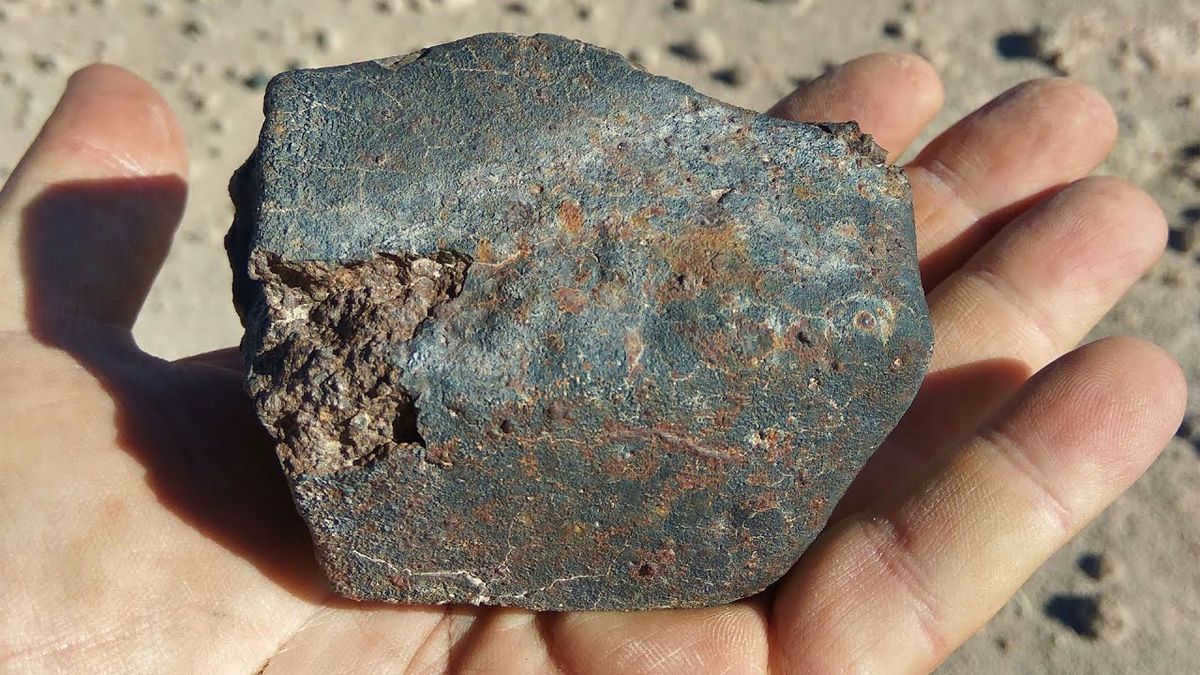
Meteorites are unique in that they consist entirely of rock and are created from silicate sand. This sets them apart from other types of rocks and minerals.
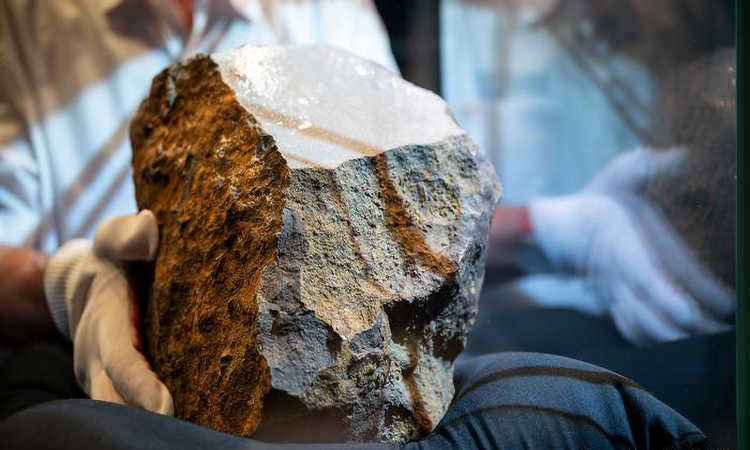
However, they also possess a significant abundance of nickel and iron, giving them similarities to meteorites composed of iron-stone. The discovery of a rocky celestial object is a challenging endeavor.
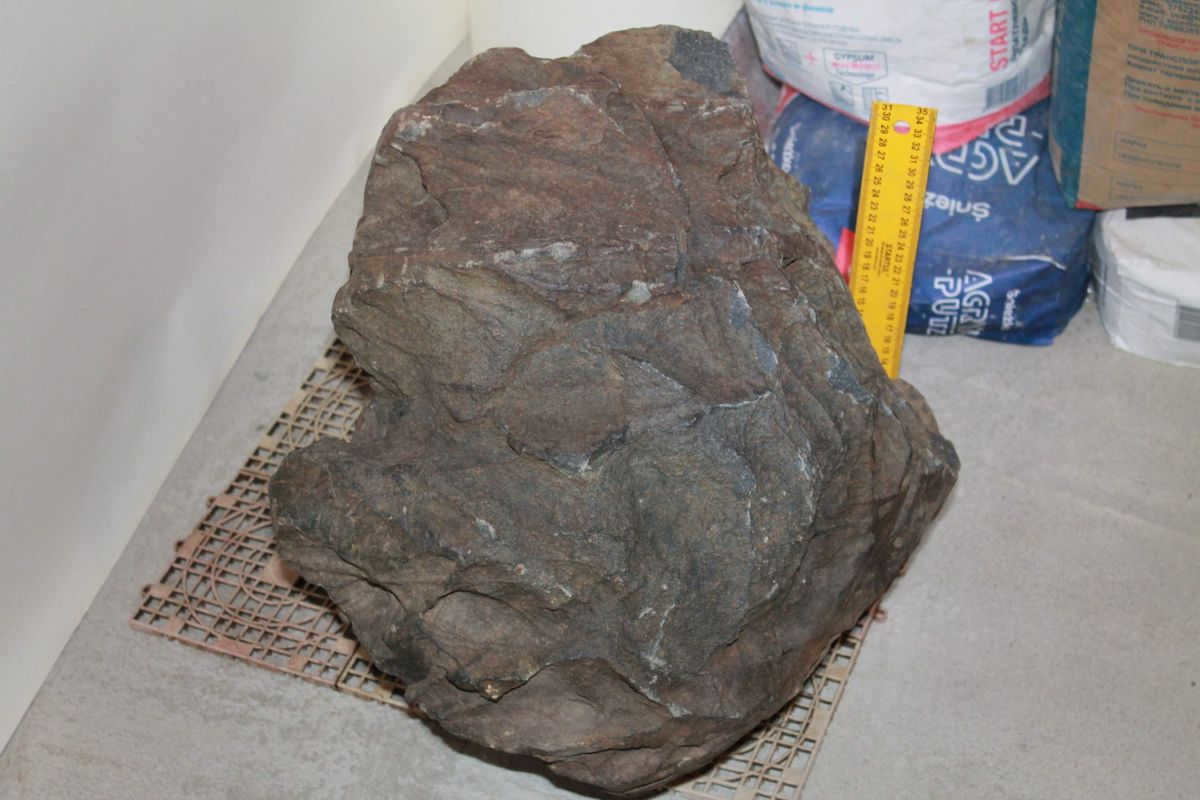
Locating meteorites, particularly those that are ancient, poses a challenge due to their frequent misidentification as regular pebbles and their slight variation in weight. Additionally, their diminutive size presents a difficulty in identification.
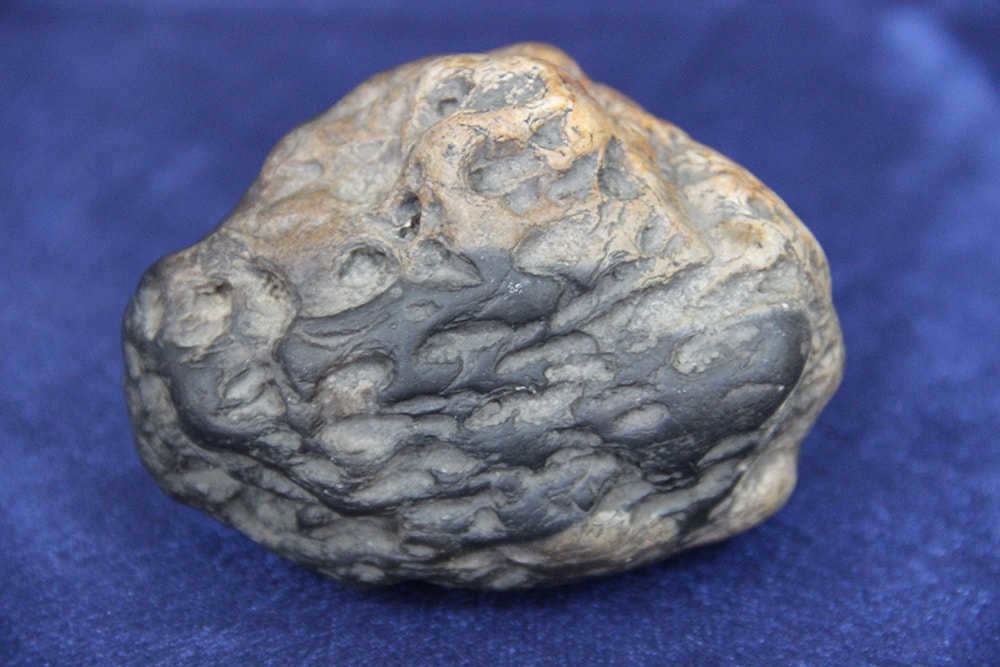
Due to their unique composition, these celestial objects disappear much faster than metallic species. As a result, it becomes challenging to locate older specimens that have successfully navigated through the Earth’s atmosphere.
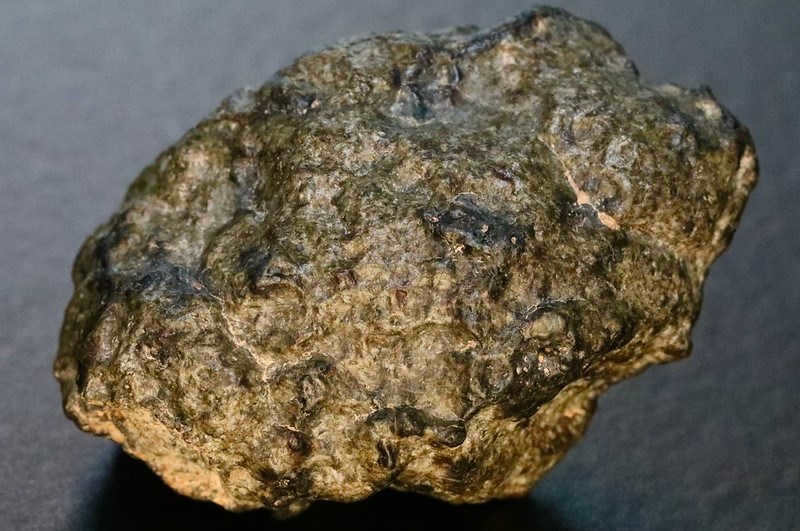
Identifying a celestial object from ordinary rocks requires the expertise of a specialist who possesses unique knowledge and skills. Typically, a meteorite that has penetrated the Earth’s atmosphere and undergone ignition and combustion appears dark in color, often with a hint of soot.
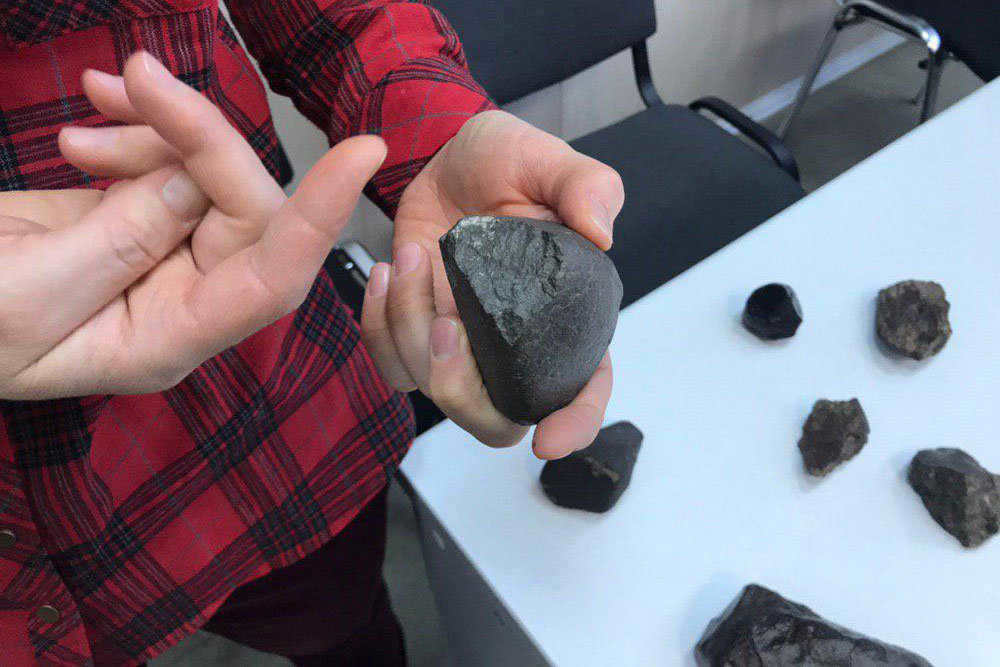
Meteorites can have a varied appearance, often with the presence of chondrules – small fragments with different colors.
Characteristics of an authentic meteorite, illustrated:
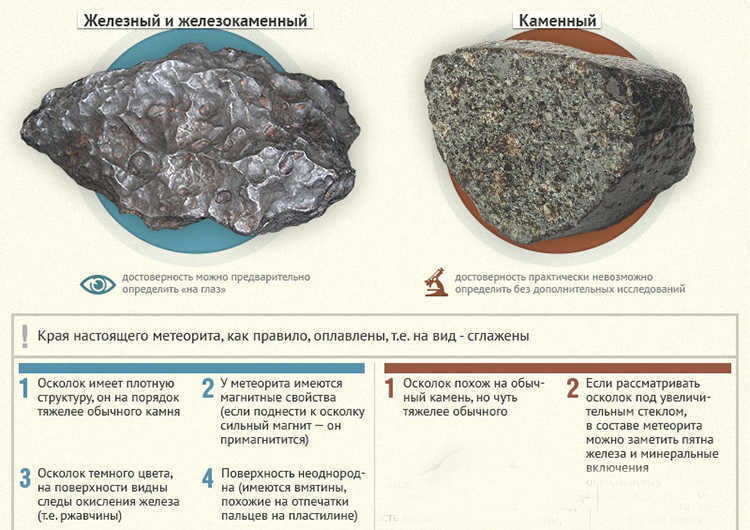
The Type of Meteorite Known as Stony-Iron
Stony-iron meteorites are a highly unusual type of celestial objects that infrequently make their way to Earth’s surface, with only approximately 1.5% of them successfully reaching it. These meteorites are comprised of a combination of stone material and iron.
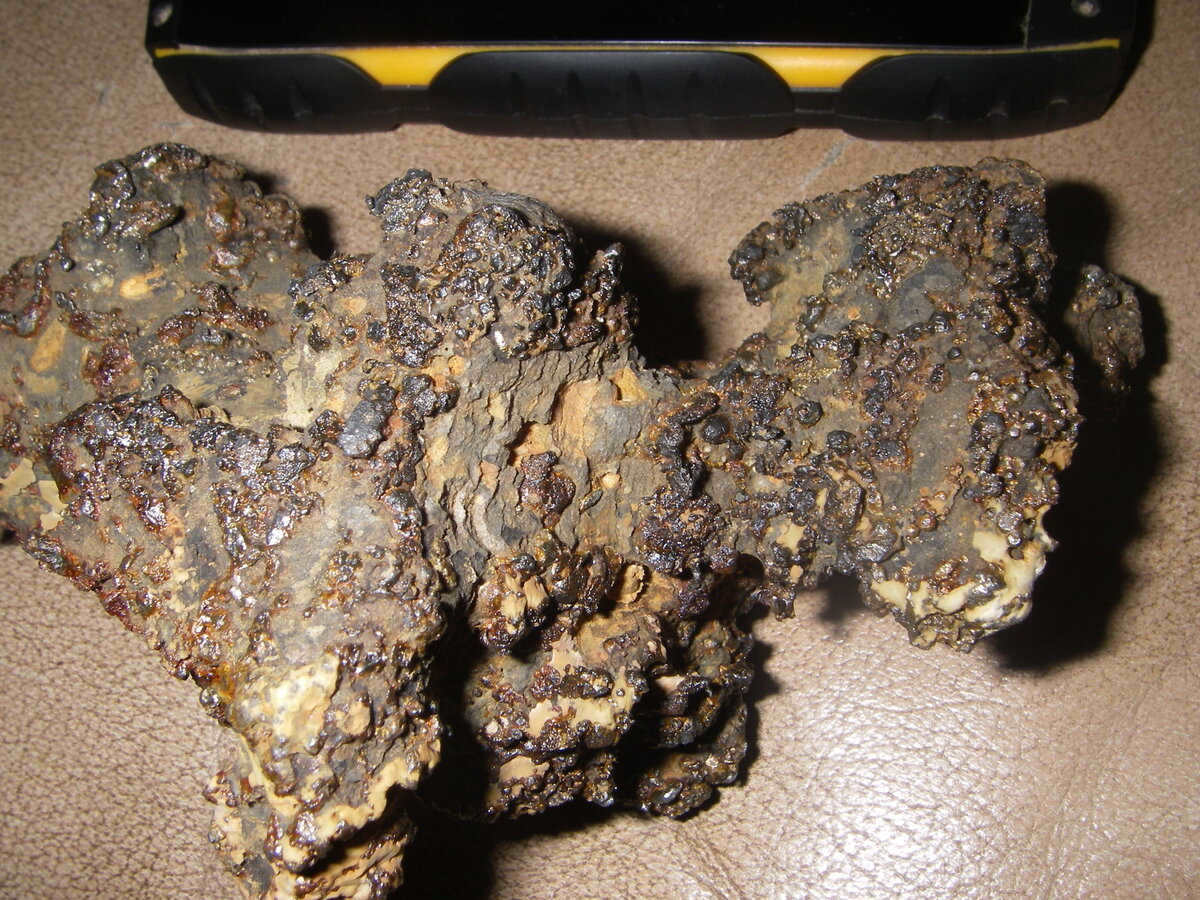
There are two subtypes that they can be divided into:
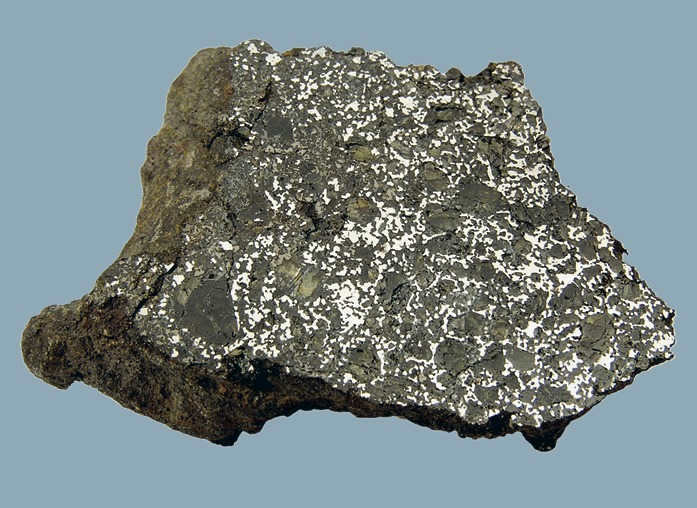
The composition of these celestial bodies consists of pyroxene and olivine particles, which were formed through the interaction of massive asteroids.
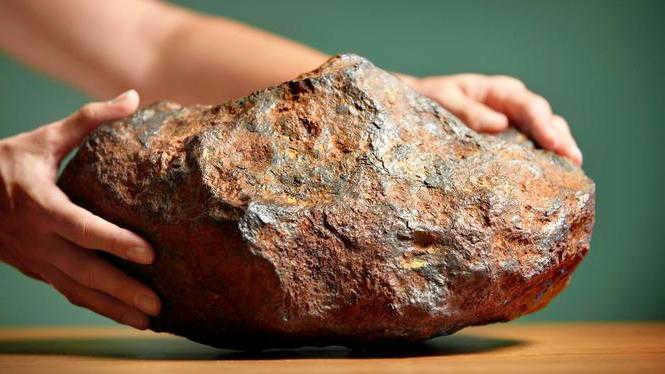
- Pallasites are a type of meteorite that contains fragments of precious rocks, including diamonds. These meteorites formed from cosmic dust during the fragmentation of carbon-rich celestial bodies.
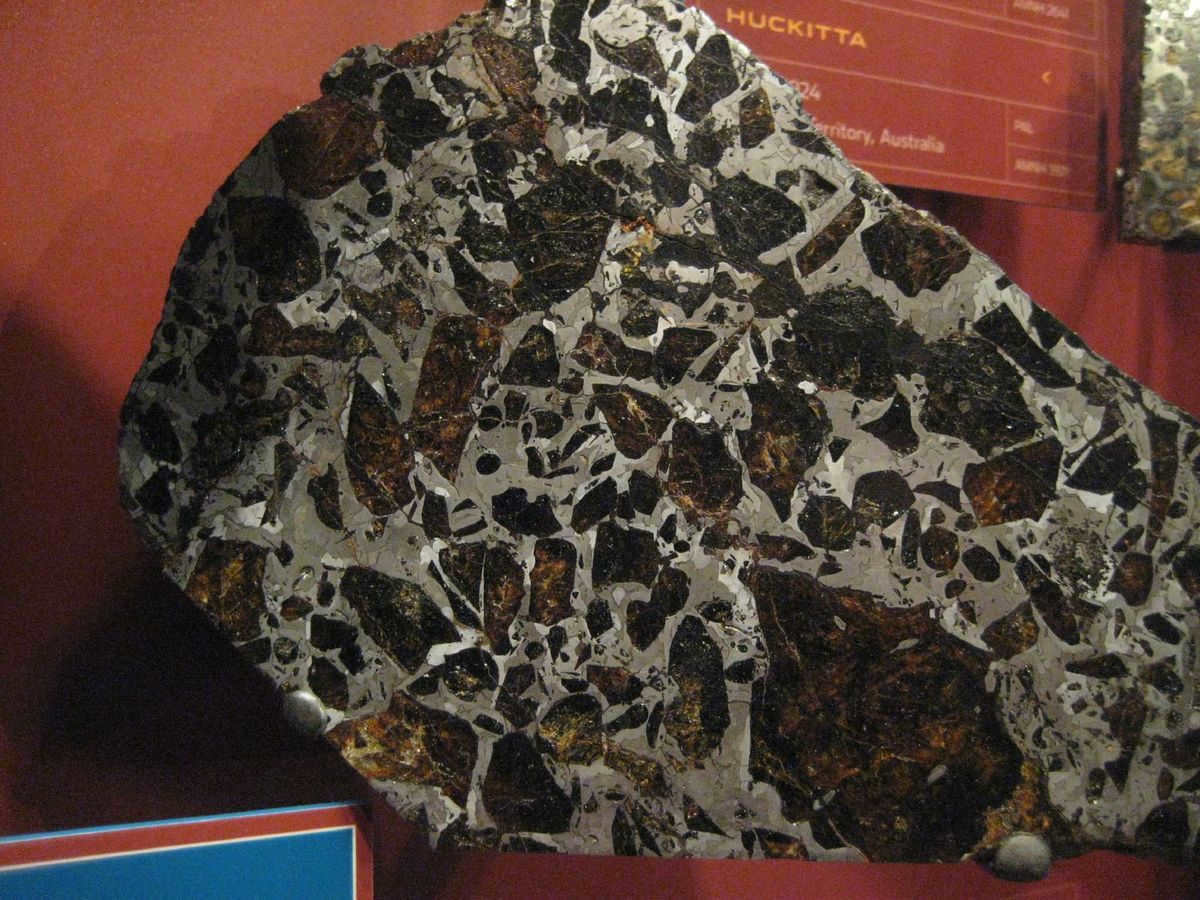
This valuable species is utilized for the production of ornaments. Certain pallasites are derived from transparent silicate gemstones.
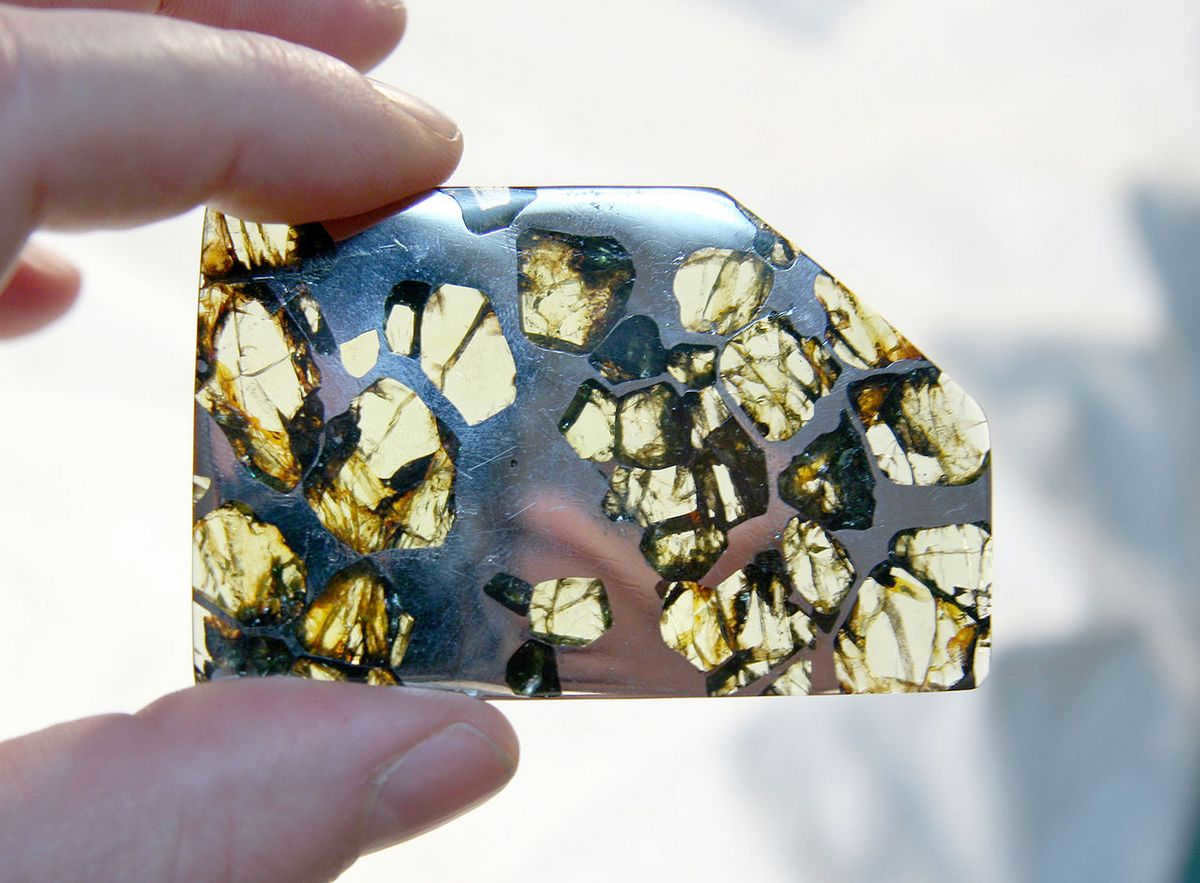
Here is a comprehensive diagram illustrating the complete classification of meteorites:
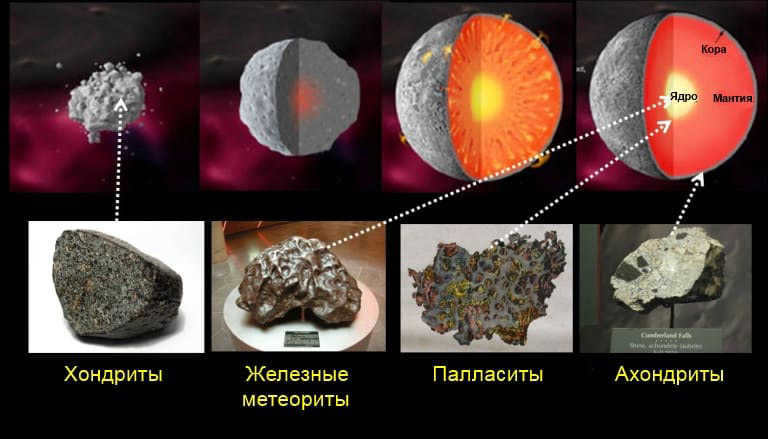
Explaining the Distinctions Between a Meteorite, Meteor, Bolide, Comet, and Asteroid
There is often confusion when it comes to referring to cosmic bodies, with meteorites often being called by incorrect names that are unrelated to them. It is important to examine each of these main celestial objects individually in order to understand their unique characteristics and differences.
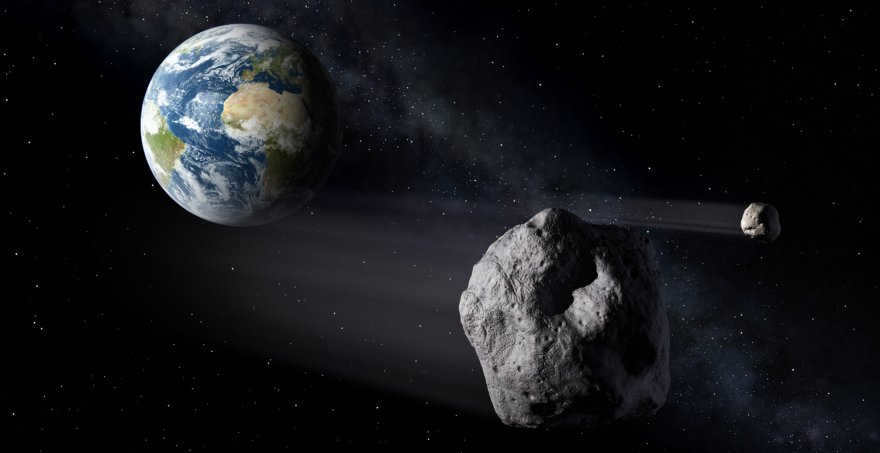
- Meteorites are solid objects that originate in outer space and impact the surface of a large celestial body.
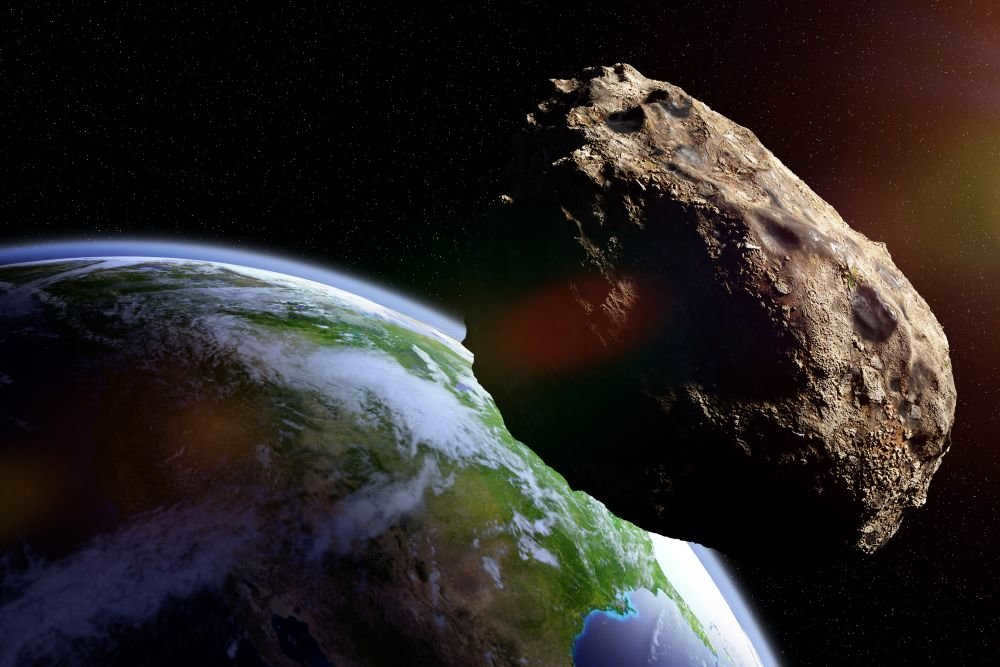
Indeed, a meteor is an occurrence that takes place as a brief ignition of intense light, which happens when small celestial bodies such as asteroids or comet fragments split in the Earth’s atmosphere.
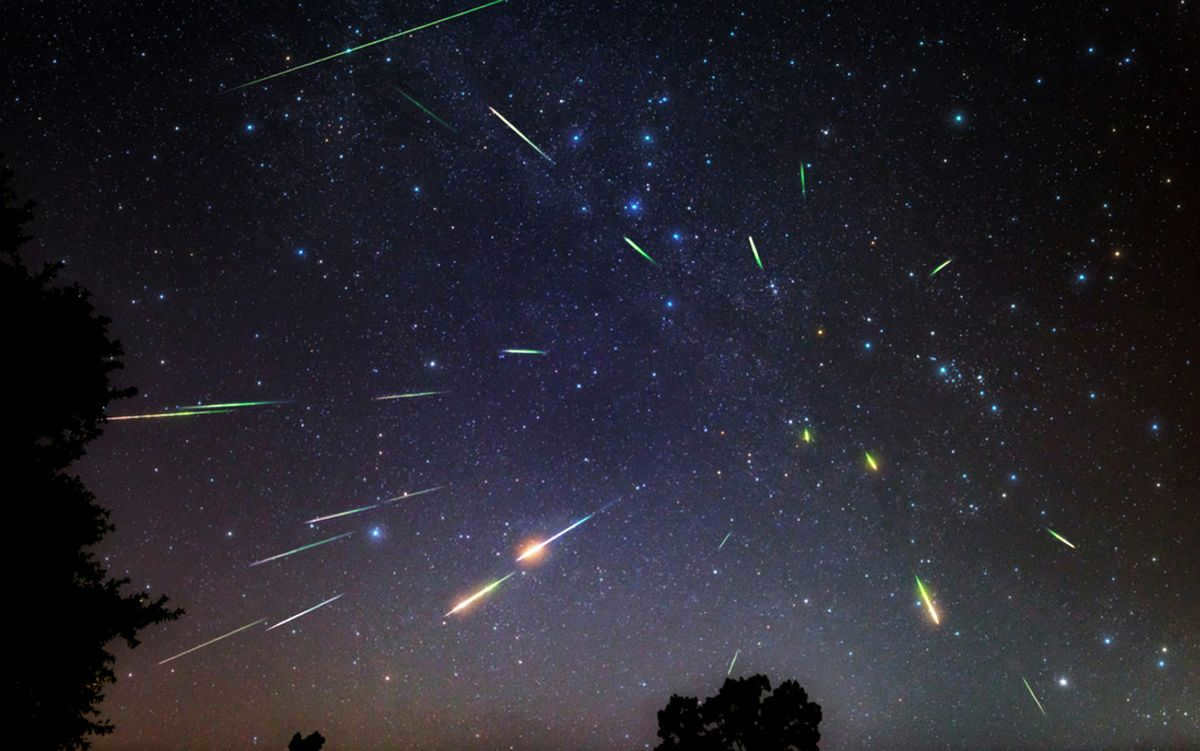
Stargazers or shooting stars, they are commonly known as, typically streak across the sky at incredible velocities, leaving behind a dazzling trail before vanishing into the abyss.
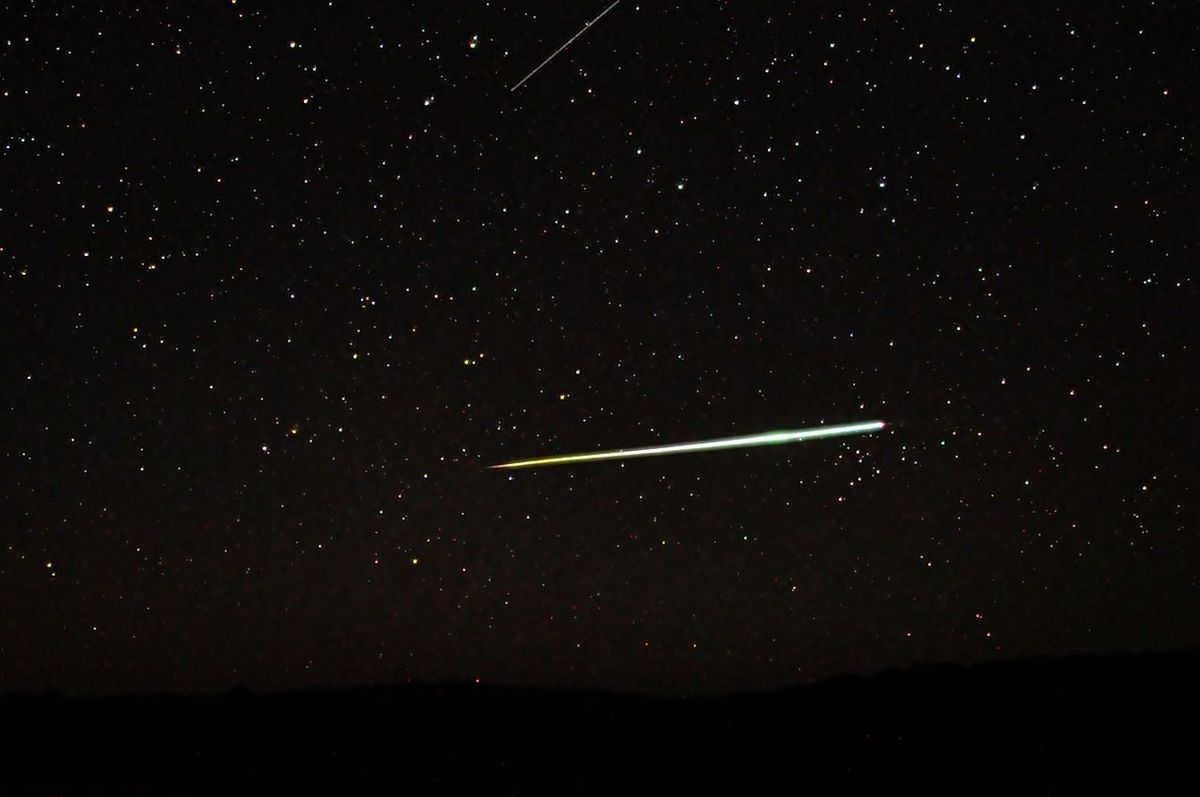
- A bolide is an enhanced variant of a meteor. It is created when it traverses the layers of the atmosphere, a celestial object ranging in weight from 200 g to tens of tons. The most luminous bursts can also be witnessed during the daytime.
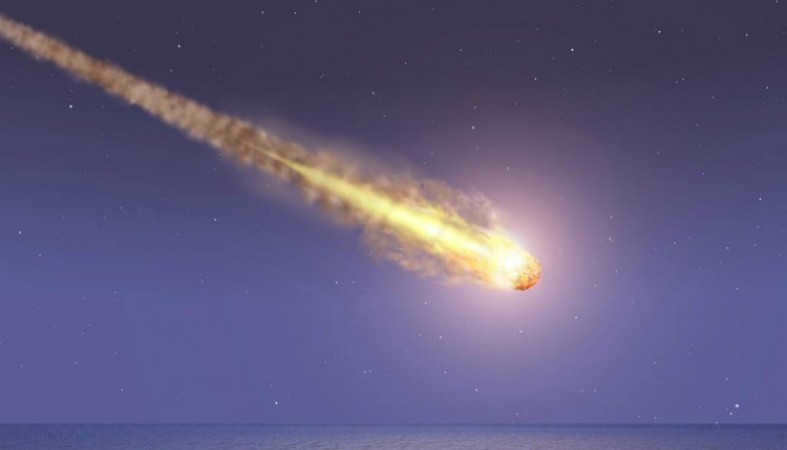
As the meteoroid travels through the Earth’s atmosphere, it creates a spectacular display of light and sound. It is made up of cosmic particles and ionized gases, and it leaves a temporary mark in its path. A meteoroid can shine brighter than both the Moon and the Sun.
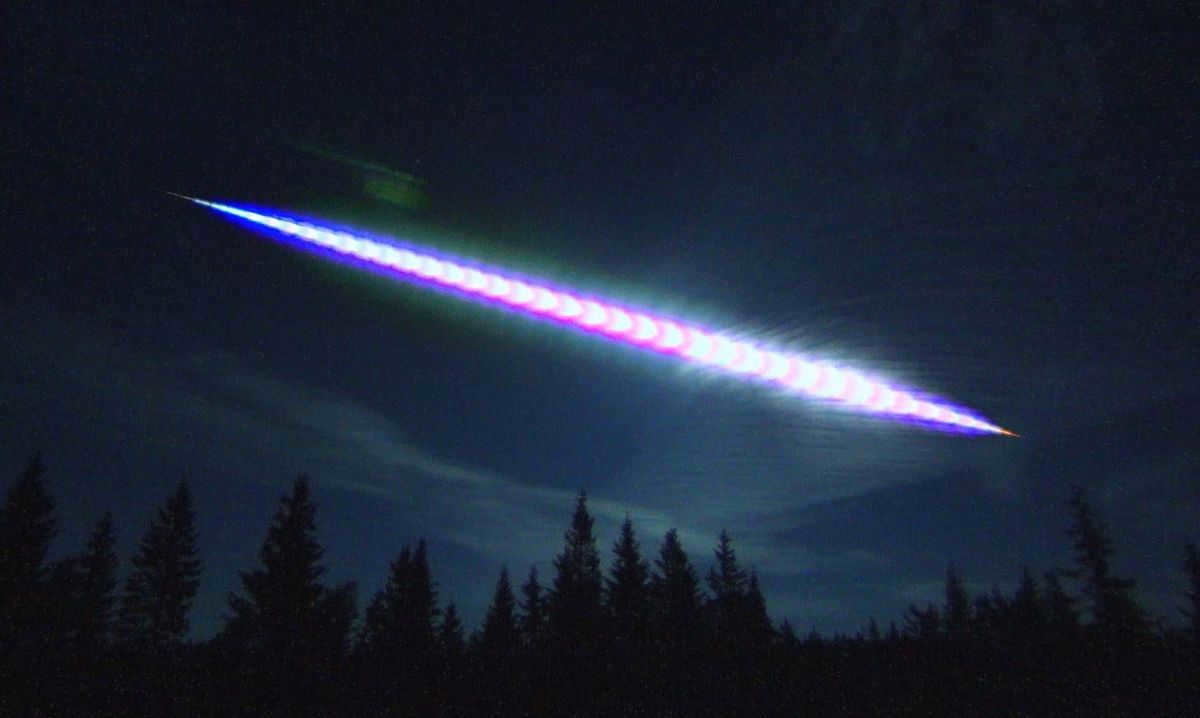
- A meteorite is a celestial body that enters the Earth’s atmosphere and survives to reach the ground. It is composed of various minerals and can provide valuable information about the formation of the solar system.
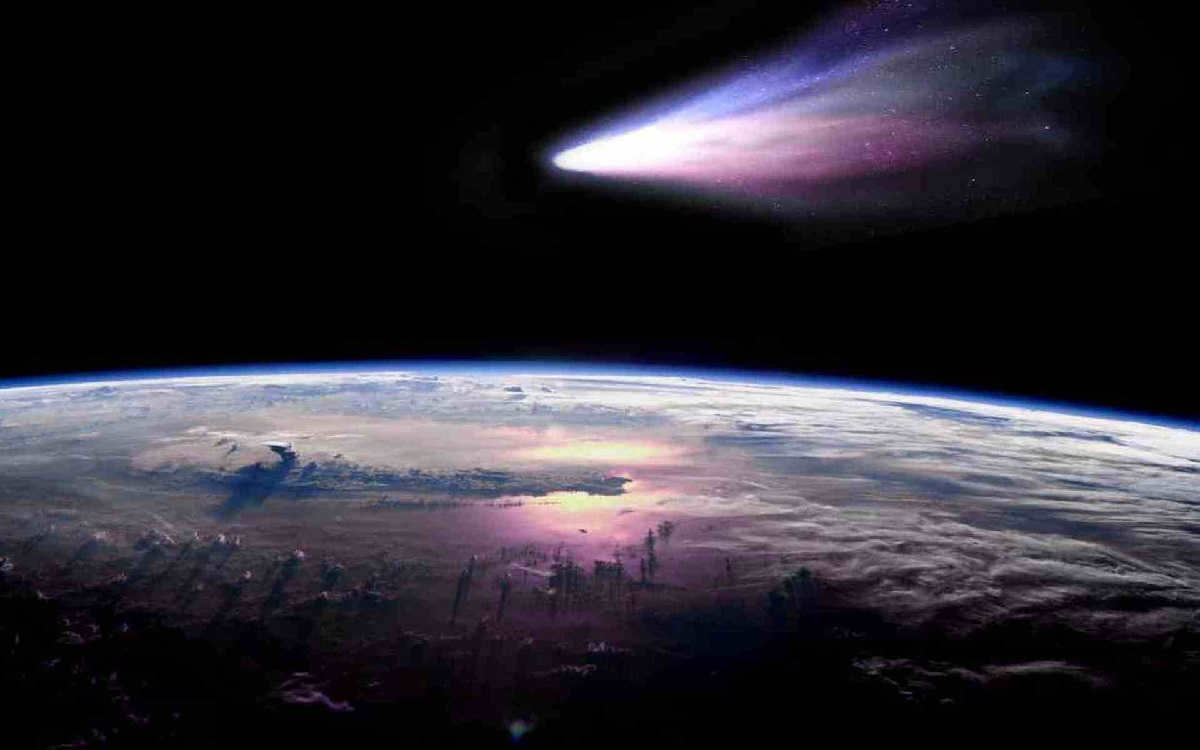
With a hazy look, it orbits the Sun. As it gets closer to the star, it creates a trail of gas and particles in space.
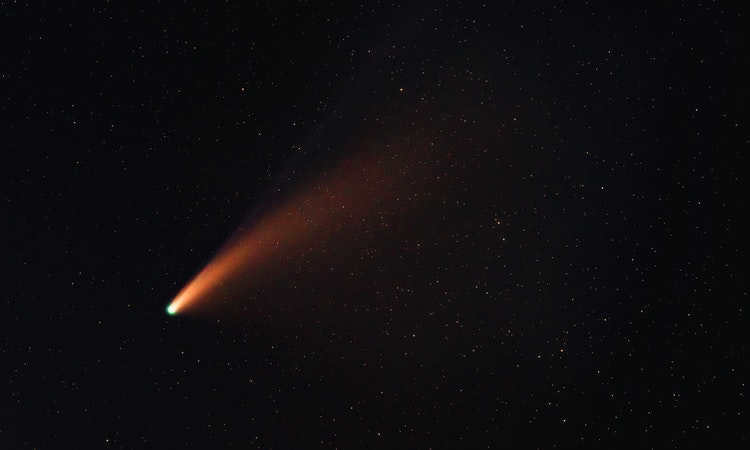

- Composed primarily of iron, nickel, and rocky materials, asteroids are remnants of the early stages of planet formation. They orbit the Sun.
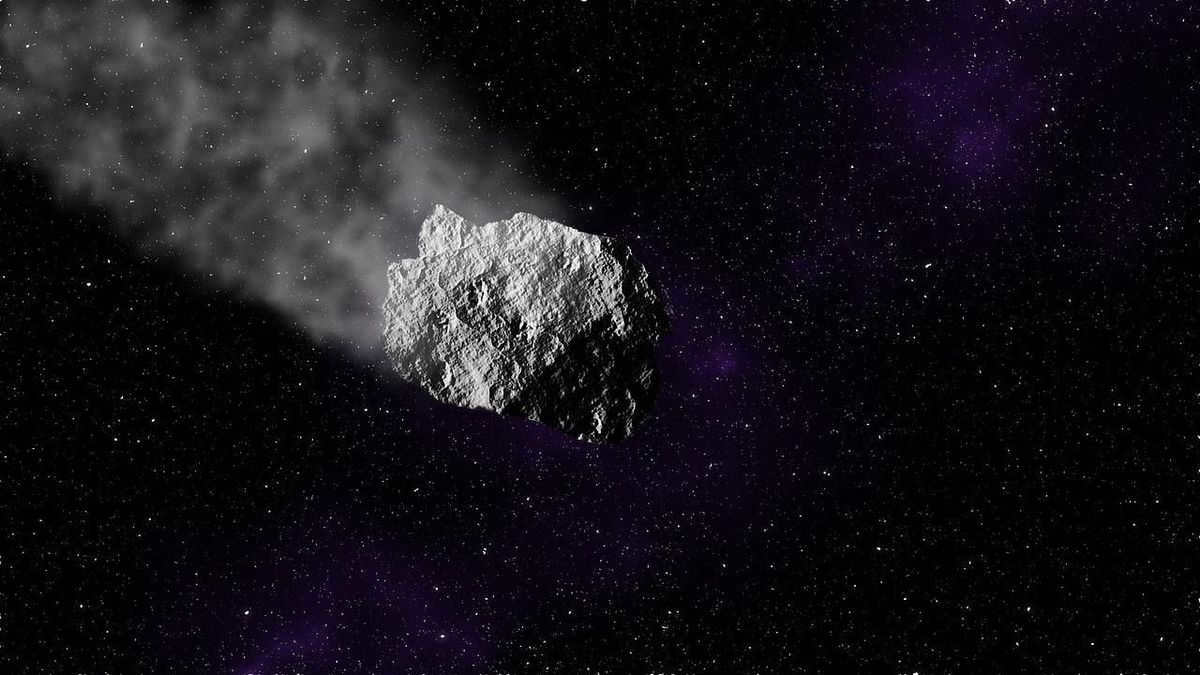
Renowned Meteorites
Several meteorites have achieved significant fame and have garnered widespread recognition. Some are renowned solely within our nation, while others have gained global acclaim.

- The Tunguska event occurred on June 30, 1908, in the vicinity of the Podkamennaya Tunguska River, from which it derives its name. It involves the impact of a compact object composed of fragments from a comet.
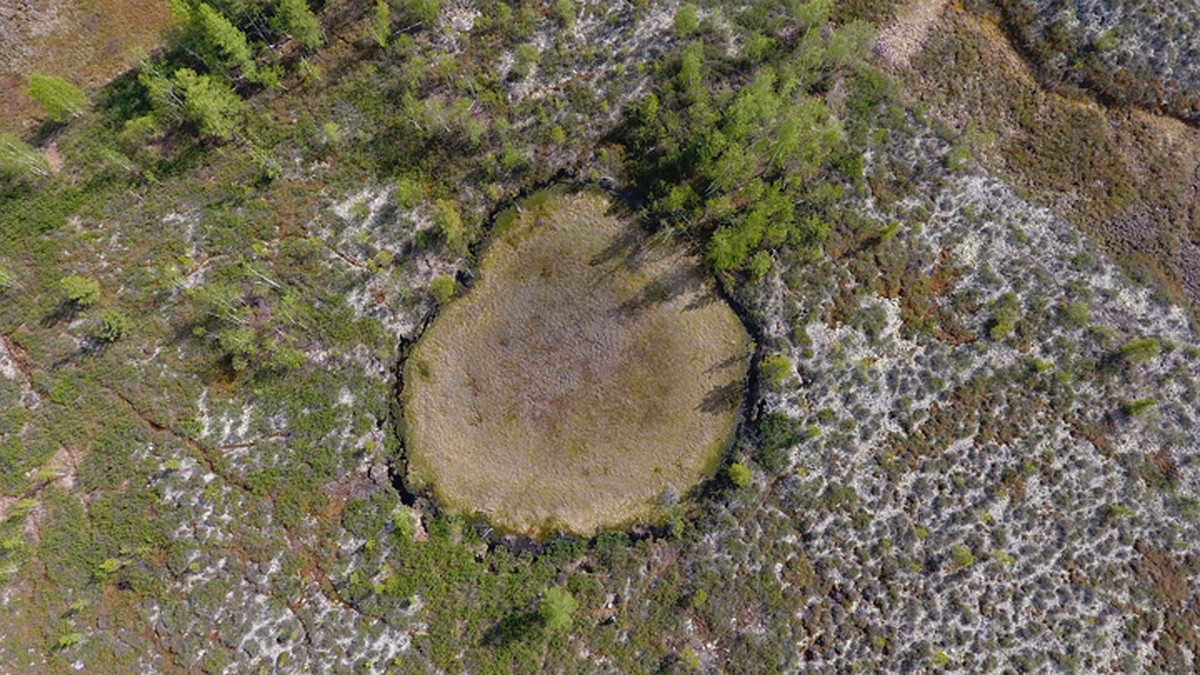
The meteorite streaked through the sky with astonishing speed, trailing a trail of dust particles that remained visible for only a brief moment. Upon impact, a tremendous explosion occurred, with the shockwave rippling outwards for a distance of up to 1000 kilometers. The seismic activity generated by this event was so intense that seismographs around the world detected it.
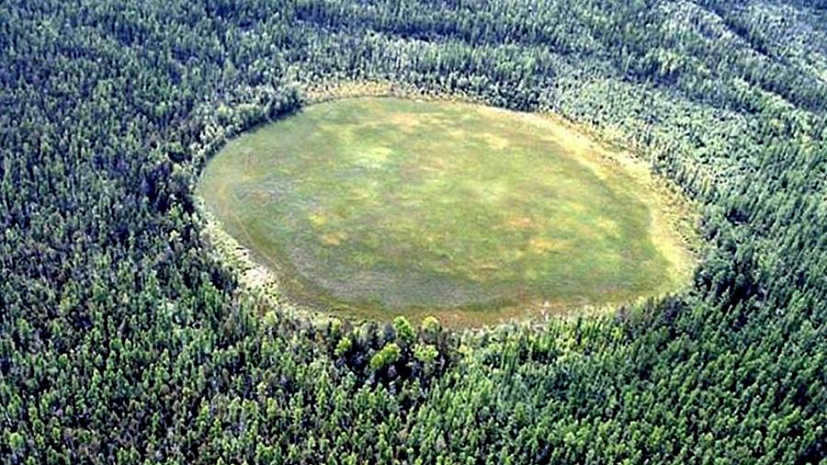
- In 1922, the biggest meteorite to ever land in our country descended. Globally, it ranked third in mass, only surpassed by meteorites from China and Mexico.
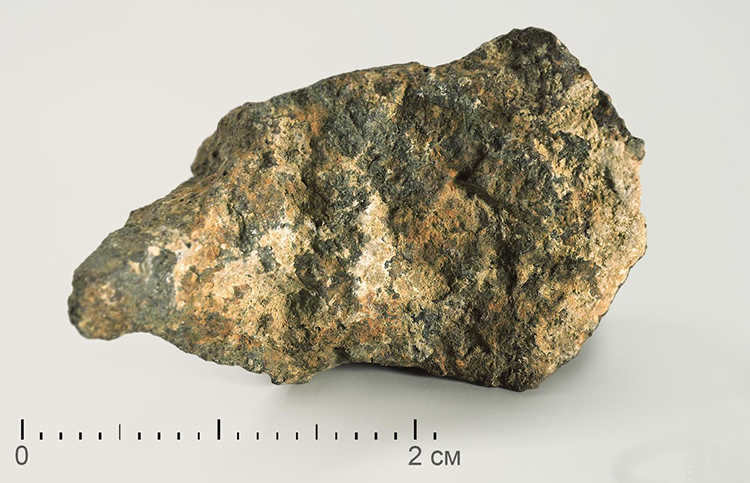
Located in the Volgograd region, specifically near the village of Tsarev, a meteorite made its impact. This celestial object, aptly named after its landing site, is composed of a mixture of silicon, calcium, and magnesium. The total weight of this extraterrestrial rock was estimated to be approximately 1.6 tons. Scientists speculate that this meteorite’s age falls within the range of 4 to 4.5 billion years old.
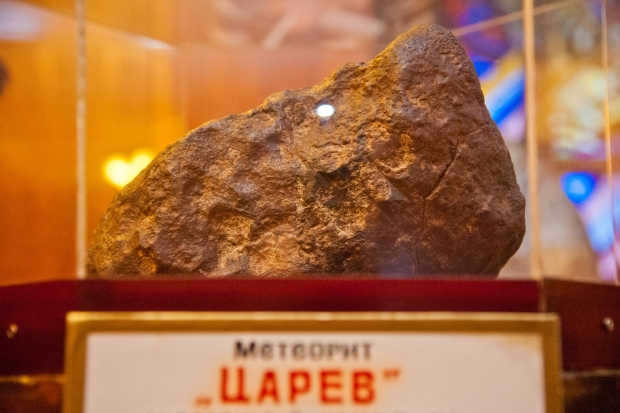
- Goba is the name of the largest meteorite on Earth that managed to survive its fall without breaking apart. Discovered in 1920 in Namibia, southwest Africa, it continues to captivate scientists and enthusiasts alike.
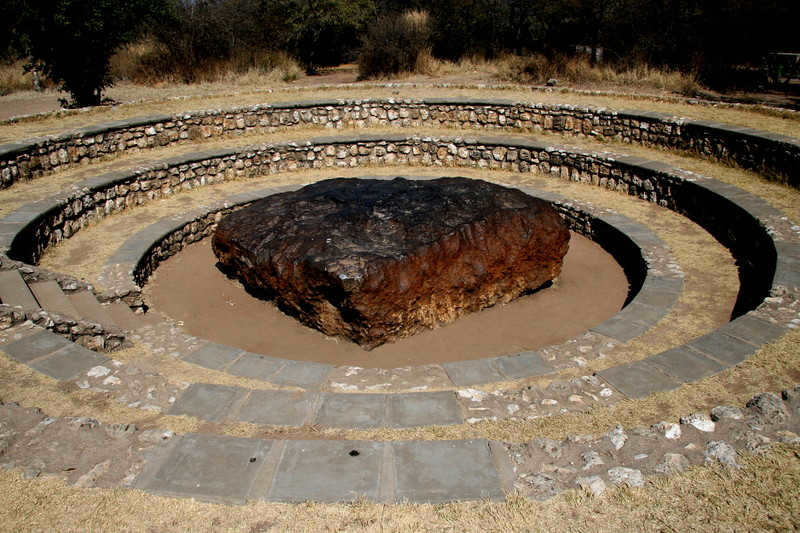
Goba, a celestial object, has a weight exceeding 60 tons and a circumference of 3 meters. It is composed mostly of metal, approximately 85%.
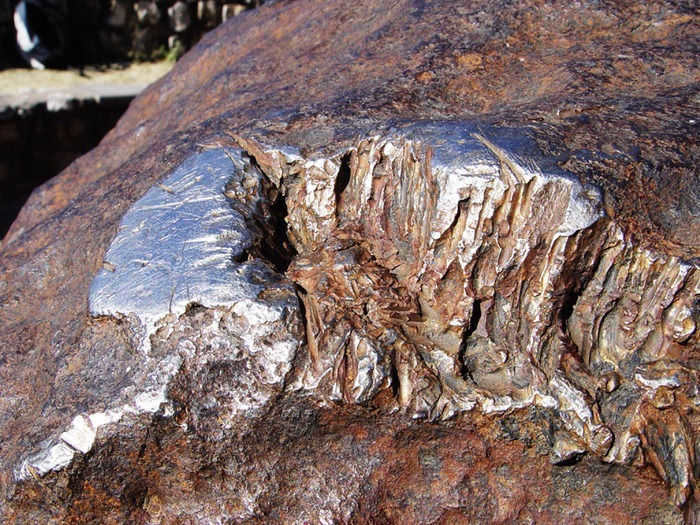
- The Campo del Cielo region in Charata, Chaco province, Argentina experienced a meteor shower approximately 4500 years ago. However, it wasn’t until 2016 that a meteorite weighing more than 34 tons was finally found in the area.
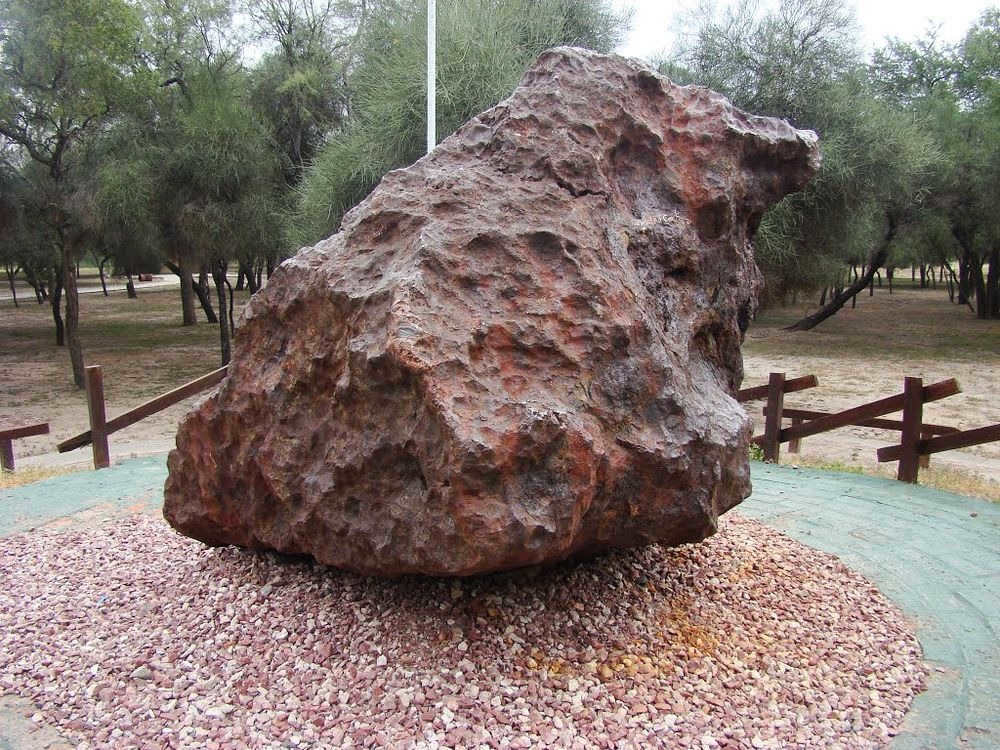
- Allende. This meteorite fell in Chihuahua, Mexico in 1969. It is the biggest carbonaceous meteorite ever found on Earth.
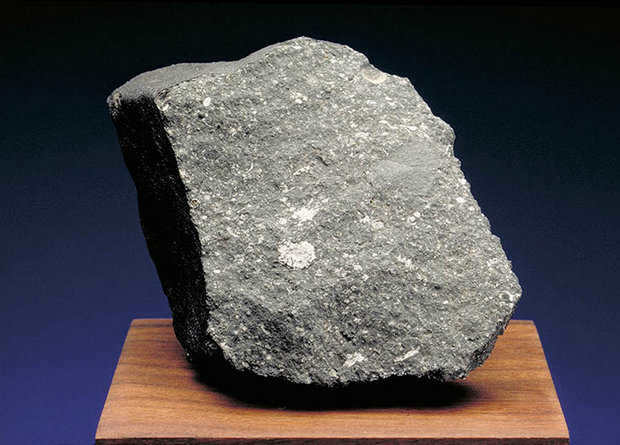
After colliding with the Earth’s surface, the meteorite shattered into multiple fragments, the majority of which underwent thorough examination. The combined mass of these fragments was approximately 5 tons.
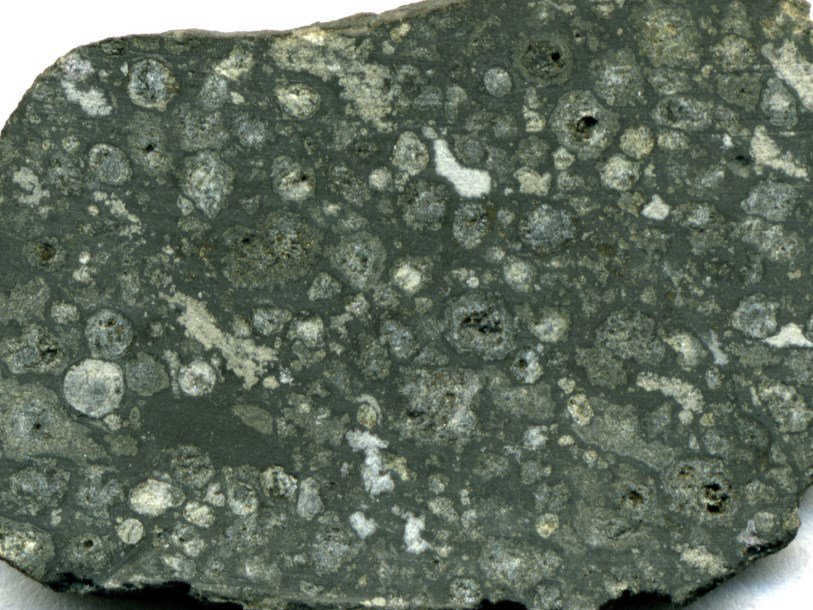
What Are Meteor Showers?
The occurrence of meteor showers is a common phenomenon that can be frequently witnessed from various parts of our globe.
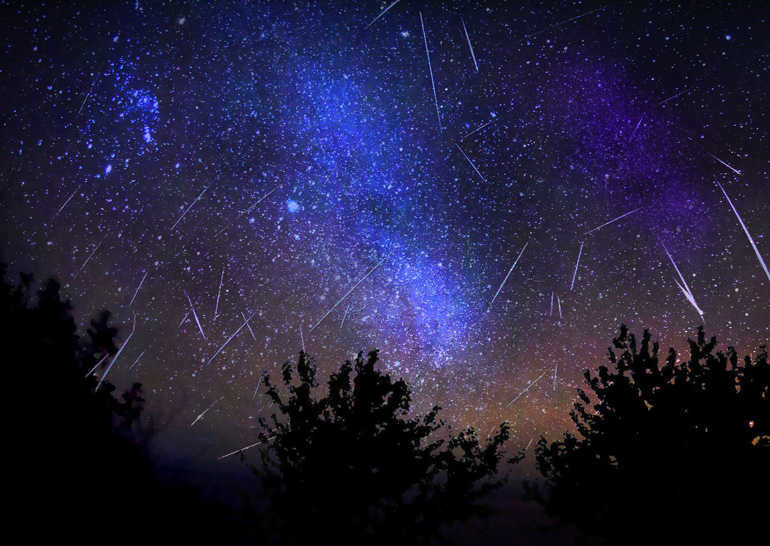
In a matter of minutes, millions of luminous bodies streak by from a particular section of celestial space. The mass meteorite fall consists of a stream of stone particles that originated from small mineral elements.
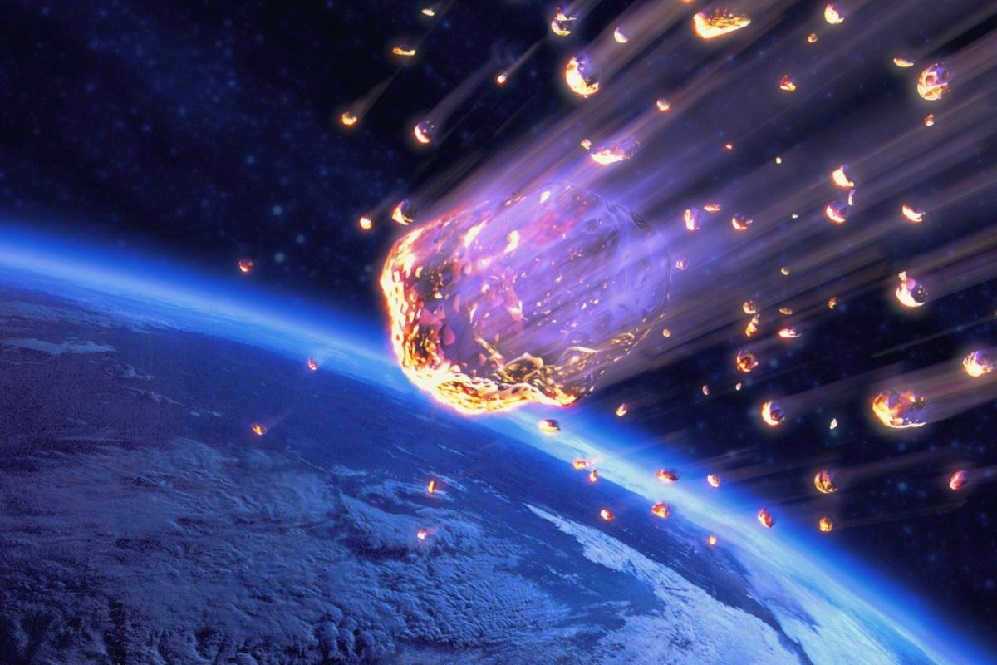
Meteorites are characterized by their small size, typically no bigger than a grain.
When a large meteorite descends through the Earth’s upper atmosphere, it breaks apart into smaller fragments.

Right now, it is dispersing millions of tiny particles, which form the meteor shower stream. Often, their journey is accompanied by a thunderous sound and a dazzling glow.
Risk of Meteorites
The mere idea of a massive celestial body hurtling towards Earth is enough to strike fear into the hearts of anyone.
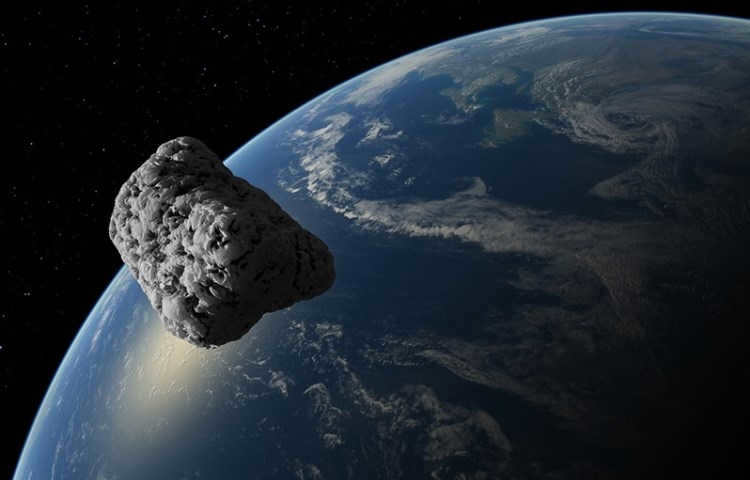
Due to the numerous hypotheses and theories regarding the potential threat of meteorites to humans, there is a wide range of opinions on this matter.
The likelihood of a meteorite directly hitting a residential structure is actually quite low.
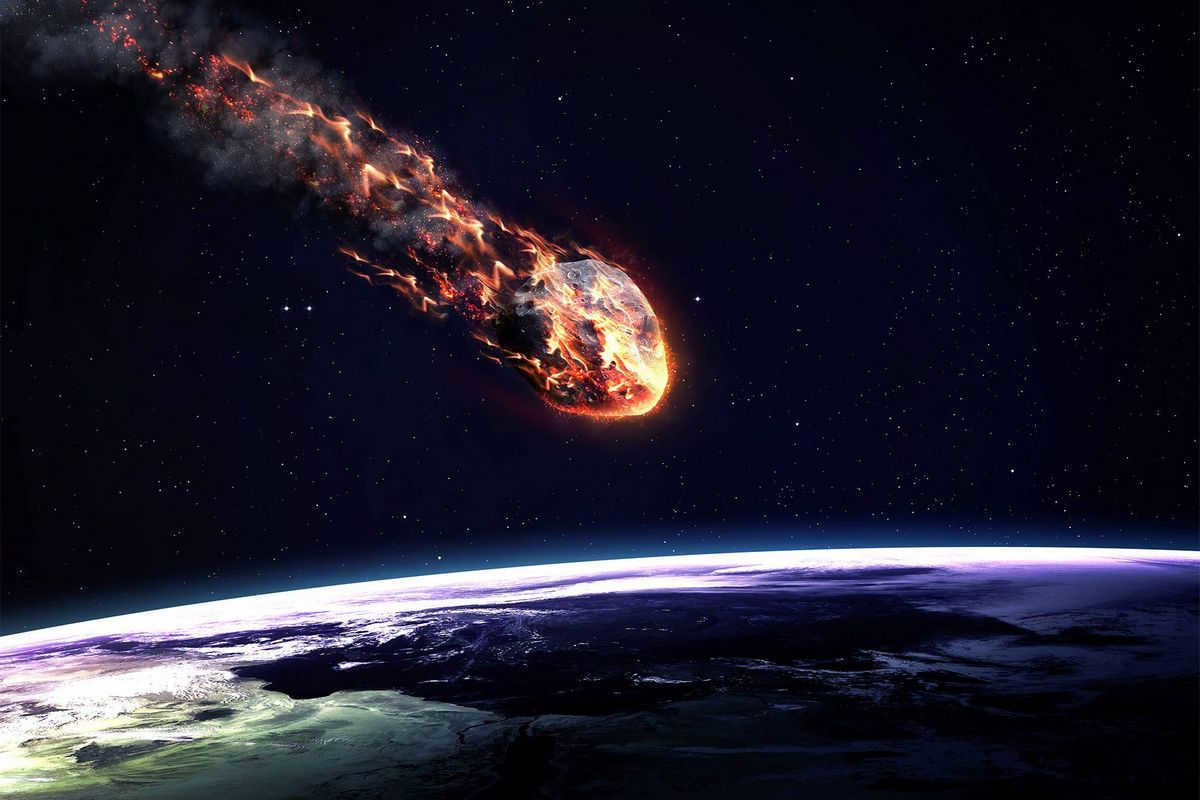
In actuality, there have been no significant injuries recorded throughout the course of their descent. Naturally, it is important to take note of their presence, but there is no need to be alarmed.
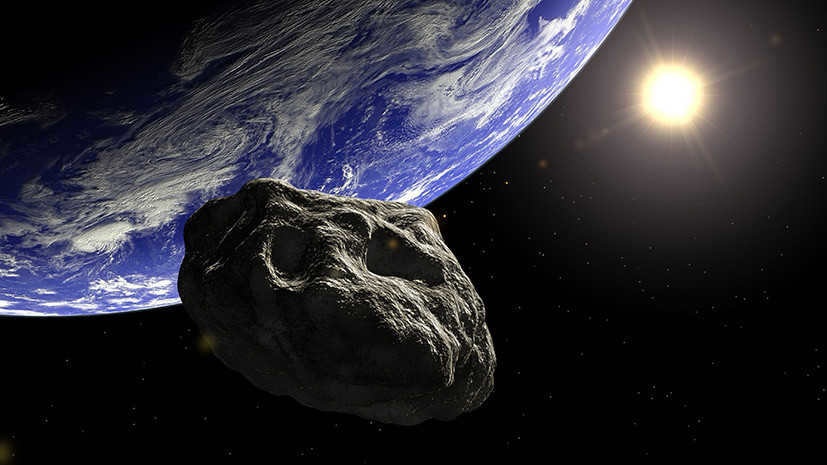
There is a belief among some that solid celestial objects may contain radiation, but this is merely conjecture. No radioactive elements have ever been detected in their composition. As a result, meteoric bodies pose no threat to the soil and humanity.
A meteorite is a celestial body that has landed on the surface of a celestial object. It has a mass of a few kilograms and enters the Earth’s atmosphere with a velocity not exceeding 22 km/s, resulting in a decrease in speed. However, not all of the substance vaporizes and the meteorite generally remains intact.
Despite the fact that 100 tons of meteoric material fall to Earth every day, meteorite falls are extremely rare occurrences. Any such event should be immediately reported to the Meteorite Committee. The fall of a meteorite is such a unique phenomenon that museums worldwide currently possess samples of approximately 2,000 meteorites (the RAS collection holds around 200).
Categories of meteorites
Meteorites can be classified as iron, stone, and iron-stone. Iron meteorites are composed of a unique alloy of iron and nickel that is not found naturally on Earth. Stone meteorites are made up of small balls of chondrules that can be easily seen on the fractured surface. These meteorites have a chemical composition of silicates, which are minerals commonly found on Earth. However, there are only a few minerals that are specific to meteorites.
Meteorite impact site
It is highly uncommon to come across meteorites of such colossal dimensions, measuring tens, hundreds, or even more meters in size. Upon entering Earth’s atmosphere, they fail to decelerate in time and upon collision with the planet’s surface, they detonate, giving rise to a meteorite impact site. One such impact site can be found in Arizona (USA), boasting a diameter of approximately 1200 meters and a depth of 175 meters.
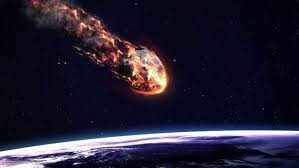
What is a meteorite?
A meteorite is a celestial object of cosmic origin that has fallen to the surface of the Earth. When entering the atmosphere, debris from asteroids does not completely burn up and therefore lands on the planet’s surface.
Meteorites are the oldest known minerals, with an age of up to 4.5 billion years. They hold special value for scientists as they can be used to study the processes that accompanied the formation of planets. Meteorites have been the subject of study for over 200 years.
The mass of meteorites can range from a few hundred grams to several kilograms. The fall of large meteorites is a rare occurrence, often accompanied by a loud noise and explosion upon impact with the Earth. These impacts create craters, providing insights into processes occurring in space.
The classification of meteorites will be continued in the report. There are several designations for meteorites:
A celestial body that enters the Earth’s atmosphere is known as a meteoroid. It is also classified in different ways – as an asteroid, meteorite, fragments, or cosmic dust. Rocks that leave a bright trail of light behind them are referred to as a bolide or meteor. Meteorites that have fallen to the Earth are commonly named after the locations where they were discovered.
Meteorites are categorized into 2 subclasses:
- Chondrites, which consist of silicate formations.
- Achondrites, which resemble igneous rocks found on Earth.
Based on the method of detection, they are classified as:
Engaging Trivia about Meteorites
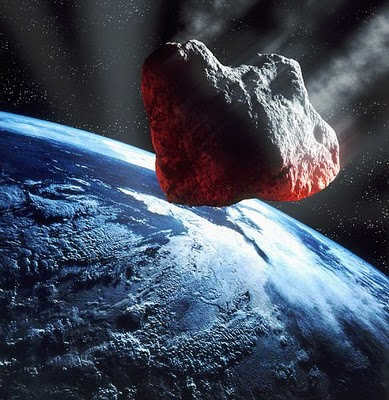
Meteorite Classification
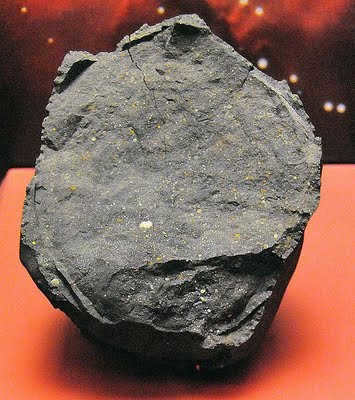
There are two subclasses of stone meteorites: chondrites and achondrites. Chondrites got their name because they are composed mostly of chondrons, which are spherical formations made primarily of silicate. Chondrites are the oldest and most primitive types of meteorites. They have a finely crystalline matrix, and the majority of chondrules are smaller than 1 mm in size. Chondrites can date back as far as 4.5 billion years.
Less than 10% of all rock meteorites belong to a specific group called achondrites. Achondrites are similar to igneous rocks found on Earth as they lack chondrules and are made up of material that formed through planetary and protoplanetary melting processes. The majority of meteorites that reach Earth come from the asteroid belt, which is situated between Mars and Jupiter, and this is not unexpected. This region is known to host the largest and most prominent concentration of meteorite bodies.
According to calculations by astronauts, the chances of a person being hit by a meteorite are approximately once every two centuries. There is only one officially recorded case of this happening. In the middle of the last century, a meteorite struck a woman named Ann Hodges. Fortunately, her injuries were not serious, with only damage to her shoulder and hip. Despite the impact, she managed to survive. In 1954, a meteorite crashed through the roof of her house. Interestingly, on that same day, as on any other day, about 4 billion celestial bodies fell to Earth, according to statistics from scientists. But how do they define a meteorite, and what do other experts think?
What exactly qualifies as a meteorite?
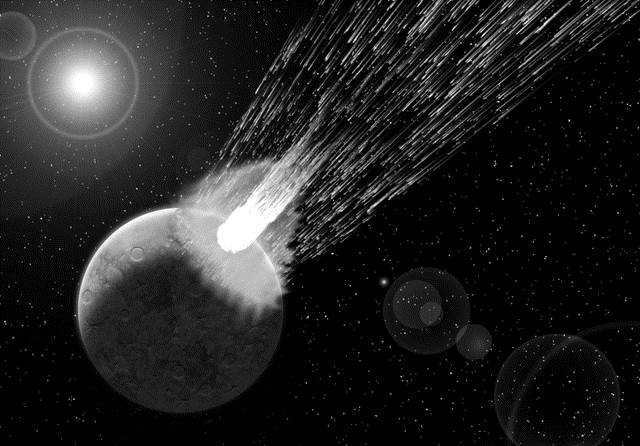
The image depicts the motion of particles as they gravitate towards the celestial body.
The descent of meteorites transpires at velocities ranging from 5 to 20 kilometers per second. The planetary exteriors only retain a fraction of the original meteorite mass, not surpassing 10 percent. Due to atmospheric friction, 90 percent of the substance disintegrates, resulting in an incandescent display. These occurrences are commonly referred to as shooting stars or meteor showers when there is a substantial influx of celestial bodies.
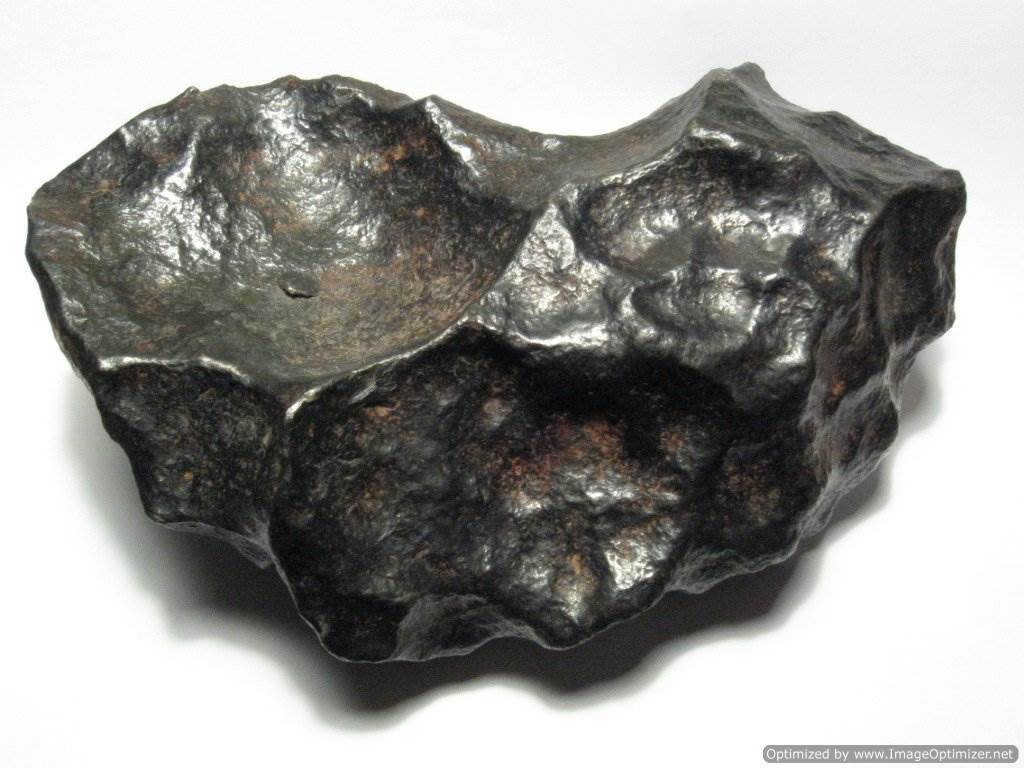
In the picture of a descending meteorite
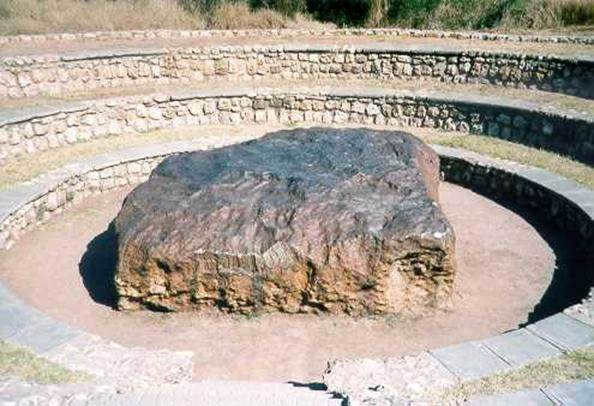
The Tunguska meteorite, or more precisely, its shattered pieces.
Even though houses thousands of kilometers away from the Tunguska taiga had their windows shattered, only tiny silicate spheres were discovered. No meteor crater has been located, leading to ongoing debates about whether the celestial event was indeed caused by a meteorite.
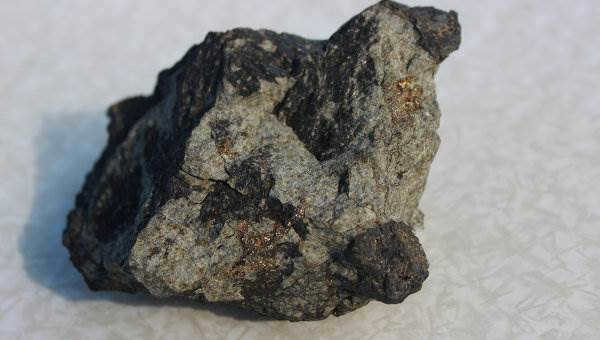
The picture shows the Irkutsk meteorite
The main theory regarding the origin of meteorites is fragmentation. It is theorized that these celestial bodies break off from asteroids and planets. Scientists have discovered blocks with a chemical composition identical to the surface of Mars, Venus, and the Moon. This leads scientists to believe that when celestial bodies collide, blocks detach and eventually fall onto other planets within our solar system and beyond.
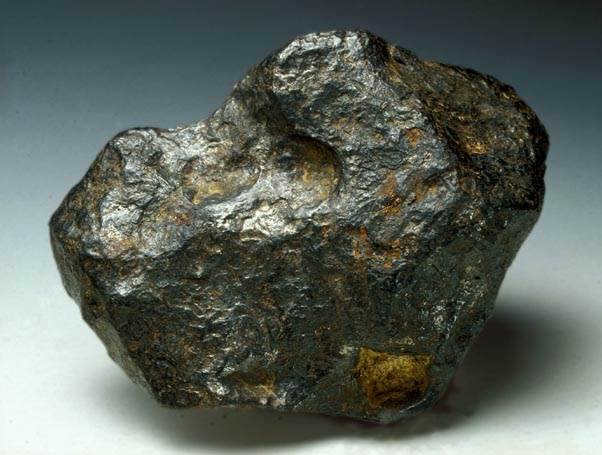
There is an iron meteorite in the photo
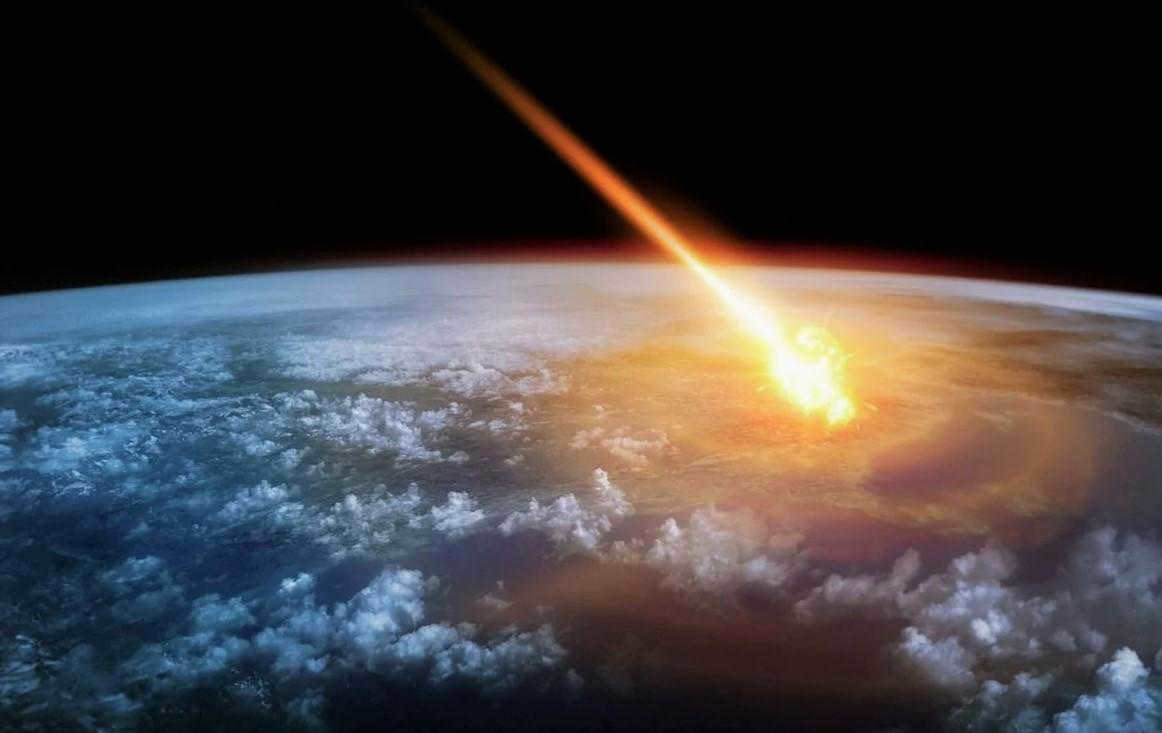
From time to time, meteorites make their way to our planet. While most of these celestial objects burn up in the Earth’s atmosphere, a few of them manage to survive and land on the surface, capturing the fascination of scientists and enthusiasts alike. Astronomers diligently monitor and gather data on these incoming objects as they approach Earth.
Definition of a Meteorite
A meteorite refers to a celestial object that successfully survives the journey through a planet’s atmosphere without completely burning up and manages to land on the surface. Due to the Earth’s continuous movement, it occasionally intersects the paths of small, solid bodies, resulting in their direct descent onto its surface. When a solid object from space is traversing through the Earth’s atmosphere, it is referred to as a meteor. However, once a portion of it reaches the ground, it is officially classified as a meteorite.
Meteorites are compact objects that have a diameter of only a few meters and are distinct from asteroids in terms of their size. Throughout the history of the Earth, a vast quantity of these objects have impacted its surface. In the initial billion years of the planet’s development, meteorite impacts were especially frequent. In present times, the influx of celestial bodies has significantly diminished, primarily appearing as minuscule particles of dust that rapidly incinerate upon entering the atmosphere.
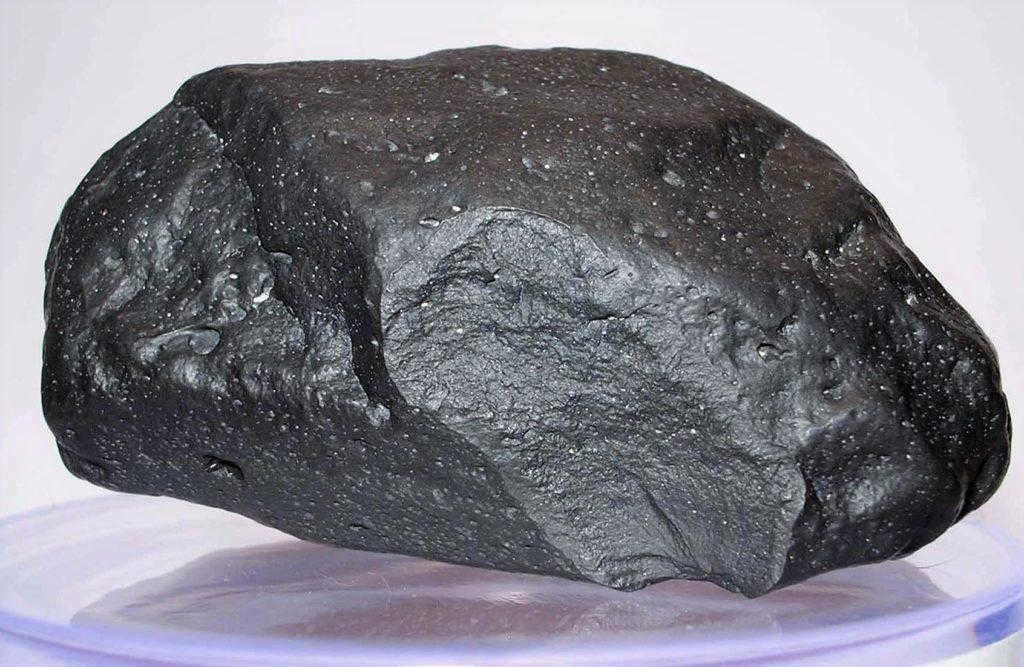
A meteorite exhibiting a distinct fusion crust
Among the primary external indications of a meteorite, it is worth mentioning:
In addition, these celestial bodies possess an irregular structure. Encountering a meteorite with a smooth or conical shape is quite rare. The outer layer consists of molten material that rapidly solidifies upon entry into the atmosphere, a process that occurs at temperatures of approximately 1800 degrees.
The indentations that characterize the surface of a meteorite are known as regmaglypts. These form as a result of ablation processes during the meteorite’s passage through the atmosphere. All meteorites exhibit magnetic properties.
When meteorites descend to our planet, what exactly occurs?
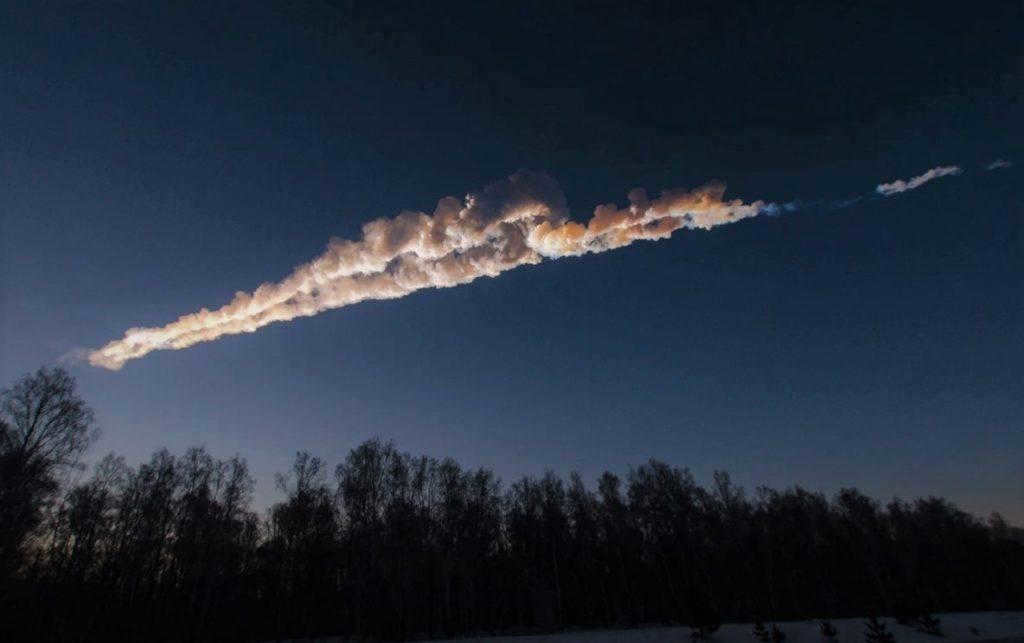
Trace from the descent of a meteorite in Chelyabinsk
Most celestial objects possess a remarkably high velocity (reaching up to 72 km/s upon entering the atmosphere). The friction between the meteorite and the air causes it to ignite and emit light. Typically, these solid bodies burn up entirely before making contact with the Earth’s surface. In the case of a larger meteorite, its movement gradually decelerates, and it cools down on its own. The subsequent course of events is contingent upon the initial velocity, mass, and angle at which the meteorite enters the atmosphere.
Fascinating fact: traces of meteorite descents of varying sizes can be distinctly observed on other planets.
Meteorites can be referred to by various names and classifications, such as:
Objects from space are known as meteoric until they enter the Earth’s atmosphere. They are categorized based on different astronomical characteristics. A meteorite, an asteroid, or space dust can all be defined. If an object swiftly passes through the atmosphere, leaving a luminous trail, it is referred to as a meteor or a bolide. A solid object that lands on the Earth’s surface and creates a deep crater is known as a meteorite. These objects are named according to the location of their impact.
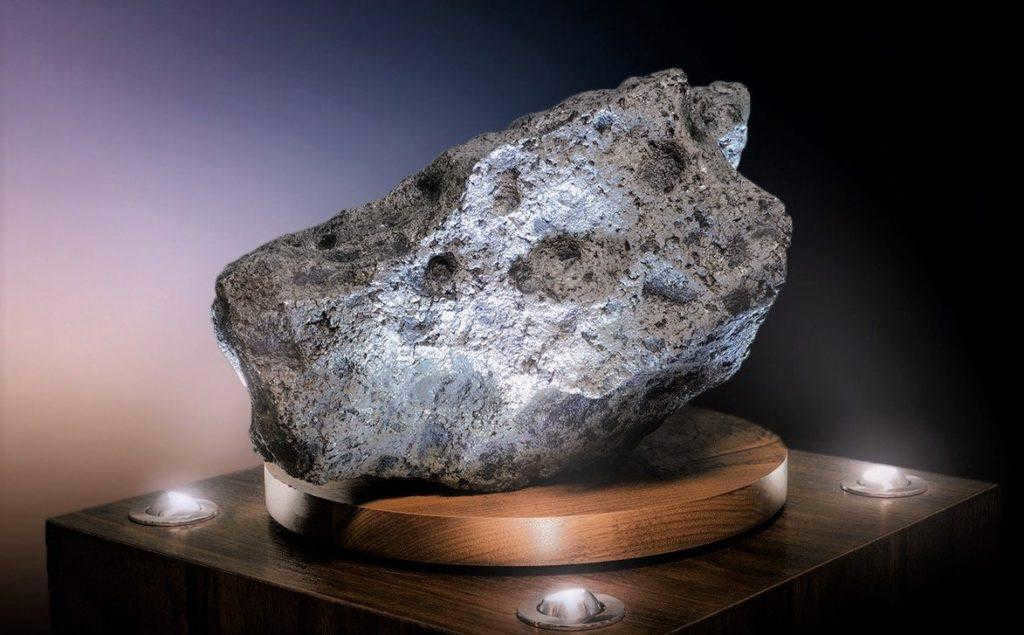
Stone meteorites can be categorized into different groups, such as chondrites and achondrites. Chondrites are named as such because they contain chondrules, which are silicate formations. Achondrites, on the other hand, are similar to igneous rocks found on Earth. These meteorites lack chondrules and are composed of material that formed after the melting of planetary bodies. Furthermore, meteorites can be classified as either fallen or found. Stone meteorites can easily go unnoticed as they closely resemble rocks found on our planet.
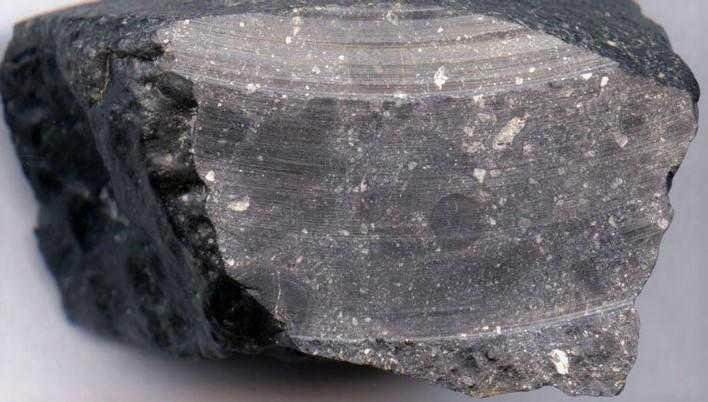
After collecting samples for analysis, the surface of a meteorite is examined.
The majority of meteorites are classified as stone species, with chondrites representing 92.8% of all surface impacts. Achondrites make up 7.3% of falls, while iron and iron-silicate meteorites account for 5.7% and 1.5%, respectively. These differentiated meteorite types are formed when substances from asteroids and other planetary objects collide with the celestial body.
Fun fact: Previously, it was believed that meteorites were formed from the explosion of a large celestial body, based on the hypothetical planet Phaethon. However, analysis has shown that meteorites are actually composed of various parts from asteroids.
Classification of meteorites
When most people think of a meteorite, they envision a solid iron object hurtling through space. While iron meteorites do exist and are known for their distinctive shapes and sizes, there are actually three main types of meteorites.
The type of metal known as iron
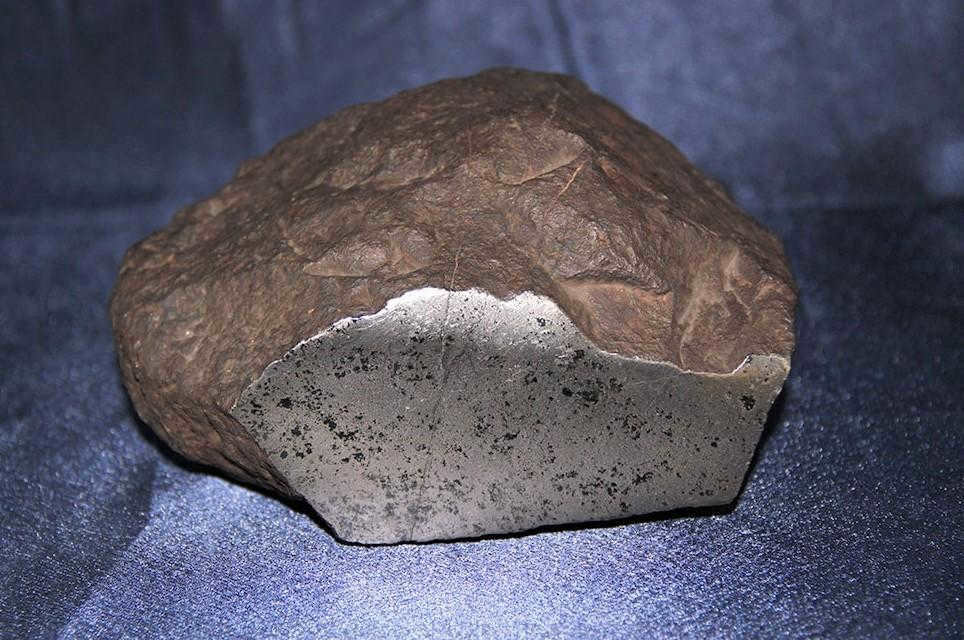
Iron meteorites were previously a component of a planet’s or a large asteroid’s core. The latter is thought to have developed the Asteroid Belt, which is positioned between Jupiter and Mars. On our planet, these substances are classified as some of the densest and also highly attracted to magnets. Iron meteorites are in fact considerably more substantial than regular rocks. You can compare their weight to that of a cannonball or a steel plate.
Stone formation
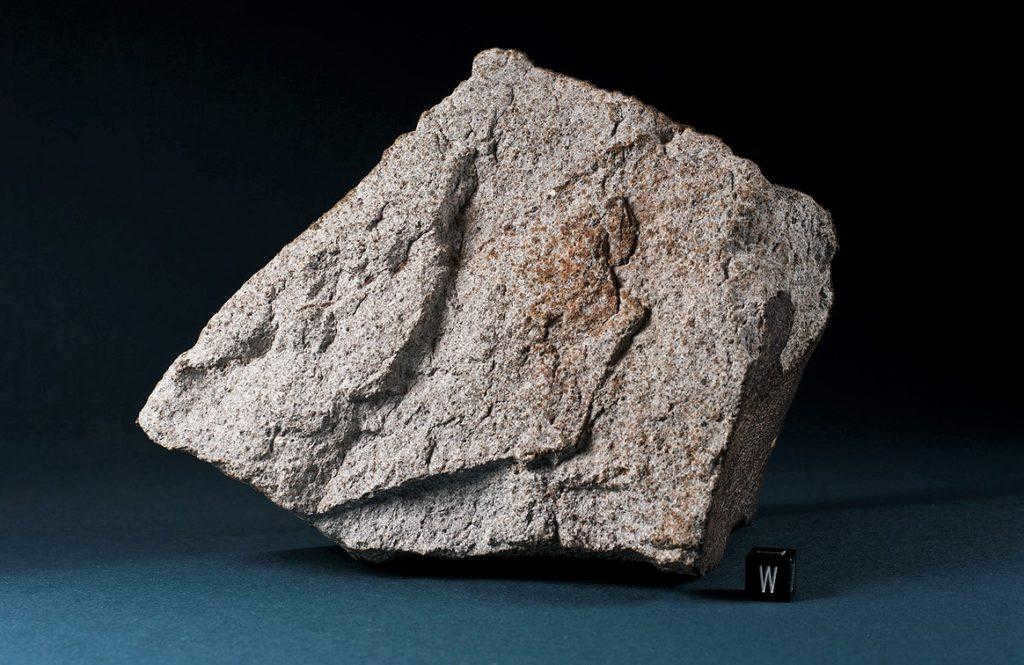
Stone meteorites, which are one of the largest categories of meteorites, originate from either an asteroid or the outer crust of a planet. The majority of stone celestial bodies that fall on Earth go unnoticed, as they bear a striking resemblance to the familiar rocks found on our planet. Only those with expertise can discern between Earth materials and meteorites. These extraterrestrial solid bodies are characterized by their dark hue, which they acquire during their journey through the atmosphere due to the process of combustion.
Stone-iron type
The stone-iron type is a unique combination of materials that offers a range of benefits. This type of material is known for its durability and strength, making it ideal for a variety of applications. Whether you’re looking for a sturdy building material or a reliable tool, the stone-iron type has got you covered. Its unique composition allows it to withstand extreme conditions, making it perfect for outdoor use. Additionally, the stone-iron type is resistant to corrosion, ensuring that it will last for years to come. With its versatility and longevity, the stone-iron type is a top choice for many industries.
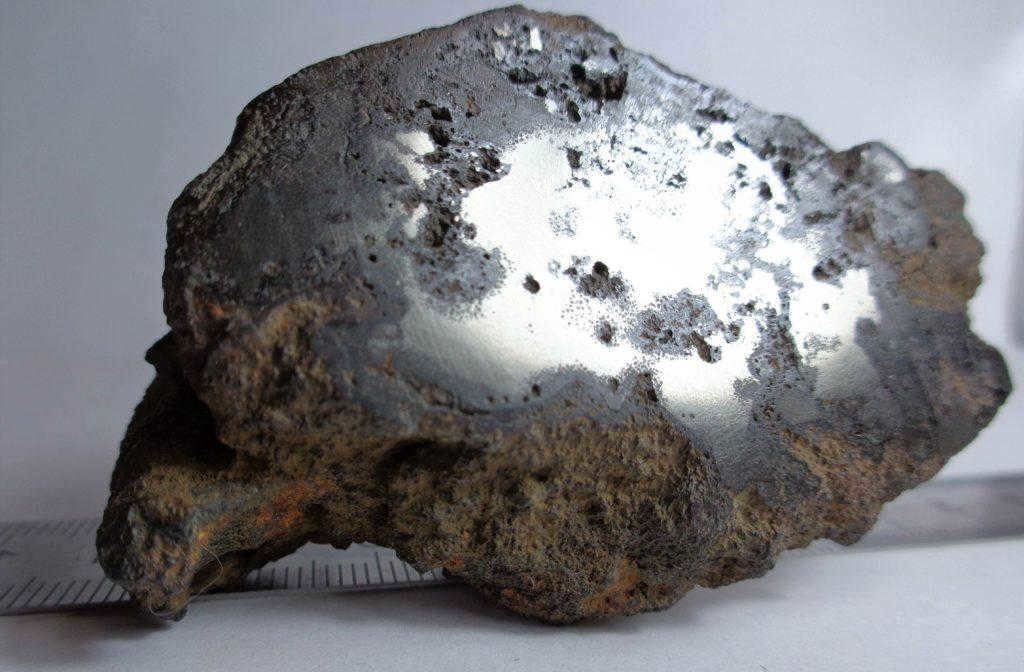
The stone-iron meteorites are a particularly rare type. They make up only 2% of the total meteorite population. These celestial bodies are composed of equal parts rock and iron, and are further classified into mesosiderites and pallasites. Stone-iron objects are believed to have formed at the boundary between the mantle and crust of their parent bodies.
Among collectors, pallasites are highly sought after. They are composed of an iron and nickel matrix, filled with olivine. If the olivine crystals are pure and have a green color, they are considered gemstones known as peridots. Mesosiderites, on the other hand, make up the smallest group of stone-iron meteorites. These objects have an attractive appearance and consist of nickel and silicates.
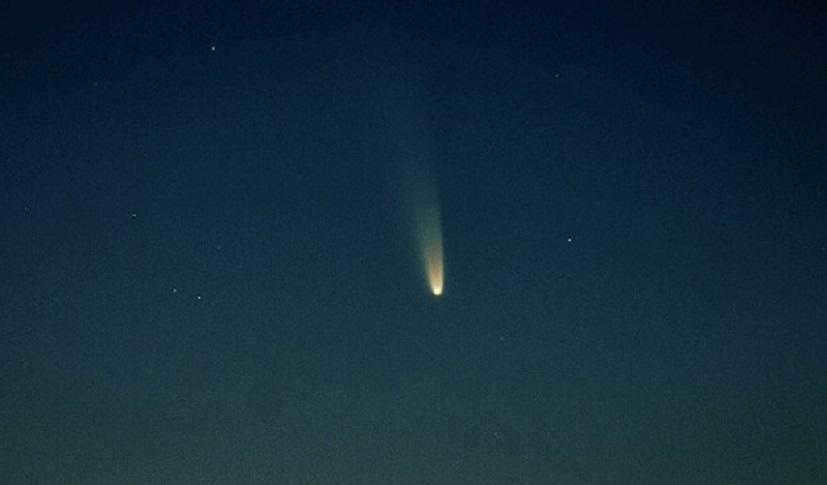
Photograph of comet NEOWISE
It is not rare for a meteoroid to be misidentified as a bolide, meteor, or asteroid. To comprehend the categorization of celestial bodies, one must examine their characteristics.
- Meteorites are astronomical bodies that have successfully traversed a planet’s atmosphere and landed on its surface.
- Meteors are diminutive fragments of celestial bodies, not surpassing a few centimeters in size. These particles enter the atmosphere at great velocity and burn brightly, resembling a shooting star.
- A bolide is a considerably luminous meteor. Following such a fireball, a trail of smoke can be observed. The passage of a celestial body is accompanied by a loud sound and often concludes with an explosion.
- Comets are celestial objects composed of ice and gas that revolve around the Sun. As a comet gets closer to the Sun, it develops a tail that can extend for millions of kilometers.
- Asteroids, on the other hand, are rocky space bodies that do not exhibit any activity. They usually have orbits located between Mars and Jupiter, with some even forming part of the outer belt beyond Pluto’s orbit.
Meteorites’ Parent Bodies
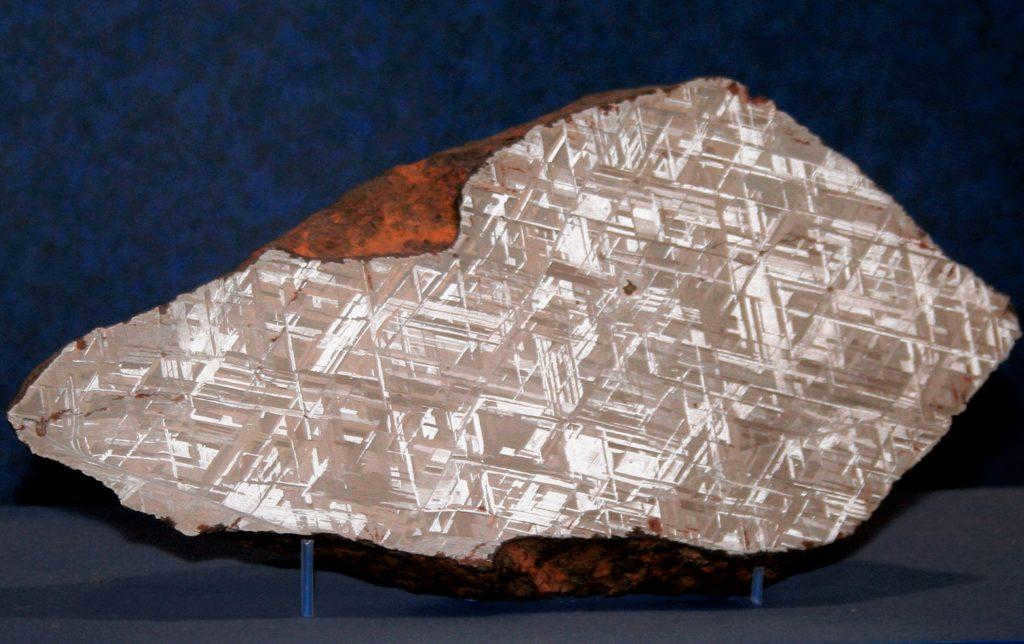
Widmannstätten figures observed on a section of a meteorite
Following the examination of meteorite’s chemical composition and other characteristics, scientists have deduced that they are fragments originating from large celestial bodies within our solar system. These parent bodies typically have a radius of approximately 200 km, similar to that of the largest asteroids. The analysis is based on the cooling process of iron meteorites, which results in the formation of various alloys containing nickel, giving rise to widmanstetten figures.
Did you know? Scientists have determined that meteorites originate from the asteroid belt by analyzing photos of their flight.
Meteor showers
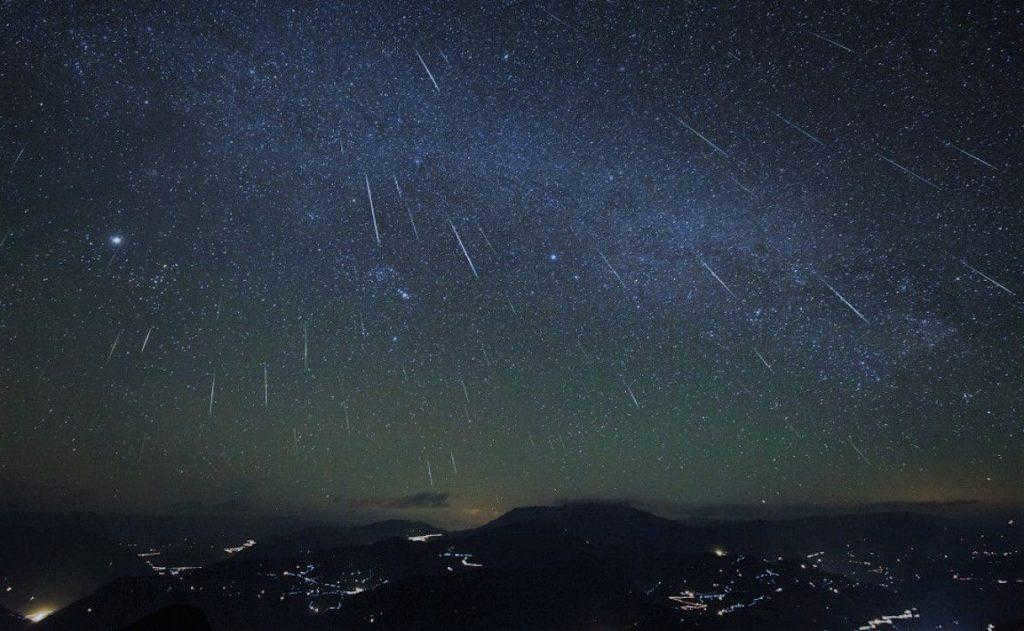
Picture depicting a meteor shower
As the meteorite enters the Earth’s atmosphere, it starts to break apart. Numerous fragments descend onto the planet, forming craters. This occurrence is commonly referred to as a meteor shower, often mistaken for a meteorite shower. The distinction lies in the fact that meteors never make contact with the Earth’s surface, whereas fragments of a meteorite can potentially cause significant damage.
Organic Matter in Meteorites
Meteorites containing carbon often have a glass-like crust that forms when they experience high temperatures during their descent. This outer layer acts as a protective barrier, preserving the composition of the celestial object. Extensive studies on the chemical makeup of meteorites have revealed elements that closely resemble those found on Earth. For instance, carboxylic acids, hydrocarbons, and nitrogen compounds have been detected. However, it cannot be definitively concluded that these findings confirm the existence of extraterrestrial life.
A meteorite is a celestial body that has landed on the surface of another celestial body.
Usually, individuals handle meteorites that have crashed onto the Earth’s surface. Nevertheless, meteorites have also been discovered on the Moon and Mars. The biggest meteorite discovered on Mars, measuring 2 meters in length, was dubbed Lebanon.
What is the origin of their names?
For instance, the renowned black stone of the Kaaba, a sacred artifact of the Muslim faith, is believed to be an aerolite. However, this stone has never been thoroughly examined.
Subsequently, due to an increasing amount of compelling new evidence, the Paris Academy was ultimately compelled to acknowledge the veracity of celestial bodies falling to Earth.
What exactly is meteoric iron?
Interestingly, many civilizations actually crafted their initial iron products from meteorites.
The reason for this is that iron ores are not visually appealing, making it difficult to identify the metal source within them. However, iron meteorites frequently land on Earth, making it relatively easy to extract a piece of iron from a pre-formed block and fashion it into a blade.
It was only much later that people learned how to obtain iron from terrestrial ore. This process necessitated advanced technology, particularly high temperatures for processing.
What is their origin?
According to a popular theory, meteorites are remnants of the long-lost planet Phaeton. It was believed to have once orbited between Mars and Jupiter, but it is thought to have been destroyed by the gravitational forces of these two planets.
However, contemporary scientists argue that Phaeton was never a real planet. Instead, meteorites are believed to be primarily fragments of asteroids or small planets.
The asteroid belt does exist between Mars and Jupiter, but objects from this belt can be influenced by the gravitational pull of nearby celestial bodies and deviate far from their original orbit.
What are the biggest meteorites?
Goba, the largest meteorite discovered on Earth, was found in Namibia, southern Africa. It fell during prehistoric times and was unearthed in 1920.
Composed mainly of iron with traces of nickel and cobalt, Goba weighs a staggering 66 tons. At the time of impact, it could have weighed up to 90 tons, but over the millennia, about a third of the meteorite has been eroded by rust.
In Russia, the Sikhote-Alin meteorite holds the title for the largest meteorite found. Also an iron meteorite, it crashed in the Ussuri taiga in 1947. It was named after the Sikhote-Alin mountain range. The combined mass of its fragments is approximately 30 tons.
However, the Chelyabinsk meteorite, which caused quite a stir in 2013, was relatively smaller. The largest fragment weighed 615 kg. It gained fame for two reasons.
Initially, it descended above a vast metropolis, and its descent was witnessed by numerous individuals, with some even managing to record it using their mobile phone cameras. Additionally, it plummeted at an incredibly high velocity. The impact produced a deafening noise when it surpassed the speed of sound, resulting in shattered window panes in houses throughout Chelyabinsk. Approximately one thousand residents of the city sustained injuries from the fragments.
By the way, the safety of meteorites is directly influenced by their falling speed. The swiftest ones incinerate almost entirely, while the slowest ones merely shed weight.
Which is the most well-known meteorite?
The Tunguska meteorite is undoubtedly the most well-known. It crashed in 1908 in Siberia, in the basin of the Podkamennaya Tunguska River, a tributary of the Yenisei.
The explosion upon impact, which occurred approximately 10 kilometers above the ground, was incredibly powerful. Trees were knocked down within a radius of 2,000 kilometers. Windows in houses were shattered hundreds of kilometers away from the crash site. The shockwave was even detected in North America.
However, only microscopic silicate and magnetite spheres were discovered at the crash site. As a result, it remains unclear what the object actually was: a large icy meteorite, an icy comet, or even an artificially created object. Some scientists and authors of numerous science fiction novels lean towards the latter possibility.
By the way, what caused the extinction of the dinosaurs?
One theory suggests that the demise of the dinosaurs was caused by the impact of a massive meteorite.
Located on the Mexican peninsula, the Chicxulub crater is evidence of this cataclysmic event. With a diameter of 180 kilometers, it was created by the impact of a large meteorite, similar in size to a small asteroid. This impact occurred approximately 65 million years ago, towards the end of the Cretaceous period.
However, it is important to note that this hypothesis is not universally accepted. The only certainty is that the meteorite impact at Chicxulub coincides in time with the Cretaceous-Paleogene extinction event, which led to the disappearance of many animal species.
Is it possible for a meteorite to cause a fatality?
The chances of a meteorite directly hitting and killing a person or any other living being are incredibly slim. However, there have been instances of such occurrences throughout history.
During the 16th century, Italian scientist-encyclopedist Girolamo Cardano documented a case where a monk in the monastery of St. Mary in Milan was fatally struck by a stone that had fallen from the sky, piercing deep into his body.
In the early 20th century, a meteorite fell near the village of Nakhla in Egypt, resulting in the death of a dog. This incident was well-documented, and the Nakhla meteorite was extensively studied and described.
More recently, in February 2016, a meteorite killed a bus driver in the village of Pantharapalli, located in the Indian state of Tamil Nadu. The bus driver was peacefully walking on the lawn of a local college campus when the meteorite struck, also injuring three other individuals in the process.
Speaking of the indirect impacts of meteorite strikes, they have the potential to be extremely destructive. To put it simply, if an event similar to the Tunguska phenomenon were to occur in a densely populated area (such as Tamil Nadu), the aftermath would be comparable to that of a thermonuclear explosion.
For children who are curious about meteorites, here is an explanation: including descriptions, photos, interesting facts, definitions, how they fall to Earth, where they are found, different types, composition, and fragments from the Moon and Mars.
This article provides numerous fascinating facts about meteorites and highlights some of the most well-known instances of meteorite falls, complete with photos of the aftermath. Additionally, you will discover where meteorites originate and how they make their way to Earth from space.
At school, parents or teachers can start educating children about meteorites, which are space debris made of stone and iron. These objects become meteorites if they decide to pay a visit to our planet. They are typically found in the asteroid belt, which is located between Mars and Jupiter. It is important to make children understand that meteorites can come in different sizes, ranging from tiny ones weighing just 1 gram to massive blocks weighing up to 60 tons.
When a meteorite’s path intersects with Earth’s orbit, it travels towards our atmosphere at a high velocity. As it enters the atmosphere, it creates a bright streak, commonly known as a meteor or shooting star. However, it’s crucial for children to distinguish between a meteor and a meteor shower. A meteor shower occurs when the Earth passes through the orbit of a comet, resulting in multiple meteors entering the atmosphere simultaneously.
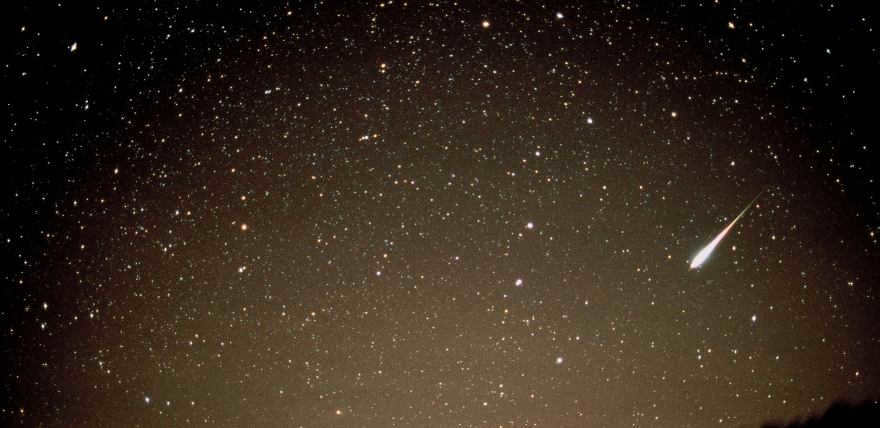
A dazzling meteor in the nocturnal heavens
A meteor with remarkable luminosity is referred to as a fireball, which can be labeled as a bolide if it exhibits a noticeable trail of smoke or explosive impact. These occurrences can have a profound impact on the environment and inhabitants of the Earth. Just consider the fall in Russia on February 15, 2013, which generated a shockwave resulting in destruction and injuries (the Chelyabinsk meteorite).
Occasionally, their strength is tremendously immense, causing a large fragment to fragment into numerous smaller ones. The region in which they touch down is known as the scatter ellipse.
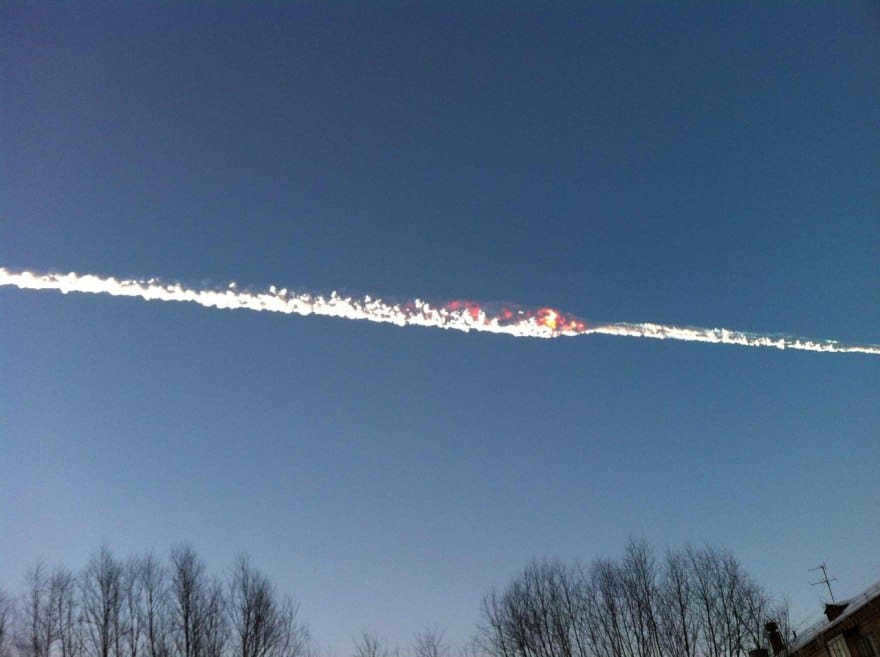

A meteor that burst above Chelyabinsk on February 15, 2013
Upon entering the Earth’s atmosphere, the fragment acquires distinctive signs of ablation (with most of the surface melting). It also possesses a rounded leading surface, a conical shape, and radial lines as well as cooled molten material on the rear side.
It’s important for children to understand that although it is extremely rare, there are occasions when a meteorite does manage to strike the Earth’s surface and create a crater. One such example is the meteor crater in Arizona, which is highly renowned. The specific type of rock that is formed from these impacts is known as impactite. When the heated rock collides with the ground, it creates a unique type of glass called crater glass. Another material that is formed from asteroid impacts is tektite, which is a type of glassy rock that is created through the process of melting. Some tektites, known as Aussies, take on aerodynamic shapes and even become malleable. The Muong Nong tektite is a well-known example of this phenomenon.
It is fascinating for young children to learn that meteorites fall in a haphazard manner and are scattered all across the globe. A significant number of them end up in bodies of water, but there are also those that land on land, although they are usually in the form of tiny pieces or dust. Their arrival is accompanied by a blinding light, a trail of smoke, and a thunderous sound. They can either explode in the air or break into multiple fragments and crumble to the ground. In the past, there was no technology to track these celestial visitors, so many of them have never been discovered. It is important for children to be aware that thousands of meteorite fragments rain down on Earth each day. There are so many of them that the weight of our planet increases by tons.
Although meteorites can fall in various locations, their survival is primarily observed in deserts or places with scarce rainfall. Due to their iron content, they initiate the process of decay in the atmosphere. When they land in forests or jungles, they quickly disappear into the soil and decompose as a result of weathering.
Deserts provide favorable conditions for meteorites. These regions have yielded thousands of space rocks over the past several decades, with many remaining undiscovered for centuries. However, it is important to educate children that a desert is not exclusively characterized by heat and sand. For instance, Antarctica is also considered a desert due to its lack of rainfall. Numerous meteorites have been found on ice or within glaciers, where the freezing temperatures have preserved them from decomposition.
Explanation of Meteorite Types for Kids
In order to explain meteorite types to children, we can start by mentioning that scientists have discovered three distinct types. The first type consists of iron meteorites that contain varying levels of nickel. The second type, which is the most prevalent, is composed of stone meteorites made up of silicate minerals with a small amount of metal particles. The third type is a combination of stone and iron meteorites, with equal parts of each. While most meteorites originate from the asteroid belt, there have been reports of meteorites originating from Mars and the Moon.
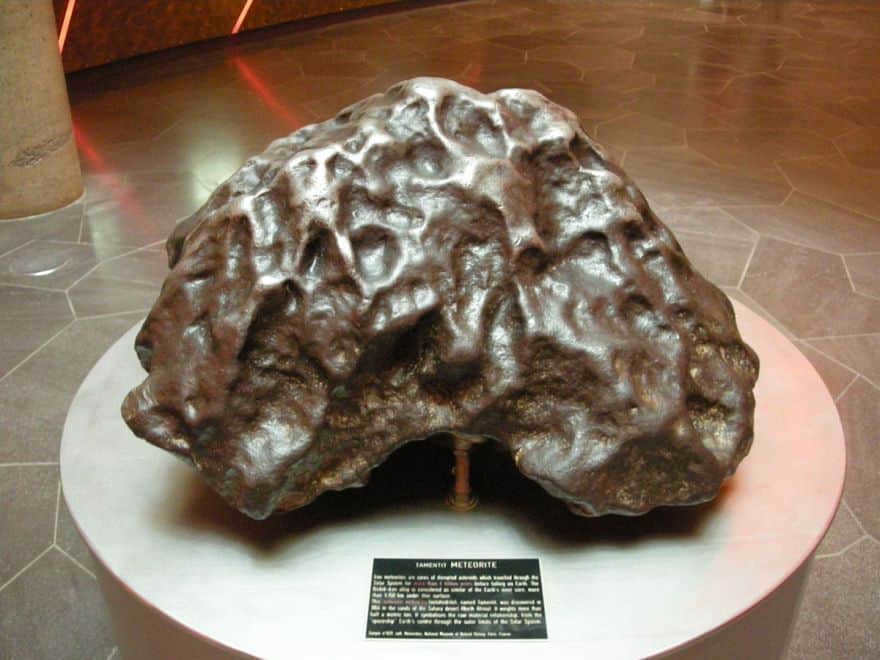

The composition of an iron meteorite is primarily nickel-iron, with a small presence of mineral additives. These additives are limited in quantity. Iron meteorites can be categorized into three main groups: octahedrites, hexahedrites, and ataxites. Almost all meteorites contain metallic nickel, which originates from the initial massive alloy and determines the classification of the meteorite upon impact.
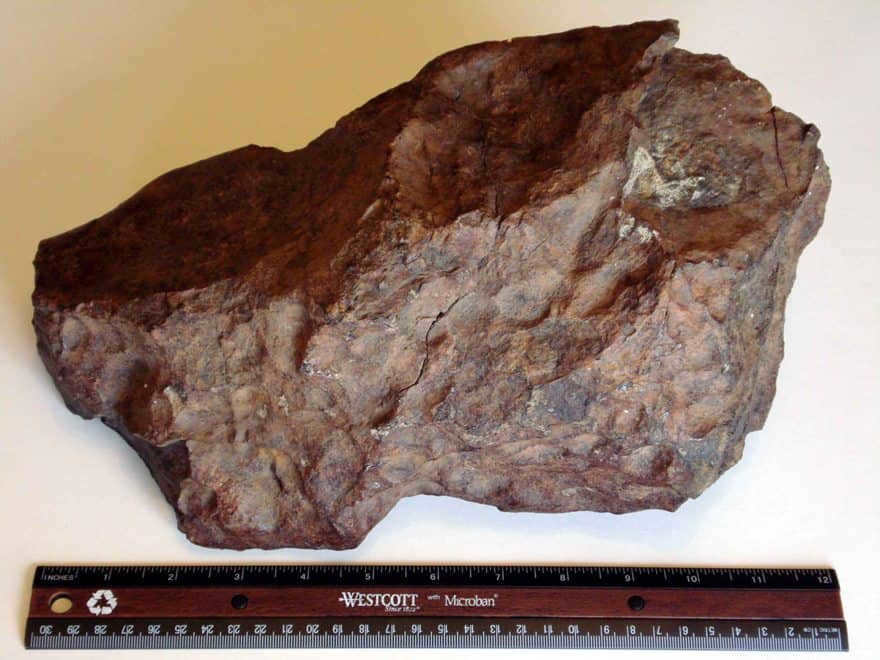
This category represents the largest cluster, comprising of minerals similar to those found on Earth. They are categorized into two groups: chondrites and achondrites. Chondrites are named so due to the presence of chondrules. These chondrules formed when molten rock material in space cooled into small, rounded spheres and eventually crystallized into minerals. On the other hand, achondrites are stony meteorites that lack chondrules. Their composition indicates that they formed in an environment with the presence of gravity. Most stone meteorites also contain impurities of metallic nickel-iron in the form of grains.
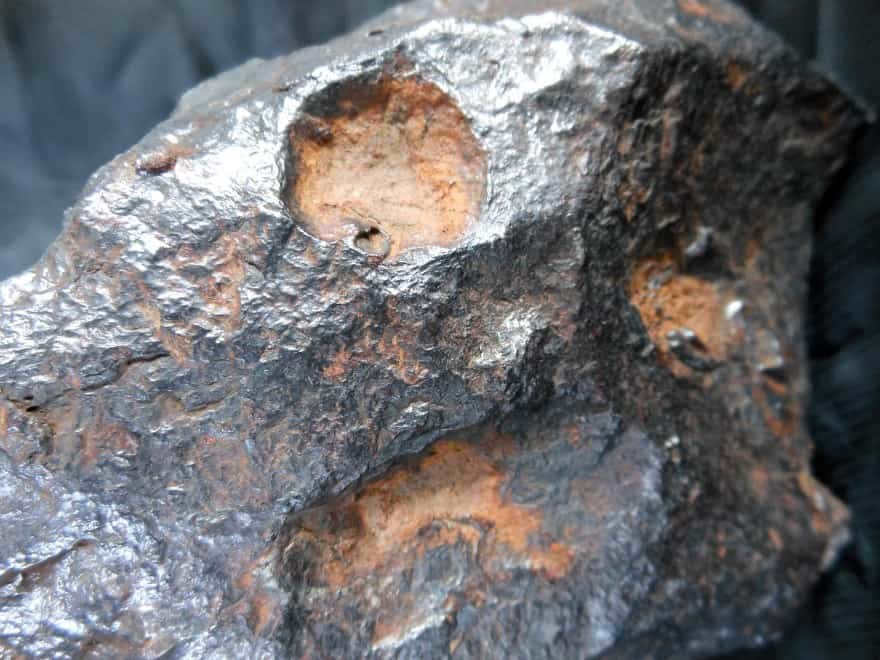
Metallic iron, stone, and nickel make up the composition of meteorites. These meteorites can be categorized into two groups: pallasites and mesosiderites. Pallasites contain olivine, while mesosiderites have high levels of silicate minerals.
Lunar meteorites, on the other hand, are fragments of volcanic rock known as basalt. These rocks have been broken up and separated by cosmic impacts. Each meteorite exhibits small patches with different colors. These rocks are incredibly ancient, and scientists believe that the moon’s activity ceased during its early formation stages.
There are three groups of Martian meteorites: shergotni, nakhla, and chassigny, collectively known as the SNC group. Researchers have been able to prove their origin by comparing them to the Martian atmosphere data collected by the Viking spacecraft in 1976.
Currently, the presence of monitoring services at NASA ensures that fallen meteorites on Earth do not pose any significant threat. However, there exists a compelling theory suggesting that the destruction of the dinosaurs may have been caused by one of these large fallen meteorites. It is not surprising to consider this theory, given the historical impact of the Tunguska meteorite, which resulted in a powerful explosion within the taiga. The internet is home to numerous videos showcasing the mesmerizing sight of falling meteorites, as well as photographs capturing the unforgettable event in Chelyabinsk. Interestingly, it is not only scientists who take an interest in these celestial fragments, but also ordinary individuals, as these space relics are often sold at auctions.

Meteorites occasionally plummet to the Earth. Most of these celestial objects disintegrate in the atmosphere, but a few manage to make it to the ground, capturing a great deal of attention. Astronomers continually monitor the approach of all objects to the Earth and gather information about them.
Definition of a Meteorite
A meteorite is a celestial body that survives the Earth’s atmosphere and lands on the surface. Due to the Earth’s constant movement, it periodically intersects the paths of small solid bodies, causing them to fall directly onto its surface. While a solid object from space is travelling through the Earth’s atmosphere, it is called a meteor, but when a portion of it reaches the surface, it is referred to as a meteorite.
Meteorites are compact objects with a radius of just a few meters and they are distinct from asteroids in terms of their size. Throughout the entire history of our planet, a vast quantity of these objects have impacted its surface. During the initial billion years of Earth’s formation, meteorite impacts were especially frequent. In present times, the influx of celestial bodies has significantly decreased, mostly manifesting as tiny dust particles that rapidly disintegrate upon entering the atmosphere.
Outward indications


A meteorite featuring a noticeable fusion crust
Among the primary external indications of a meteorite, it is noteworthy to mention:
In addition, these celestial objects possess an irregular form. It is rather challenging to come across a meteorite that has a rounded or cone-shaped structure. The surface consists of a melted and subsequently solidified layer of meteorite material. This phenomenon occurs during its descent through the atmosphere, where it becomes heated to temperatures around 1800 degrees.
The indentations that define the meteorite’s surface are referred to as regmaglypts. They develop as a consequence of ablation processes during the body’s atmospheric entry. All meteorites exhibit magnetic properties.

The trace left by a meteorite falling in Chelyabinsk is remarkable.
Most space objects move at high speeds (up to 72 km/s) and ignite and glow due to friction with the atmosphere. Usually, these solid bodies burn up completely before reaching the Earth’s surface. If a meteorite is large, it gradually slows down and cools down. The outcome of the event depends on the initial speed, mass, and angle of entry into the atmosphere.
Interesting fact: On other planets, traces of meteorite falls of various sizes are visible.
Meteorites come in different names and types, including:
Meteoric bodies are referred to as space bodies until they reach the atmosphere. They are categorized based on different astronomical characteristics. A meteorite, an asteroid, space dust, and other similar objects can be defined. If the object swiftly passes through the atmosphere, leaving a luminous trail, it can be referred to as a meteor or a bolide. A compact mass that descends onto the Earth’s surface and creates a profound crater is known as a meteorite. These bodies are named depending on the location of their impact.

There are several subclasses of stone meteorites, including chondrites and achondrites. Chondrites get their name from the presence of chondrules, which are silicate formations. Achondrites, on the other hand, are similar to igneous rocks found on Earth. These meteorites lack chondrules and are made up of material that formed after the melting of planetary bodies. Additionally, meteorites can be classified as either fallen or found. Stone varieties of these bodies can go unnoticed as they closely resemble rocks found on Earth.
Composition of the substances


After collecting samples for analysis, the surface of the meteorite undergoes changes.
The majority of meteorites belong to the stone category. Chondrites make up the largest proportion, accounting for 92.8% of all recorded impacts. Achondrites account for 7.3%, while iron and iron-silicate meteorites make up 5.7% and 1.5% respectively. These types of meteorites are classified as differentiated meteorites, meaning that the materials that compose them were formed through collisions with asteroids and other celestial bodies.
Classification of meteorites
When picturing a meteorite, many people imagine a solid iron object. These meteorites are typically large and have unique shapes that form during their descent through the Earth’s atmosphere. However, meteorites come in various types, and iron meteorites are just one of them.
The type of metal that is known for its strength and durability

Iron meteorites were previously a component of the core of a planet or a large asteroid. The latter is thought to have originated from the Asteroid Belt, situated between Jupiter and Mars. On our planet, these substances are considered to be among the heaviest, and they are highly magnetic. Iron meteorites are significantly more substantial than typical rocks. You can gauge their weight by comparing it to that of a cannonball or a steel plate.
Form of Stone

Stone meteorites are one of the largest categories of meteorites. They originate from either an asteroid or the outer crust of a planet. Many rocky celestial objects on Earth go unnoticed as they closely resemble familiar rocks. It takes an experienced individual to differentiate between Earth material and a meteorite. The extraterrestrial solid body stands out with its black color, which it obtains during its journey through the atmosphere.
Stone-iron variety

The stone-iron type of meteorites is the rarest. Only 2% of all meteorites fall into this category. These celestial bodies are made up of an equal mixture of rock and iron and can be further classified as mesosiderites or pallasites. Stone-iron meteorites are believed to have formed at the boundary between the mantle and crust of their parent bodies.
Among collectors, pallasites are highly sought after. These meteorites consist of a matrix of iron and nickel, with olivine filling the gaps. If the olivine crystals are pure and have a green color, they are considered gem-quality and are known as peridots. Mesosiderites, on the other hand, make up the smallest group of rock-iron meteorites. These meteorites have an appealing appearance and are composed of nickel and silicate materials.
Distinguishing a meteorite from a meteor, bolide, comet, and asteroid

Picture of the NEOWISE comet
It is not unusual for a meteorite to be misidentified as a bolide, meteor, or asteroid. To comprehend the categorization of celestial objects, one must examine their attributes.
- Meteorites are cosmic bodies that have successfully traversed a planet’s atmosphere and landed on its surface.
- Meteors are small fragments of space objects, not exceeding a few centimeters in size. These particles enter the atmosphere at high velocities and burn brightly, resembling a shooting star.
- A bolide is a relatively bright meteor. It leaves a trail of smoke in its wake. The passage of a space object is accompanied by a loud sound and often concludes with an explosion.
- Asteroids are rocky celestial bodies that are found between the orbits of Mars and Jupiter, with some located in the outer belt beyond Pluto’s orbit.
Origin of Meteorites


Widmannstätten figures can be observed on a cross-section of a meteorite.
Upon examining the composition and chemistry of meteorites, scientists have deduced that they are fragments originating from larger celestial bodies within our solar system. These parent bodies are estimated to have a radius of approximately 200 km, similar to the size of the largest asteroids. This conclusion is supported by the analysis of iron meteorites, which exhibit the formation of widmanstetten figures due to the cooling process and the presence of various nickel alloys.
The suggestion is that the stone meteorites were ejected from small planets devoid of atmosphere and dotted with craters, similar to the Moon. Nevertheless, it should be pointed out that meteorites and samples from our planet’s satellite exhibit notable disparities in terms of their chemical makeup. From this, we can infer that the meteorites did not originate directly from the Moon.
Fascinatingly, the analysis of meteorite flight photos led scientists to determine that they originated from the asteroid belt.
Shooting stars phenomenon

Picture of a meteor shower
When a meteorite enters the Earth’s atmosphere, it starts to break apart. Numerous fragments descend onto the planet, forming craters. This event is commonly known as a meteor shower, which is often mistaken for a meteor shower. The distinction lies in the fact that meteors never make contact with the Earth’s surface, whereas fragments of meteorites can result in substantial damage.
Organic Matter in Meteorites
Meteorites that contain carbon often have a thin glassy crust, which forms when they experience high temperatures during their descent. This protective coating helps preserve the composition of the meteorite and shields it from the external environment. Extensive research on the chemical makeup of meteorites has revealed that they contain elements that are remarkably similar to those found on Earth. For instance, carboxylic acids, hydrocarbons, and nitrogen compounds have been detected. However, it is not possible to definitively conclude that these findings confirm the existence of extraterrestrial life.
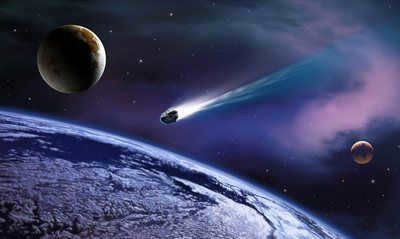
However, this is not the era of meteorites from the moment of their formation. It is only their era since they turned into solid material. Argon escapes from liquid material, and it is not possible to calculate its ratio to potassium.
There was supposedly a hypothetical planet that existed between Mars and Jupiter. It was called Phaeton. The composition of meteorites, which is similar to terrestrial rocks, seems to support this hypothesis.
There are two main ways to categorize meteorites:
- stone meteorites, iron meteorites, stone meteorites, iron meteorites;
- differentiated and undifferentiated meteorites.
To clarify, differentiated meteorites have undergone significant changes since their formation, while undifferentiated meteorites have not. In this article, we will focus on the first method of categorization, which includes stone, iron, and iron-stone meteorites.
What is the composition of stone meteorites?
Stone meteorites primarily consist of chondritic material. So what exactly are chondrites? They are a diverse group that includes common chondrites, carbonaceous chondrites, enstatite chondrites, and a few rare types of ungrouped chondrites. Despite their variations in iron content, chondrites are the largest category that encompasses the majority of meteorites, with some even containing up to 50% iron.
Iron is not a durable material in terrestrial conditions, as it undergoes rusting. As a result, if a meteorite has been on Earth for a significant amount of time, its external surface will be covered with rust. Stone meteorites can have various colors, such as light green, nearly white, gray, brown, or black. However, they will not exhibit vibrant colors and will never be transparent. This is because the small crystals and chondrules within them are made up of olivines and pyroxenes, which lack transparency, unless they exist in the form of large crystals. Consequently, even a thin slice of a stone meteorite will not be see-through.
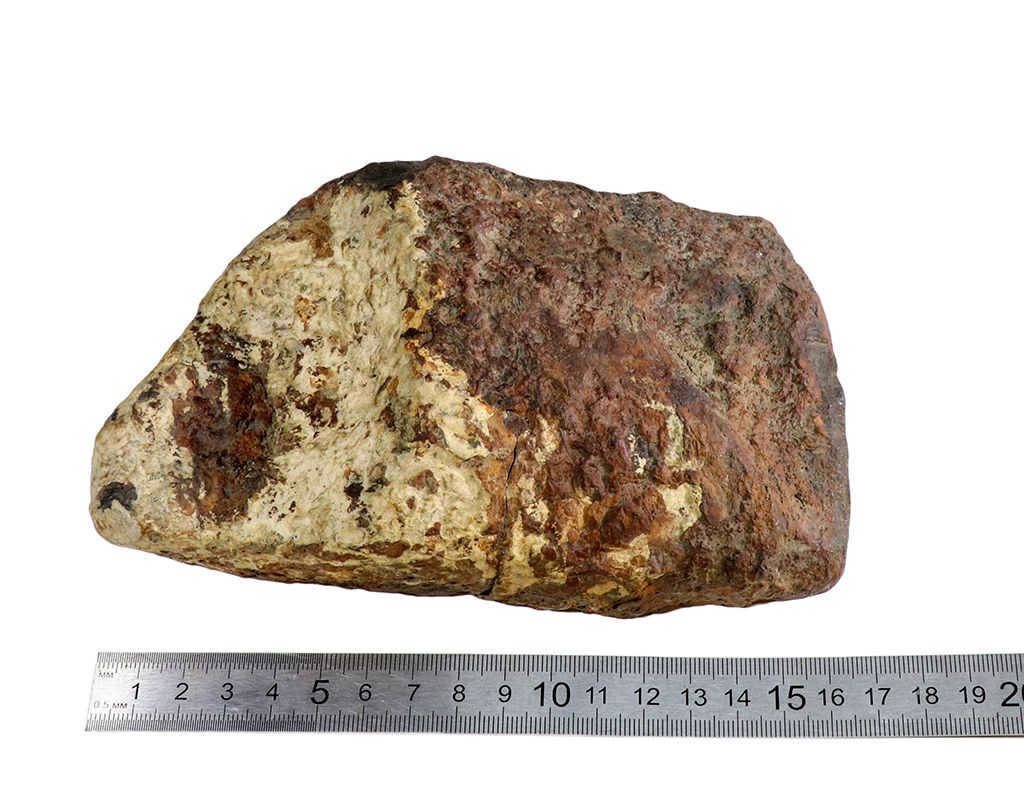
The composition of the stone meteorite is characterized by a dark matrix, while the metallic iron is present in the form of irregularly shaped inclusions known as chondrons, which have a lighter shade. Upon cutting a chondrite meteorite, one can observe these chondrules – small spherical bodies that protrude from the fractured surface. Chondrules are typically round in shape and can exhibit various colors, although sometimes they closely resemble the matrix and may go unnoticed without careful examination. In terms of size, chondrules in stone meteorites can range from half a millimeter to two millimeters. Their visibility can vary, sometimes being more prominent and other times less noticeable.
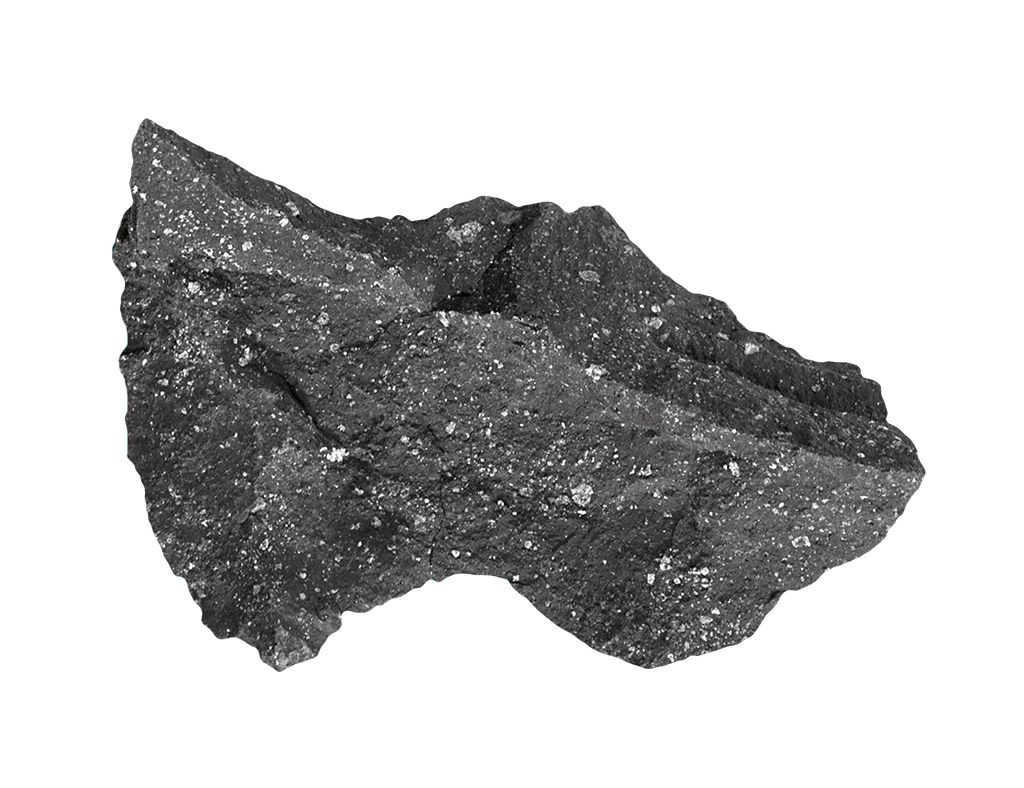
Stone meteorites encompass more than just chondrites, as they also consist of achondrites. Achondrites are composed of non-chondritic material, forming rocky structures. This material may lack chondrules or possess them in rare instances. Therefore, achondrites encompass all stone meteorites that are not classified as chondrites.
How can the appearance of a meteorite’s fusion crust be described?
For instance, a small fragment of the Chelyabinsk meteorite was discovered during the winter and is remarkably pristine, indicating that it was promptly retrieved after impact. The composition of the Chelyabinsk meteorite matrix is a pale gray shade, nearly white, and it protrudes from the area where a chip is present. The fusion crust is nearly black, not smooth, and slightly rough. Upon closer inspection with a magnifying glass, one can observe tiny droplets of sweat on this crust. This signifies that as the meteorite traversed the atmosphere and its entire surface melted, the molten material was blown away and streamlined. Even if the meteorite was rotating, these melt droplets are still visible on the surface. Typically, the thickness of the fusion crust does not exceed one millimeter. Next, the unaltered substance follows, which may exhibit a completely different color. If the crust is completely black and the meteorite itself is light gray, this serves as a distinctive characteristic of meteorites. Consequently, the contrast in color between the crust and the inner matrix should be evident in the stone. This allows for the assumption that it is indeed a meteorite.
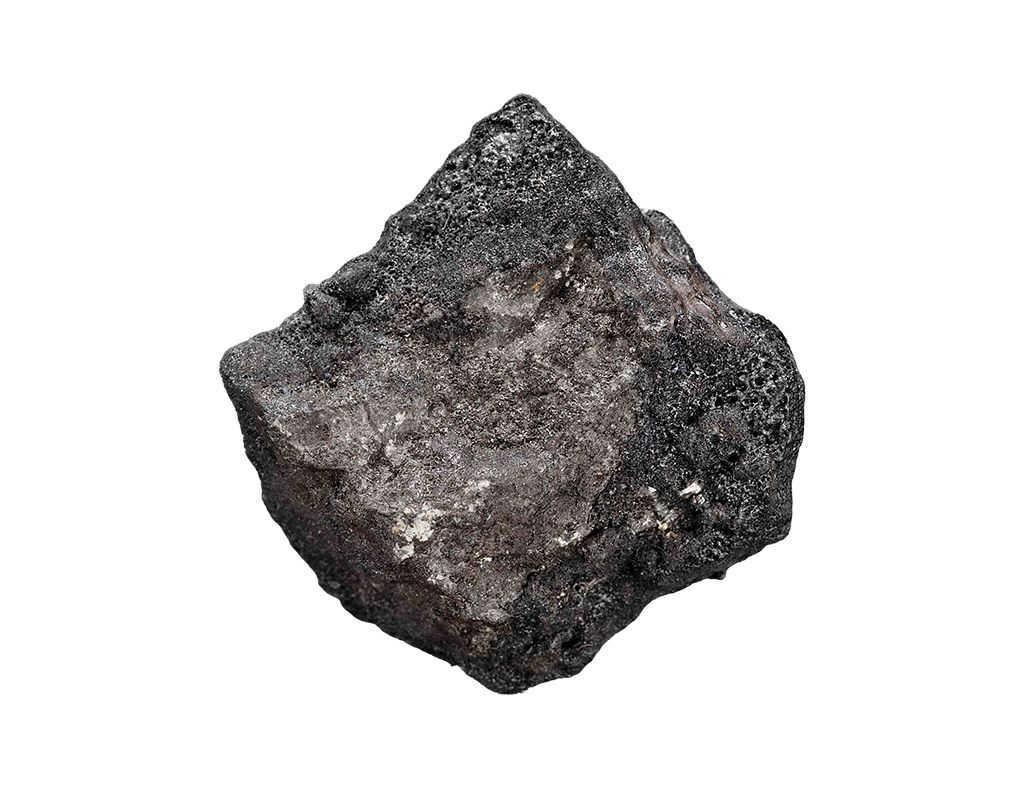
When a meteorite collides with the Earth, it undergoes intense heat, causing it to melt and lose its sharp edges. The meteorite takes on a smooth shape, much like a piece of ice melting in warm water. As a result, any irregularities or corners on the meteorite’s surface become rounded and covered with a crust. Over time, this crust oxidizes, giving the meteorite a brown appearance.
Another instance is a lunar meteorite. It bears no resemblance to a meteorite whatsoever, more akin to a chunk of concrete. However, upon closer inspection, one can discern that the rock possesses considerable density and weight, lacks any trace of metal, rendering it non-magnetic and non-rusty. Rather, it is composed as if comprised of distinct fragments of various rocks fused together in a single matrix. Such a meteorite is indistinguishable from earthly rock to an untrained eye. To establish its lunar origin, specialized analyses must be conducted. Nevertheless, it can be immediately asserted that this is highly unlikely. For, apart from arid and Antarctic regions, lunar meteorites have not been discovered in any other locations.
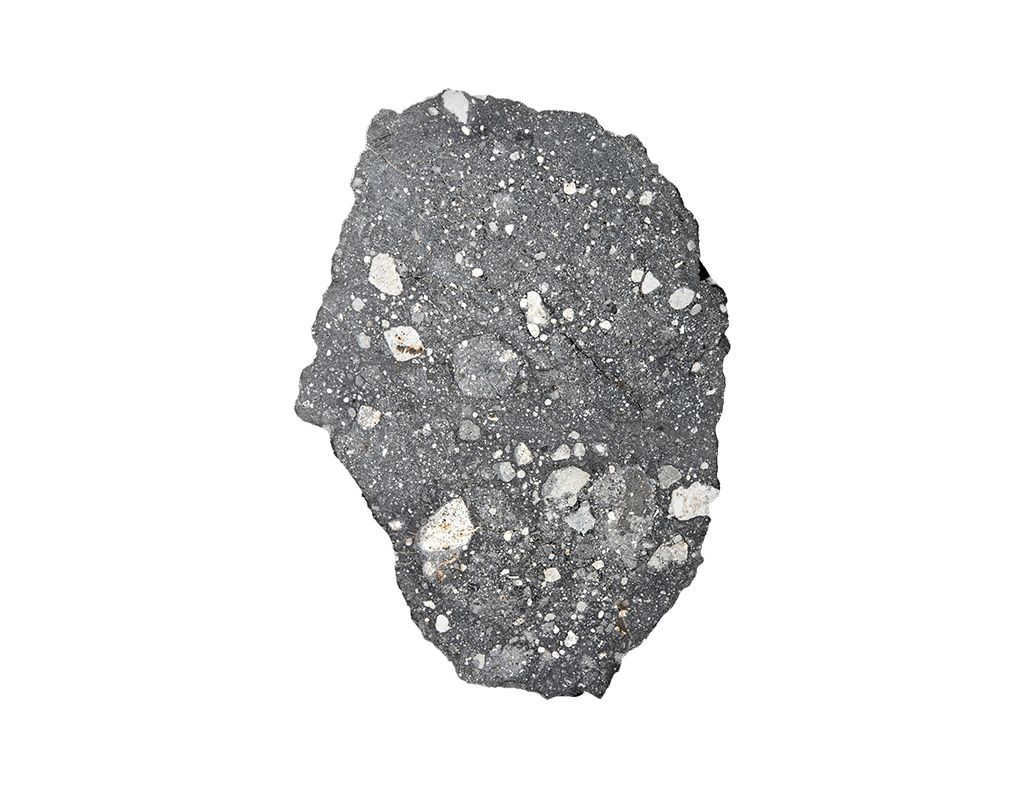
Iron meteorites.
Metallic meteorites composed of iron.
Meteorites made of iron.
Meteorites containing iron.
Iron-rich meteorites.
Iron meteorites possess distinct characteristics. These meteorites are composed of iron and nickel, making them highly magnetic, prone to rusting, and remarkably sturdy. Over time, iron meteorites that have been exposed to Earth’s elements lose their pristine appearance and become unremarkable rusty chunks of metal. The longer these meteorites have been on Earth and the more humid the environment, the thicker the rust layer becomes, sometimes reaching several centimeters in thickness. Essentially, they transform into shapeless, corroded masses. However, when iron meteorites are newly fallen, they exhibit exceptional beauty. They are adorned with a fusion crust that displays a grayish, bluish hue. This crust has a matte texture that is easily noticeable. Additionally, the meteorites feature well-defined pits, known as regmaglypts. The meteorite itself often assumes a flattened shape. On occasion, traces of molten material can be observed alongside the fusion crust, resulting in explosive inclusions that produce pits with melted edges. Therefore, the attractiveness of iron meteorites lies in their newly fallen state or their captivating internal structure.
The composition of iron meteorites.
Each iron meteorite, known as an octahedrite, possesses its own unique composition. Typically, this is referred to as the Widmanstatten structure. This structure is characterized by bands that diverge at 120 degrees within the iron meteorite. One example of this is the iron component found in the Seimchan meteorite. Upon closer inspection, one can observe that the structure is quite thick. The striations within its composition measure around 4-5 millimeters each and are easily discernible. The angle of these striations remains well-preserved between each other, showcasing the distinctive Widmanstatten structure. In contrast, on a slice of the Muonionalust meteorite, these striations are much thinner, yet still clearly visible.
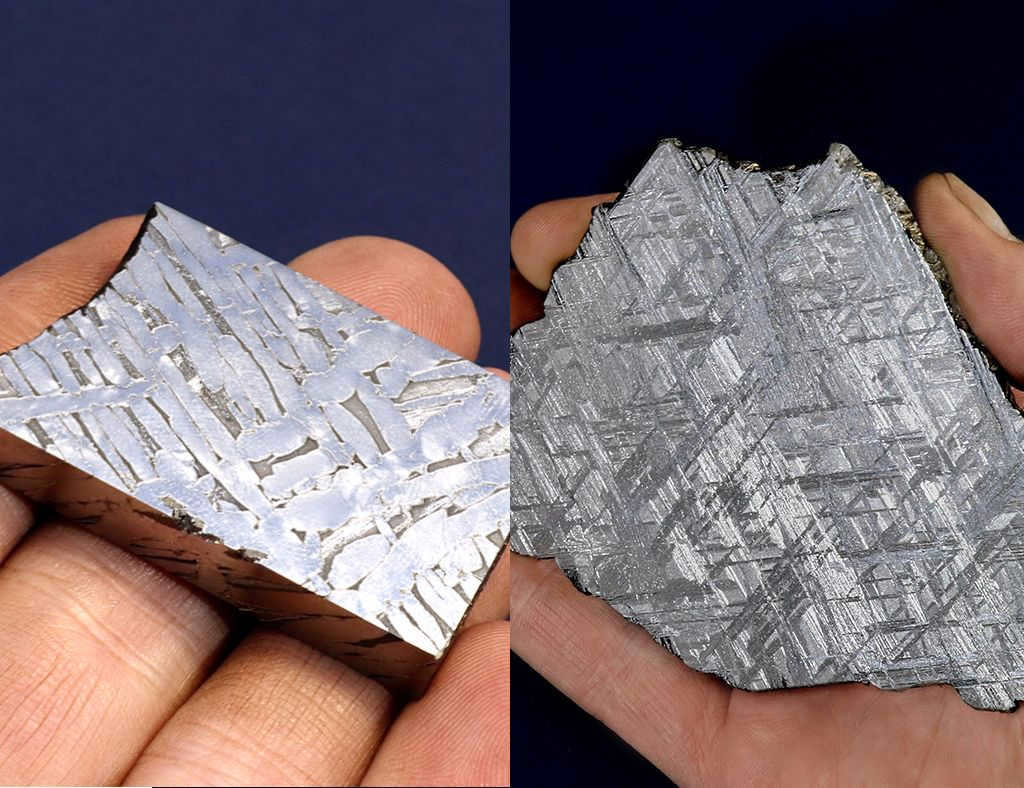

When examining a meteorite that has been exposed to the elements for an extended period and has undergone significant corrosion, one can observe the same structure and patterns as seen on the surface. This is because rusting produces a similar effect to etching. However, in the case of a rusted meteorite, the Widmanstetten structure is more pronounced and appears three-dimensional. Upon close inspection, one can observe these striations forming distinct shapes. If you encounter such a pattern, there is a high likelihood that it is a meteorite.
Aside from octahedrites, there are also hexahedrites which have a different structure. The crystals in hexahedrites are very large and not visible in their original form, but the internal structure of one crystal can be seen. When you look at a cut of a hexahedrite meteorite, it appears as though the stone has been sawed and rubbed on asphalt. However, this polished surface is actually the result of etching. There are two possible types of iron hexahedrites – one is the Dronino meteorite, which is an ataxite, and the other type is structureless. When you cut and etch the surface of an ataxite, it appears as a gray surface. However, under a microscope, it is actually quite different. It does not have a visible structure, but you can observe gray waves on slices of ataxite, which are the result of deformation that occurred in space or upon impact with the ground.
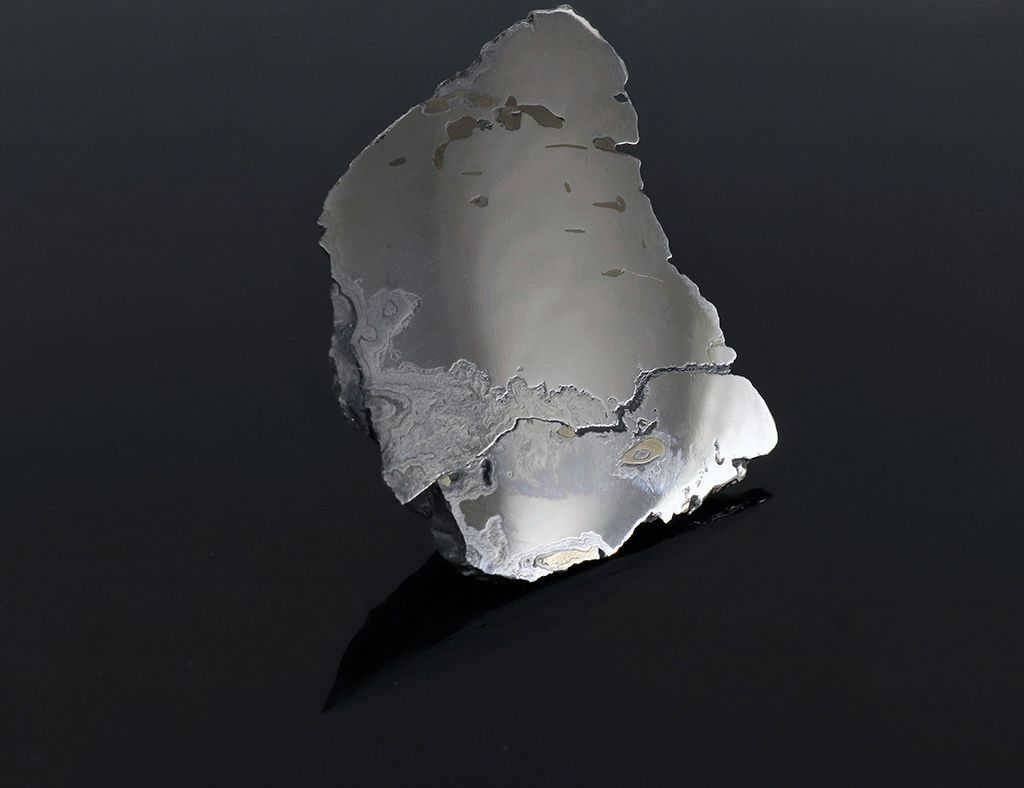
The molten surface of an iron meteorite.
The Sikhote-Alin meteorite bears a striking resemblance to a bar of soap. One end of it protrudes forward, while the opposite end is covered in debris. This is a distinctive characteristic of meteorite orientation. The protruding end of the meteorite forms a fused ring, encircling the impact zone, which is clearly visible. Adjacent to this ring, there are streams of molten material, resembling jets. On the opposite side of the meteorite, there may be a layer of “foam” that was thrown onto it. In this area, the outer layer will be considerably thicker, as it was blown off and subsequently landed on the back surface. This thicker layer may feel rough to the touch, which is in stark contrast to the smoother surface on the other side.
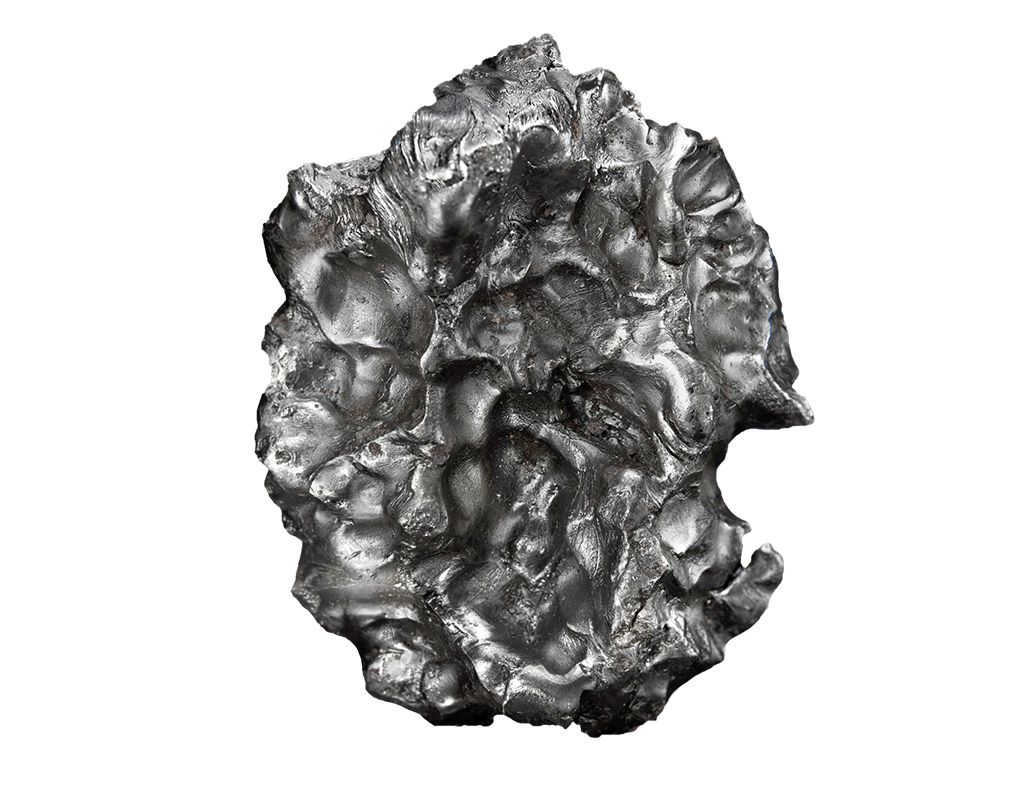
Distinctive Features of Meteorites
From time to time, fragments of material are captured. The Seimchan meteorite provides an example of fragmentary material resulting from a powerful impact on Earth. Such fragmentation is exceptionally rare and occurs only when a meteorite retains some velocity during its descent and collides forcefully with the ground. Under these circumstances, the meteorite can be torn apart. One can only imagine the immense force required to rupture dense metal. In certain cases, these fragments may resemble pieces of a shell.
Regmaglypts, which are characteristic formations, can be seen on the outer surface of the meteorite. When the meteorite impacts the ground, it rolls backwards and the outer crust ends up on the inside, creating a cup-like structure. This is a unique feature of iron meteorites.
In locations where there is water, such as mountainous areas, iron can be formed through the deposition of calcite. These calcite deposits have a distinctiveness that distinguishes them from man-made materials, as they take a significant amount of time to accumulate – usually more than a hundred years. This suggests that the meteorite is quite old and unlikely to be man-made.
It is important to understand that the meteorite samples on display have undergone extensive processing and cleaning. A significant amount of work has been done to present them in their current state. Therefore, a stone that is recently discovered on Earth and resembles a meteorite cannot be considered as one. Meteorites do not have an immediate pristine appearance. Instead, they often have a thick layer of layered rust in an unappealing brown color. This rust can be cracked and can fall off, creating a two-finger thick layer. Despite its rough exterior, a meteorite piece is heavy and exhibits strong magnetic properties. Sometimes, you can observe a three-dimensional structure on certain sections of the meteorite chips. These volumetric Widmannstätte features are indicative of a genuine meteorite.
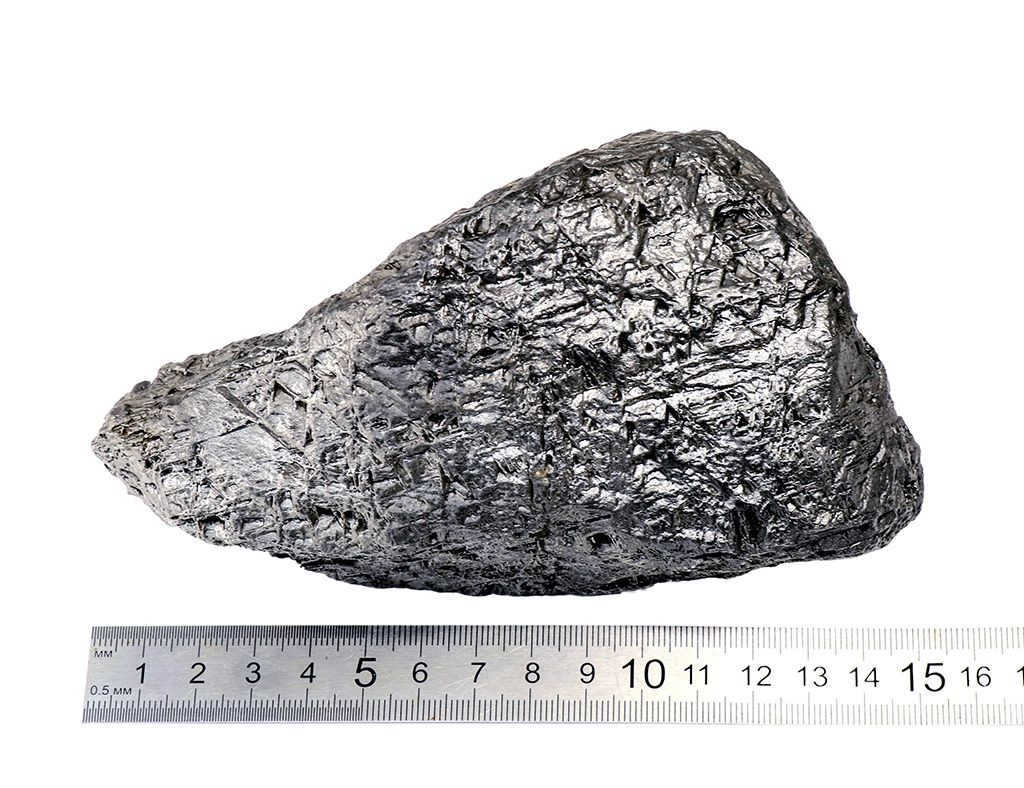
Another distinguishing feature is not simply rust, not just a typical brown hue, but occasionally there are green streaks, particularly in the fissures. This green coloration is a result of the presence of nickel, making it one of the most distinctive characteristics. If you observe that the rust is not uniformly brown, but instead has green patches in certain areas, then there is a high probability that you have acquired an authentic meteorite.
Iron – stone meteorites.
Iron – stone meteorites are the most remarkable type of meteorites. One particularly noteworthy variety is pallasites, which is known for its stunning appearance. Although the raw stone itself may not be visually appealing, it sometimes contains protruding olivine crystals that have a distinct yellow-green color, resembling glass. If you come across a specimen displaying signs of melting, a crust formed from melting, and fragments of translucent glass-like stone, there is a good chance that you have indeed discovered a pallasite meteorite.
The beauty of pallasites lies in their internal structure. When viewed in thin slices, the olivines within the meteorite are transparent and emit a mesmerizing glow when exposed to additional light sources. They have a translucent quality that adds to their allure.
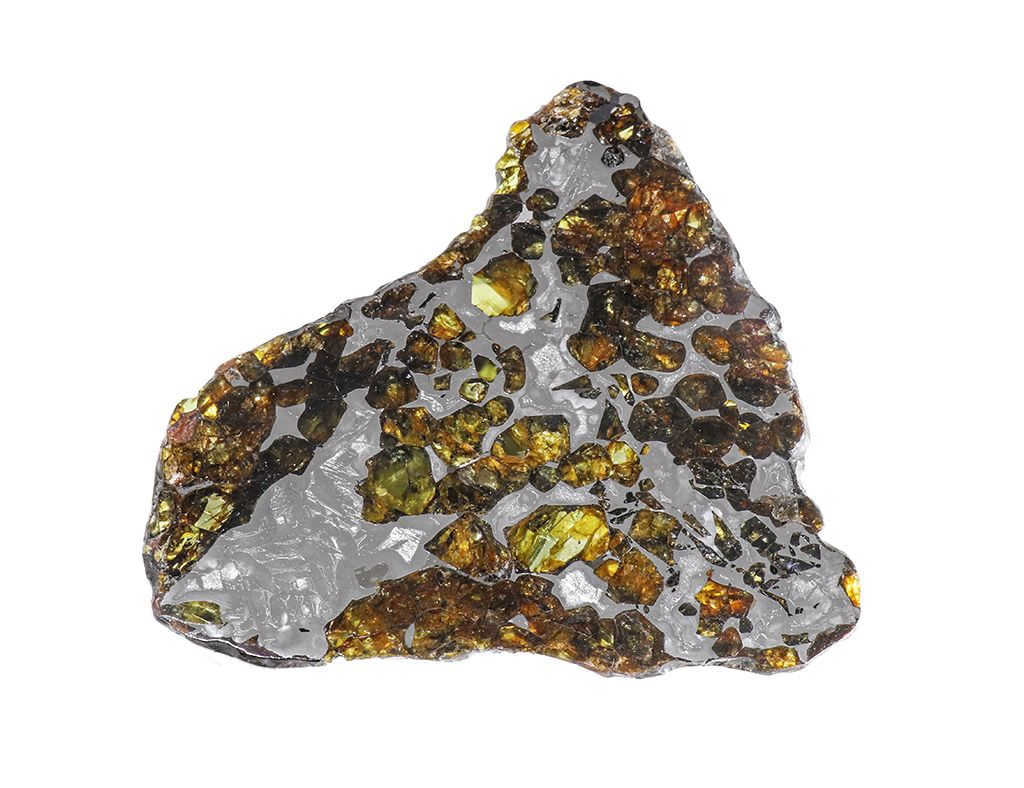
Pallasite is often characterized by its tendency to split and tear upon impact, whether in the air or upon hitting the ground. However, due to its impurities, it becomes weakened and produces splinters that resemble torn fragments.
In addition to pallasites, there are also mesosiderites, which consist of rocky material. The overall matrix of mesosiderites appears similar to that of chondrites – dark in color. These meteorites contain a significant amount of metal in the form of irregular inclusions, which can make up to 50% of their composition.
Meteorites are small fragments of celestial bodies that consist mainly of iron and stone. They fall to the surface of celestial bodies from interplanetary space. These bodies are of great importance to astronomers, who conduct various experiments and studies on them. Scientists believe that meteorites are formations of cosmic bodies that may have once been planets.
In the nineteenth century, some astronomers did not believe that meteorites were of extraterrestrial origin. They thought that these bodies could not penetrate the Earth’s atmosphere. However, numerous experiments have proven that stones do fall to the Earth’s surface from interplanetary space.
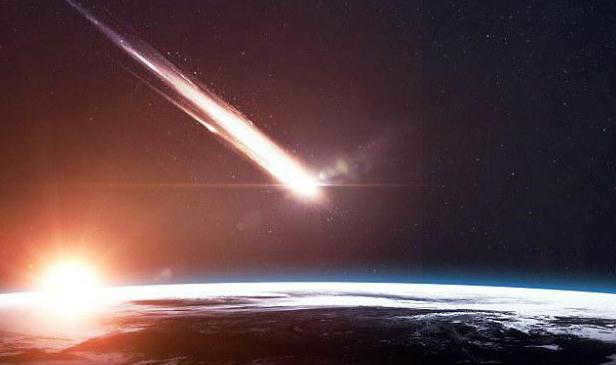
Characteristics of meteorites
With each exploration of celestial objects, scientists continually make new discoveries and raise the question, what exactly is a meteorite and what other characteristics do they possess?
The primary distinguishing feature of extraterrestrial bodies that have made contact with Earth is the presence of surface melting traces. This phenomenon occurs as a result of the meteorite’s passage through the Earth’s atmosphere. In certain instances, due to the influence of air currents, they take on a conical shape, similar to a warhead. Alternatively, celestial bodies may exhibit a stone-like appearance.
It is possible to witness falling meteorites with the unassisted eye during clear weather conditions. This occurrence is commonly referred to as a “shooting star”. In rare instances, one may observe meteor showers, where numerous celestial bodies descend at high velocities towards the Earth’s surface but ultimately disintegrate in the higher layers of the atmosphere. However, there are a few stones that do manage to reach the Earth’s surface, with the largest collection of such meteorites being situated in the Aydar Desert.
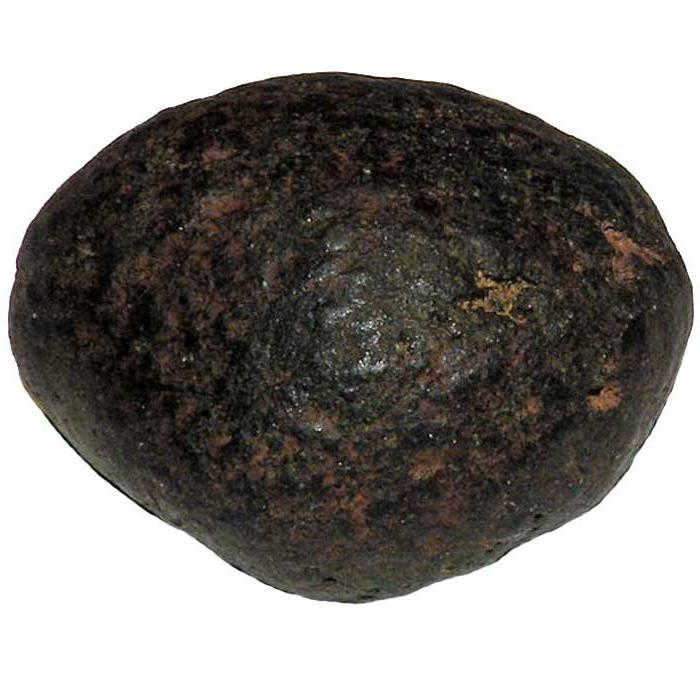
Kinds of meteorites
Not many individuals are familiar with the definition of a meteorite. For unknown reasons, individuals assume that any celestial rock-like object that descends to Earth or passes by the planet is a meteorite, but this is not completely accurate.
So what exactly is a meteorite and what forms can it take? Meteorites are cosmic objects that plummet onto the surface of large entities. They can vary in mass from a few grams to several tons. It is estimated that about five tons of meteorites fall to Earth in a single day.
If a space object with a diameter of a few meters orbits and plunges into the Earth’s atmosphere, it is referred to as a meteoroid. Objects of larger dimensions are known as asteroids.
The event that occurs when celestial objects pass through the Earth’s atmosphere is known as a meteor, and the most bright “shooting stars” are called bolides.
A solid object that falls to Earth is referred to as a meteorite. Craters (astroblems) may form at the location of its impact. The most well-known crater resulting from a meteorite impact is the Arizona crater, and the largest in diameter is Wilkes, with a diameter exceeding 500 kilometers.
Meteorites are also known by other names, such as atmospheric bodies, meteor rocks, uranolites, siderolites, aerolites, and more.
Based on their composition, falling stones can be classified as iron-stone, iron, or stone. These characteristics have allowed for the identification of different classes of meteorites.
Iron meteorites are particularly unique, as they are composed of a nickel-iron alloy that is not found on Earth.
A fallen stone meteorite is composed of chondrule spheres. The majority of these spheres are made up of silicate minerals, many of which are also found on Earth. However, there are still a few minerals that make up these constituent bodies which are unique to our planet.
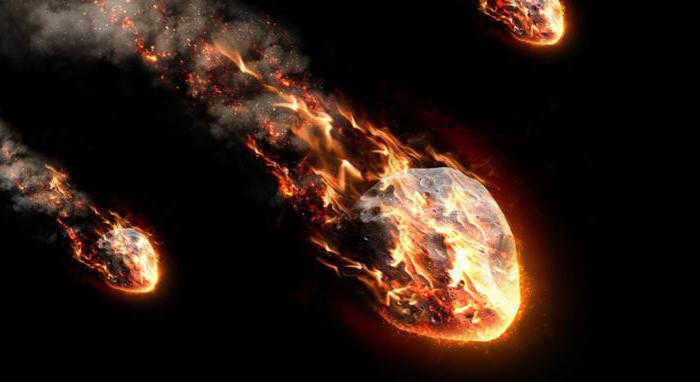
What are Iron Meteorites?
Iron meteorites, also known as falling meteorites, are fragments of dead planets that have been discovered on Earth. Scientists believe that they originated from the asteroid belt located between Jupiter and Mars. These meteorites are highly magnetic and are the densest materials found on our planet. In fact, they are so heavy that some people compare them to cannonballs.
The majority of iron meteorites are composed of iron, accounting for about 90% of their composition. The remaining portion consists of nickel and other trace elements. Scientists have classified these meteorites into different classes based on their structure and chemical composition. The classification is primarily determined by studying the tenite and kamasite alloys found within the meteorites, which have a complex structure.
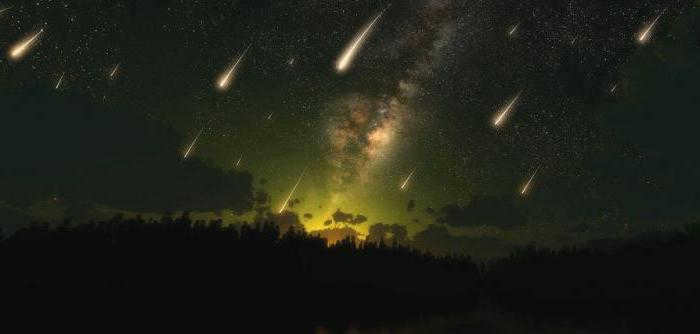
Stony Objects
A fallen meteorite, made up of stone, is created from the outer layer of destroyed planets or asteroids. Many of the stone varieties are very similar to regular rocks found on Earth. Recently fallen objects can be distinguished from rocks due to the black, glossy surface that forms as they pass through the Earth’s atmosphere.
Some types of objects contain small inclusions resembling grains, known as chondrules. These originate from the solar nebula, indicating that they were formed prior to the formation of our solar system.
Meteorites from Mars and the Moon
There are certain meteorites that originate from the Moon and Mars. These celestial bodies are incredibly uncommon on Earth, with only a slightly over one hundred thousand specimens having been discovered. These specimens belong to the achondrite group, which refers to stones that lack chondrons.
These particular meteorites were formed during the collisions between the Moon and Mars with asteroids. As a result of these collisions, fragments were launched into space and some of them eventually made their way to Earth, landing on its surface. From a collector’s perspective, these types of stones are highly sought after due to their rarity and can fetch prices in the thousands of dollars per gram of weight.
Stone-iron meteorites
A different kind of meteorite is the stony-iron meteorite. There are less than two percent of the stones that fall into this category. These meteorites are made up of approximately equal amounts of nickel, iron, and stone. Stone-iron meteorites are classified into two groups, pallasites and mesosiderites, based on their characteristics. A picture of meteorites illustrates their wide range of appearances.
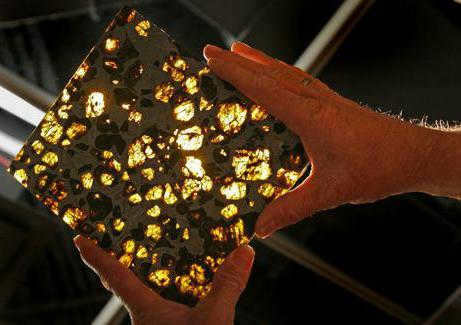
Tunguska blast
A bizarre incident took place over a century ago in Siberia – a massive explosion. Subsequent investigations revealed that it was caused by the Tunguska meteorite.
This enigmatic event unfolded in the taiga region near the Podkamennaya Tunguska River. The impact of the Tunguska meteorite resulted in a deafening explosion that could be heard up to a hundred kilometers away. Witnesses of the incident recounted how a brilliant celestial object, much brighter than the sun, streaked across the taiga.
On the morning of June 30, 1908, seismologists in Irkutsk detected a peculiar event. Initially, they believed it to be an earthquake, as such occurrences were common in the area. However, the seismic readings displayed an unusual pattern. The characteristic zigzag motions of an earthquake persisted for a much longer duration than usual, accompanied by several abnormal curves.
Without delay, the observatory personnel contacted local correspondents to gather information about the earthquake. The response was astonishing: there had been no earthquake, but rather a loud explosion-like noise was heard.
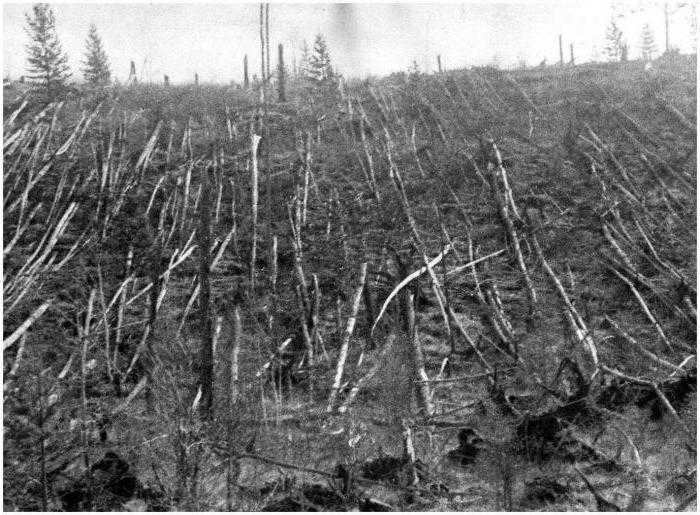
Investigations at the location of impact
An expedition was dispatched to the location of the Tunguska meteorite impact only two decades after its descent. The team, led by A. Kulik, discovered a vast area of forest that had been flattened. It was peculiar that the trees in the supposed impact zone remained standing, with no visible crater.
For years, scientists have been tirelessly searching for evidence of the Tunguska meteorite. A. Kulik made multiple attempts to locate fragments of the celestial object, but to no avail. Even the alleged impact crater could not be found.
Based on calculations, it was expected that the Tunguska meteorite would create a crater with a diameter of at least one kilometer and a depth of approximately two hundred meters. Such a massive depression would still be visible to this day.
Furthermore, the impact should have caused much more severe damage, yet the center of the blast managed to spare the surrounding trees. Scientists were baffled by the fact that the tree branches were snapped off as if the explosion had come from above.
Initially, the site where the Tunguska meteorite fell was believed to be a peat bog. However, upon excavation and drilling, no extraterrestrial objects were discovered and the bog itself turned out to be a sinkhole. In 1941, Kulik ceased his research due to the outbreak of war.

